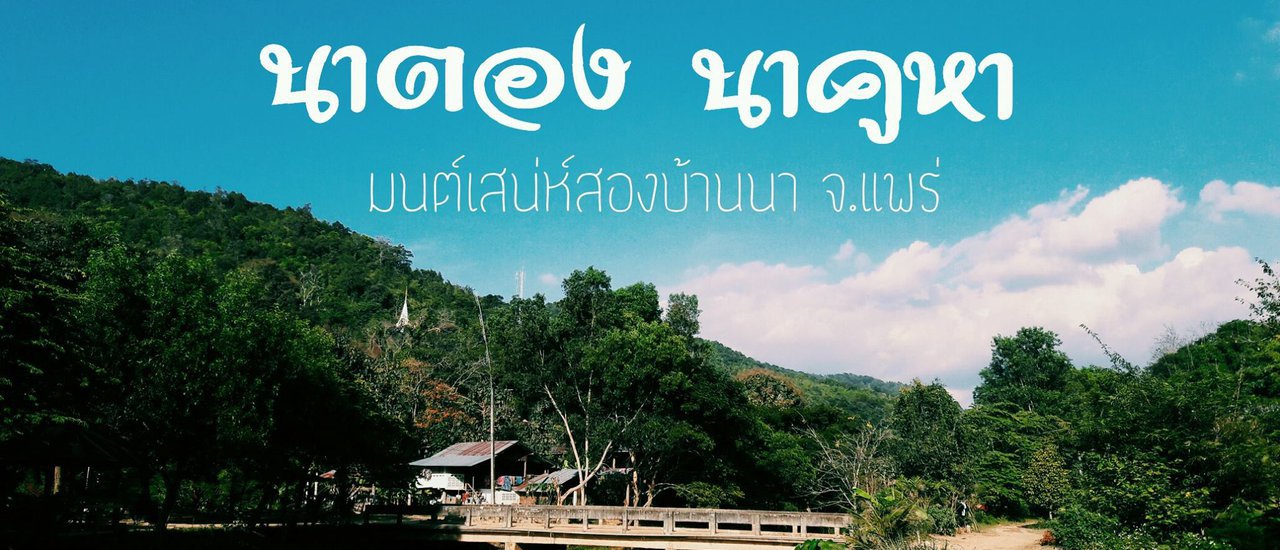While most tourists visit Phrae for its temples and city attractions, we wondered if there were areas beyond the urban landscape that offered the lush greenery and mountainous terrain characteristic of northern Thailand. After researching, we discovered this hidden gem, a place that promises to refresh and rejuvenate.
There are very few or almost no reviews here, especially regarding travel and accommodation. In fact, I originally planned to visit here before Chiang Dao. However, it was the rainy season, and Phrae Province experienced heavy rainfall. This area also has a history of flash floods, so I decided to postpone my visit and gather more information. However, I still haven't found much. It might be better to research the journey myself and come here directly. It would be better to hear directly from the locals about what this place is like.
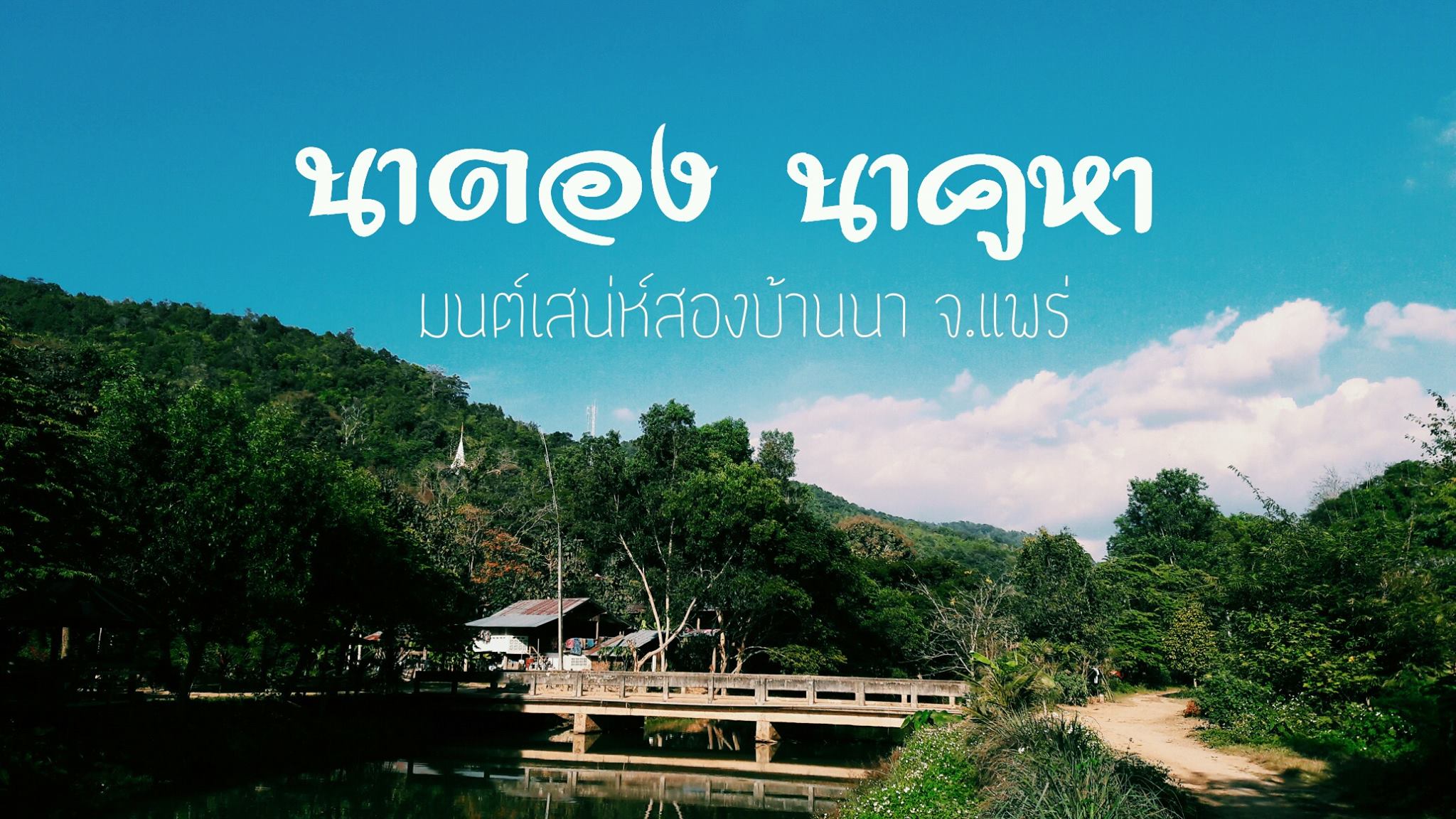
The two locations seem like they should be visited together, but judging from the map on Google, they are quite far apart. Ban Na Tong is located on Highway 1022, while Ban Na Khuha is on Highway 1024. Moreover, both locations are villages nestled in valleys with no phone signal, making it extremely difficult to contact and book accommodation. Ban Na Khuha is the most challenging to reach, with online sources suggesting that if contact cannot be made, a letter must be written to make a reservation. The more difficult it is, the more I want to come and find out. Are there still villages in Thailand without phone signal? This is only a few kilometers from Phrae city. In the end, I managed to call and book a room at Huai Tham Homestay in Ban Na Tong. Lucky! We started our journey from Bangkok by train as usual. We traveled overnight and arrived in Phrae early in the morning. It was very cold, and the city was full of fog. However, Denchai Railway Station is located outside the city. This is a problem. We had to take a shared taxi into the city for another 40 baht because we couldn't decide where to rent a car (we didn't plan anything again). We asked the uncle who was driving the shared taxi, and he told us to go into the city first and then rent a car. On the way, the car crawled along, but we took the opportunity to study the route and see the sights of Phrae.
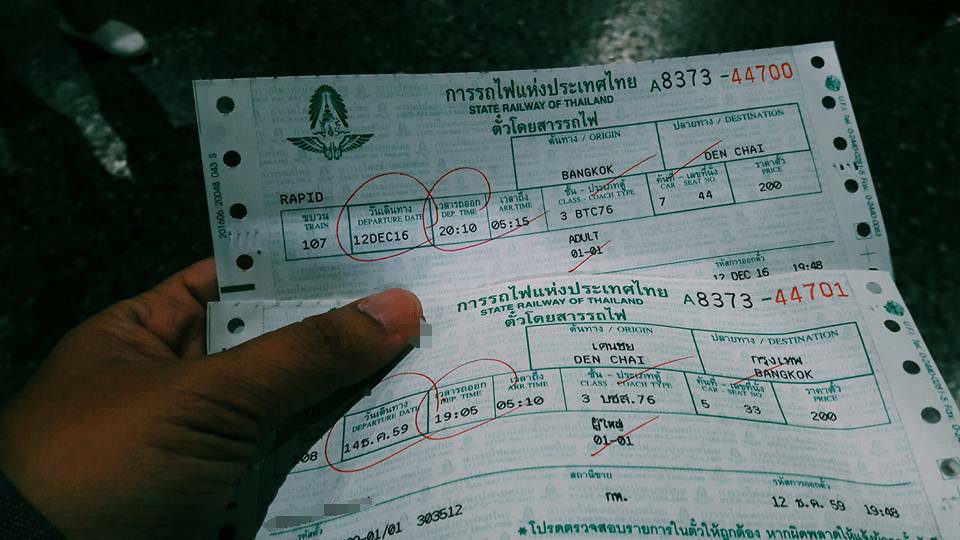
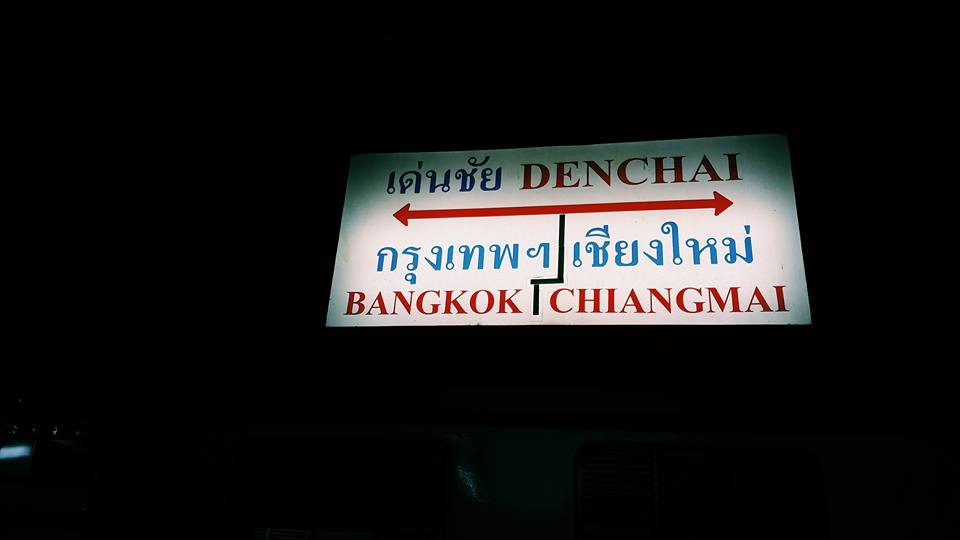

After a long journey of over an hour, we finally arrived at the bus station. However, there were no rental cars available, only chartered vehicles. It seems the driver misunderstood our request. Feeling deceived, we decided to regroup in the restroom and search online. We managed to find a car rental service for 250 baht per day with a 500 baht deposit. While we're willing to provide the contact information, we recommend avoiding this particular rental agency unless absolutely necessary. If possible, try to find a different option. The staff seemed reluctant to provide service, and the late return charges were exorbitant. B-BIKE offers motorbike rentals. You can contact Ms. Tik at 086-4216498 or visit their Facebook page: แพร่ บี ไบค์. While we're not trying to discredit this business, as tourists, we believe it's important to share our experiences.
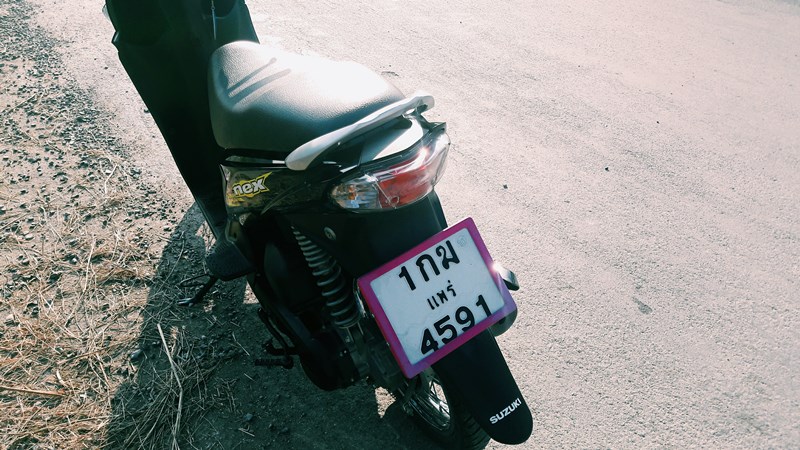
I arrived at the car around nine o'clock. The temperature was still 17-18 degrees Celsius, so it was quite chilly to drive. However, the weather was pleasant with warm sunshine, so I didn't feel too cold. I only had 30 kilometers left to drive to the village. The problem was that there was no phone signal and GPS was unavailable along the way. I had to rely on the map I had looked at beforehand. The road was not too winding, and as I entered the park area, I started to see people and встречные cars. I could ask the locals for directions if needed. The weather was fantastic, and it would have been amazing to ride a motorcycle. I stopped to eat lunch at a roadside restaurant. I tried a delicious chili paste dip called "น้ำพริกน้ำย้อย" that I really enjoyed. It tasted great with everything. Unfortunately, I forgot to buy some on my way back.

As I approached the village, I couldn't help but wonder, "Is this really the view?"
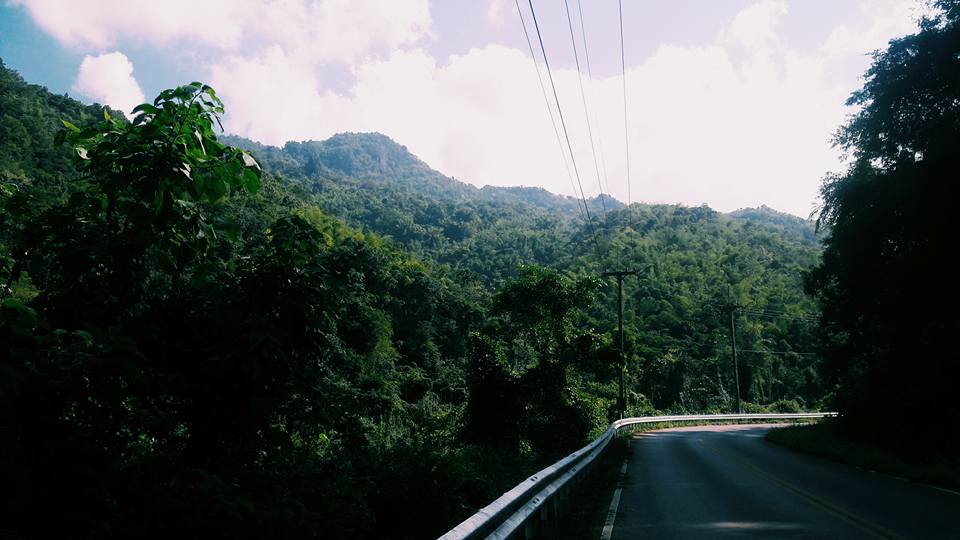
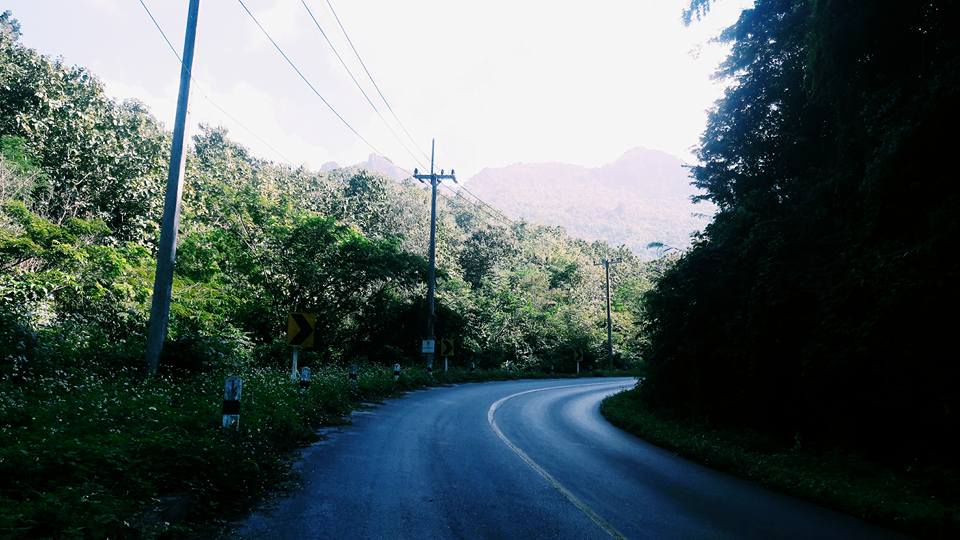

The statue of the turtle, a symbol of the village, is called the "Turtle of Victory." However, it is questionable whether it truly embodies victory. As someone who is already afraid of turtles, encountering this statue, especially at night, would likely send me running.
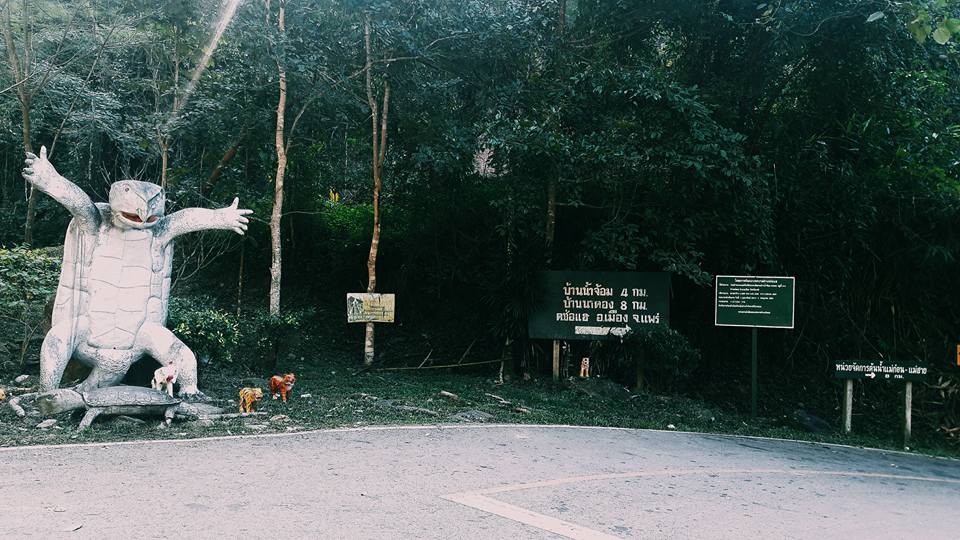
To reach the village, we had to drive another 8 kilometers into the mountains. The village is located in a remote area, nestled among the hills. As we passed through the village of Nam Chom, the temperature noticeably dropped, becoming significantly cooler than in Ban Na Tong. Despite the bright sunshine and late hour, the air was refreshingly chilly. We almost missed the sign marking the entrance to the village, a testament to the dedication of our beloved King Rama IX, who truly cared for his people in every corner of the kingdom.
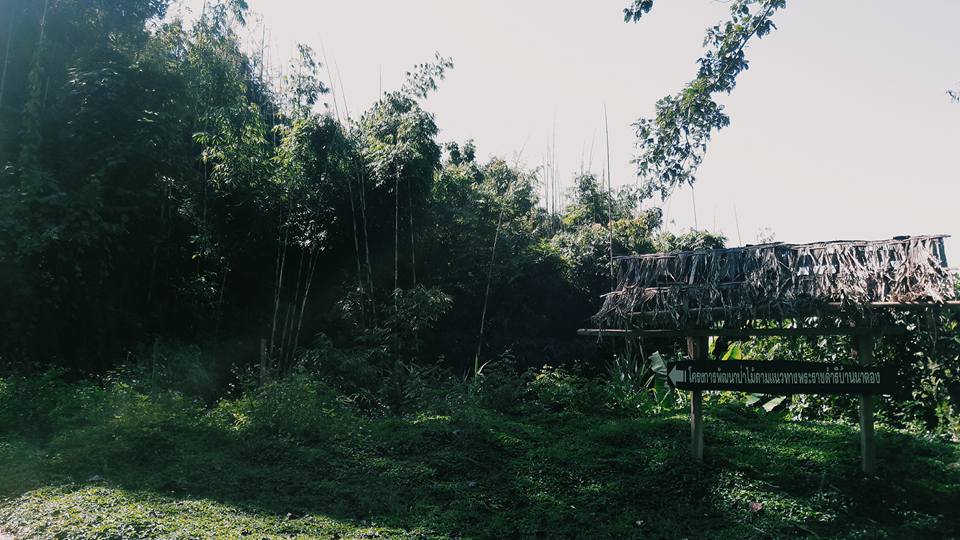
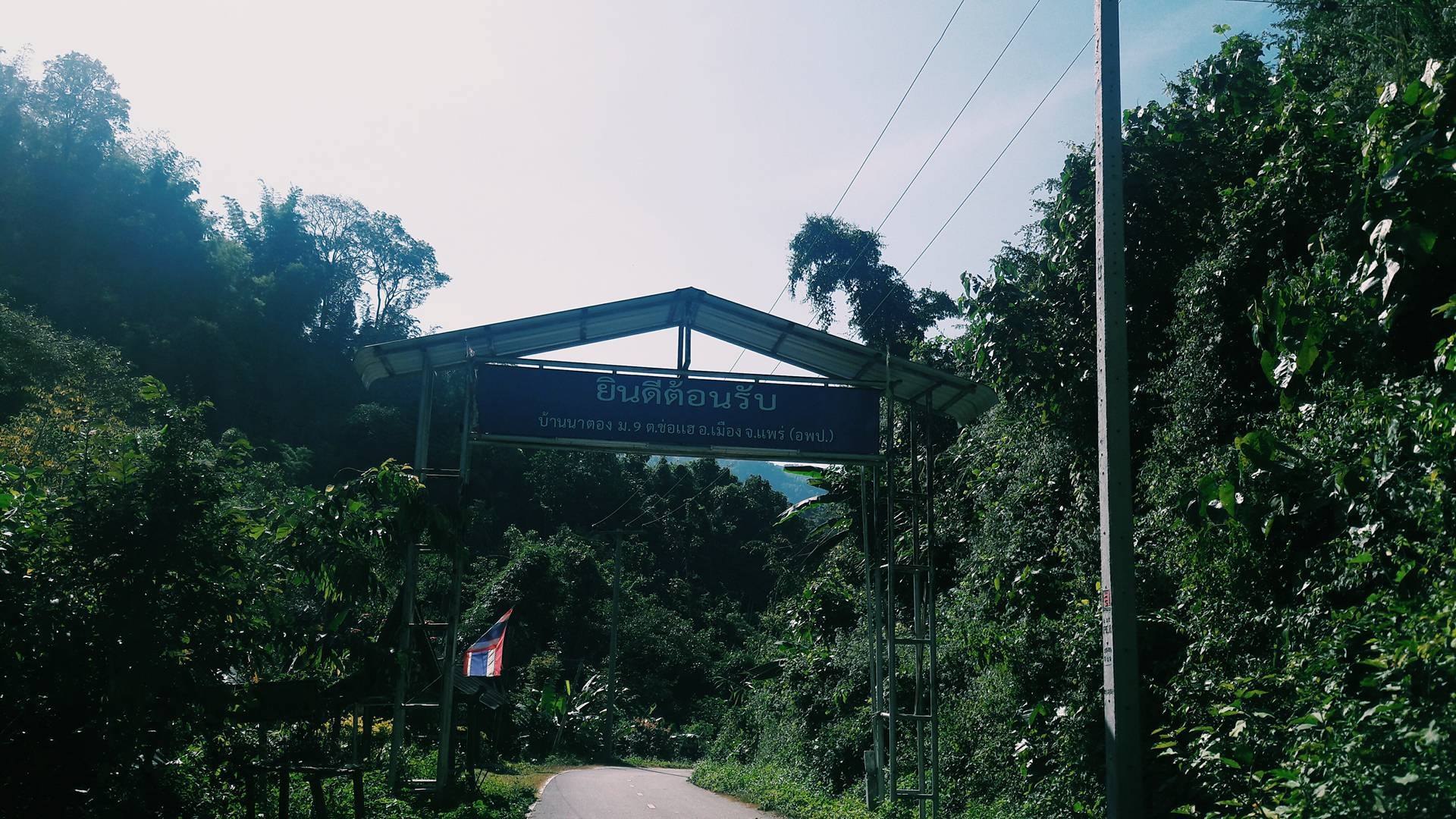
Lost and without a signal, I had no idea where my accommodation was. Checking my phone, I found myself completely off the grid. Assuming it was one of the first houses, I drove in, but couldn't find it. I had to stop and ask for directions, realizing I had driven past it. Turning around, I finally located it at the beginning of the village.

We finally met Wi, the daughter of the homestay owner, whom we had contacted the day before our arrival. She had to go to the city to discuss the promotion of Ban Natong. Wi is a Bangkokian who returned to her hometown to help her parents run the homestay, as more and more people have started to stay there. This is also a dream that we would like to pursue, returning to our hometown in the countryside. Wi stayed with us for a while before having to go to the city, leaving us alone. She told us that her parents would be arriving soon and that we could choose any room we liked. The entire house was ours. The accommodation cost 350 baht per person, including two meals: dinner and breakfast the next day. Luckily, we had already had lunch, so we weren't very hungry. Since there was no one else around, we decided to explore the rooms. Upstairs, there were four rooms: two small and two large. We chose a small room, which had its own bathroom.
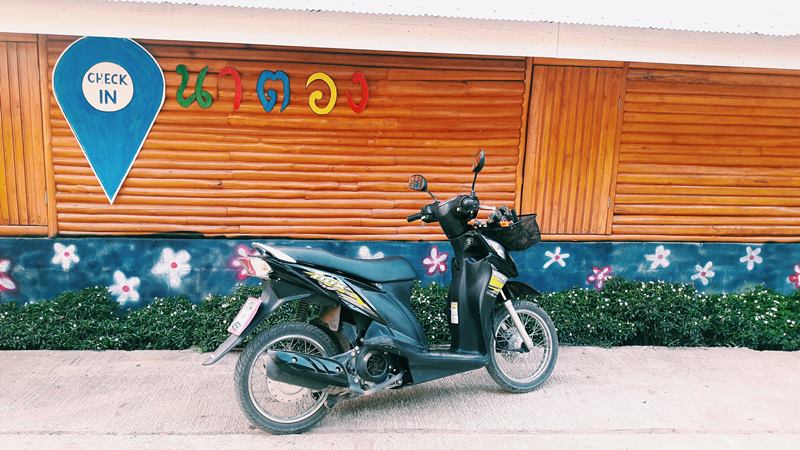

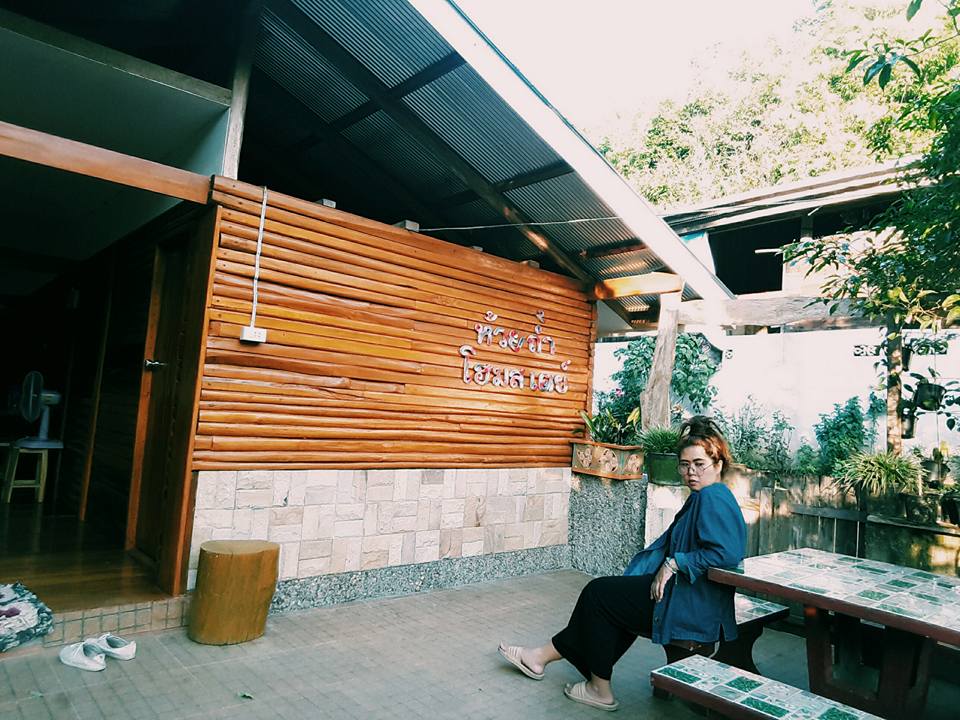
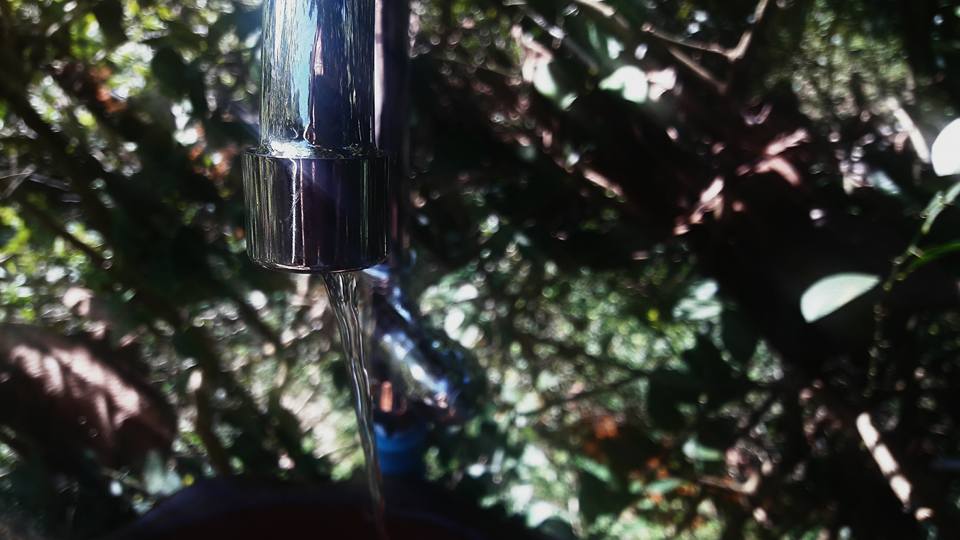

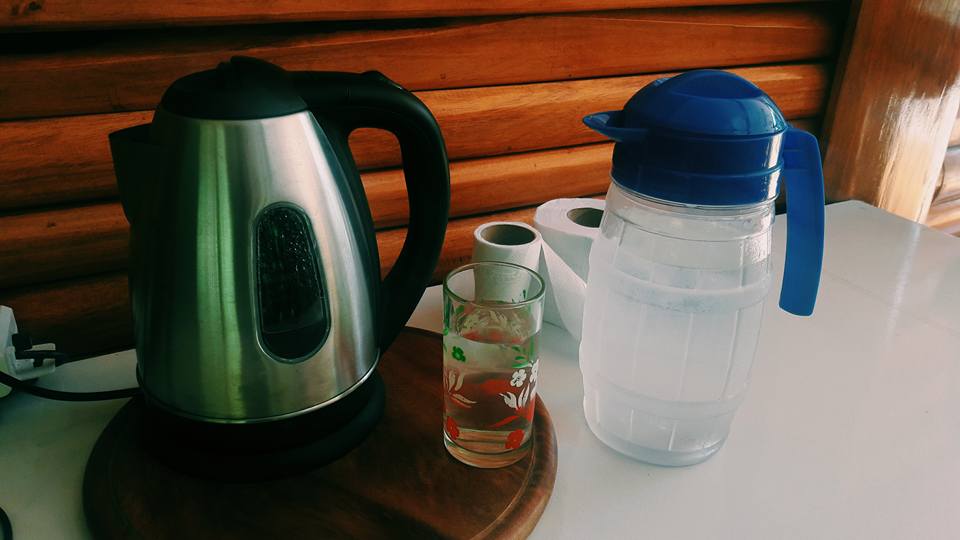
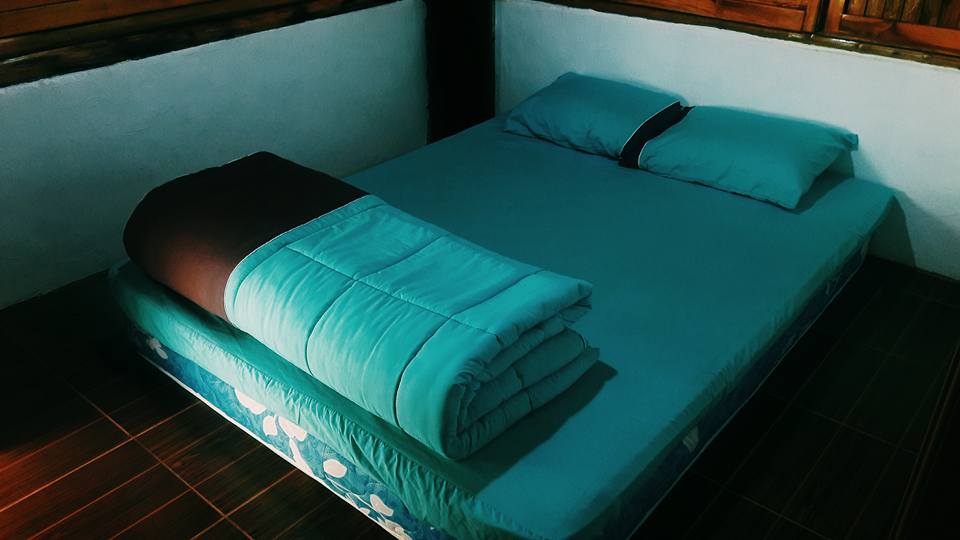
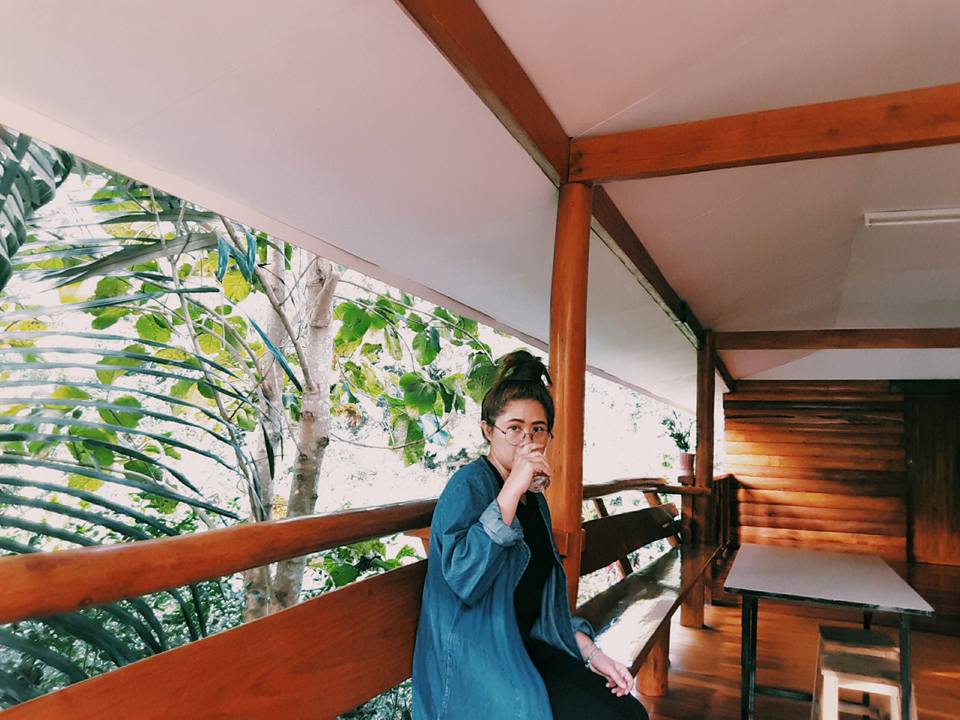
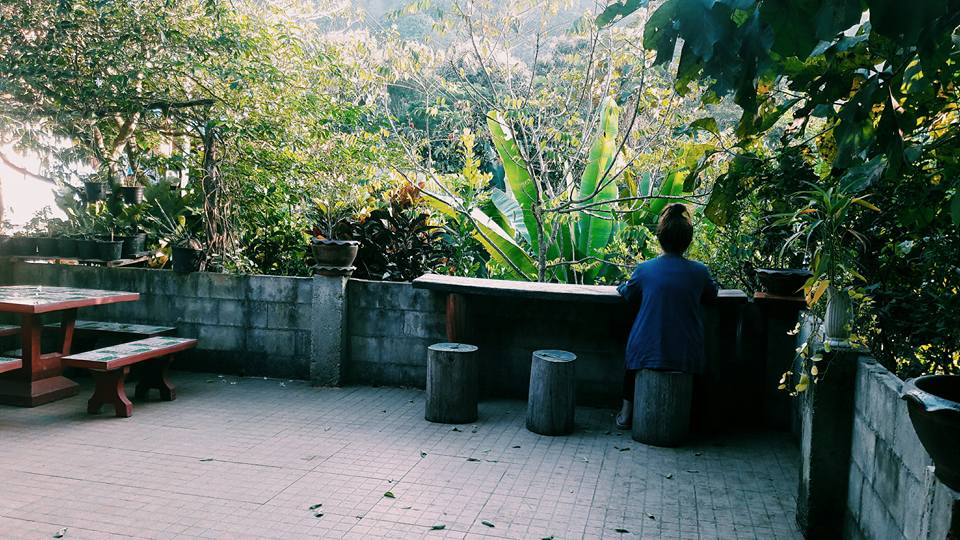

The charm of this cat is that it is tame and friendly. It suddenly jumped onto my lap, and I didn't realize that I had become a cat slave. I have to scratch its belly!
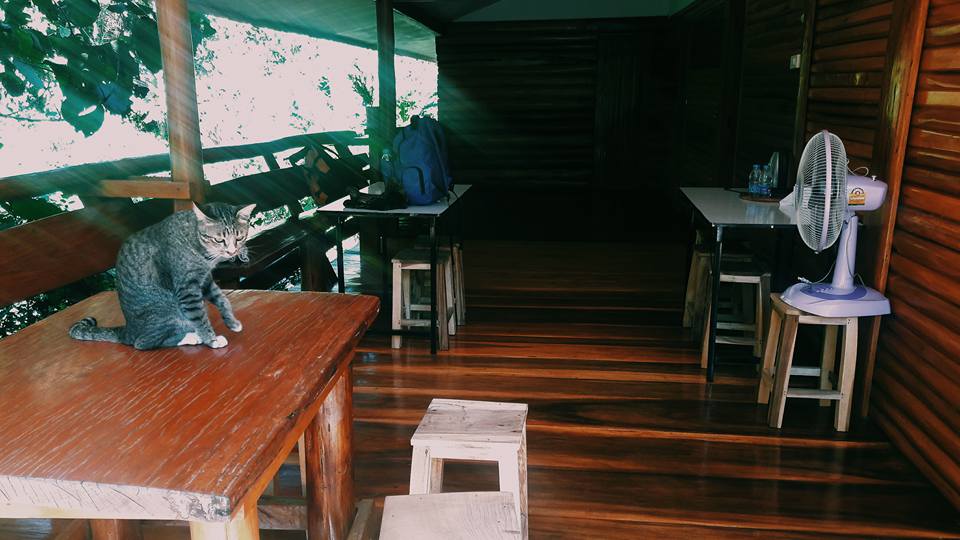

The ground floor also has two more rooms, which look like guests have just left and haven't had time to tidy up. The tents can be pitched inside the house or in the garden, but if there is no space in the house, they must be pitched on the balcony. The homestay owner said that when there are many people, they will not have enough beds, so they will be divided into two other homestays (but not built separately like this one). If you don't want to sleep elsewhere, you can pitch a tent and sleep here.
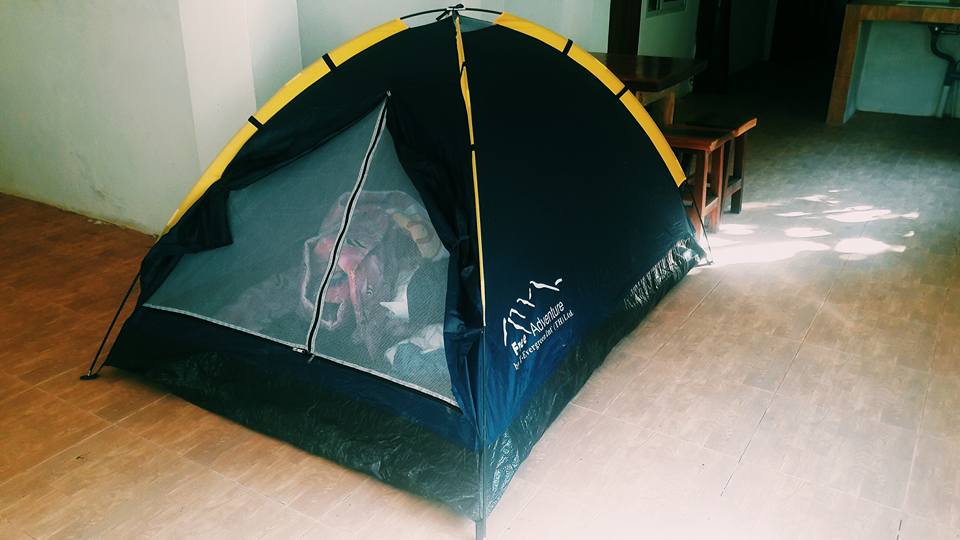
Briefly exploring the accommodation, I was immediately curious about the cave, having heard there was one nearby. Although I have a fear of caves and stalactites, I was eager to see it. It had been a long time since I had seen a cave. Before leaving the house, I asked my younger sibling where the cave was located. They told me it was a long walk away, behind the homestay. However, they advised me to wait for our parents to return from the garden first, as the grass was overgrown. I wanted to wait, but being impatient and having nothing else to do, I impulsively walked there alone. To my surprise, the entire area was covered in dense forest. I almost gave up and turned back, realizing it was not close at all.

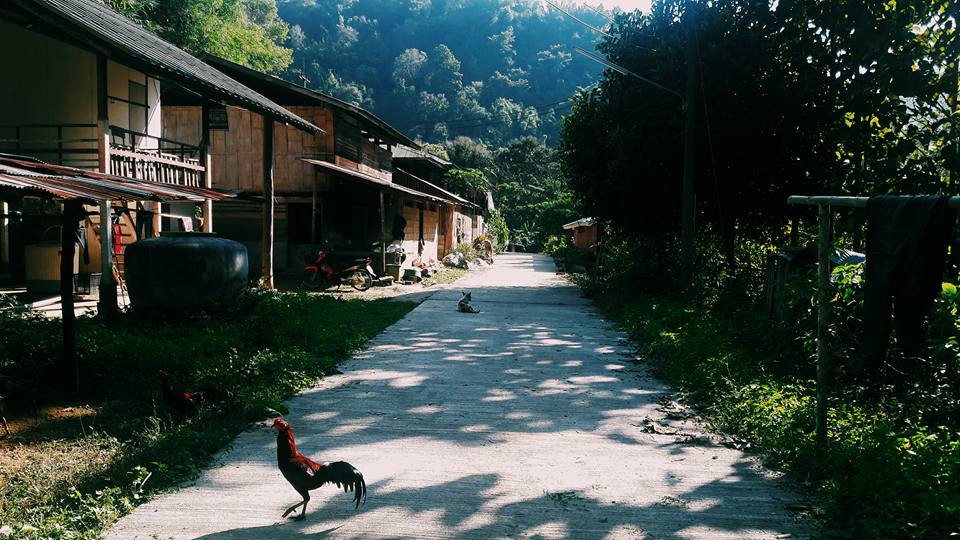
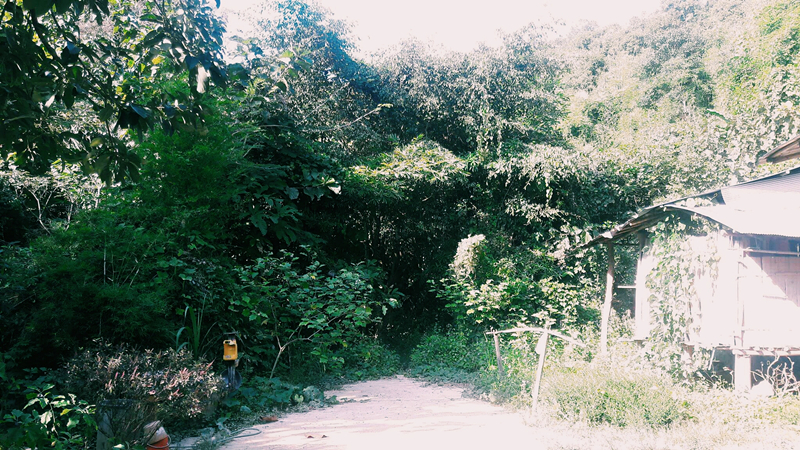

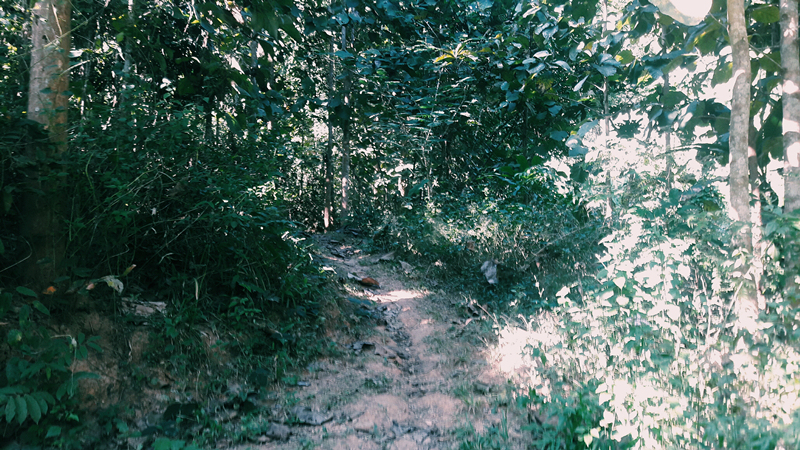
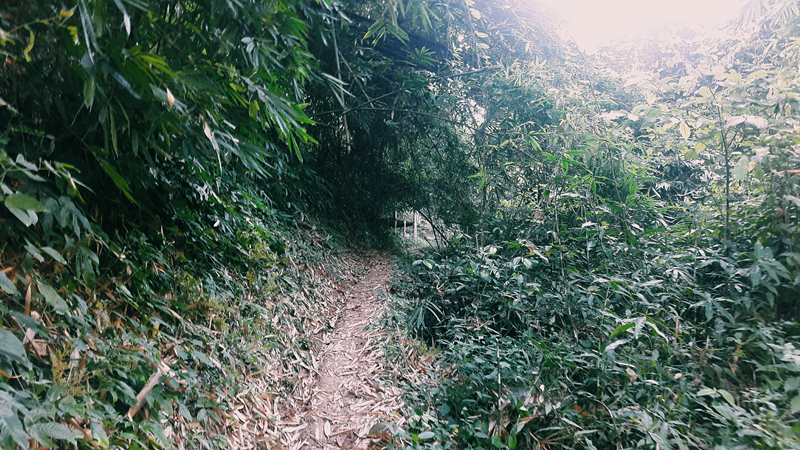
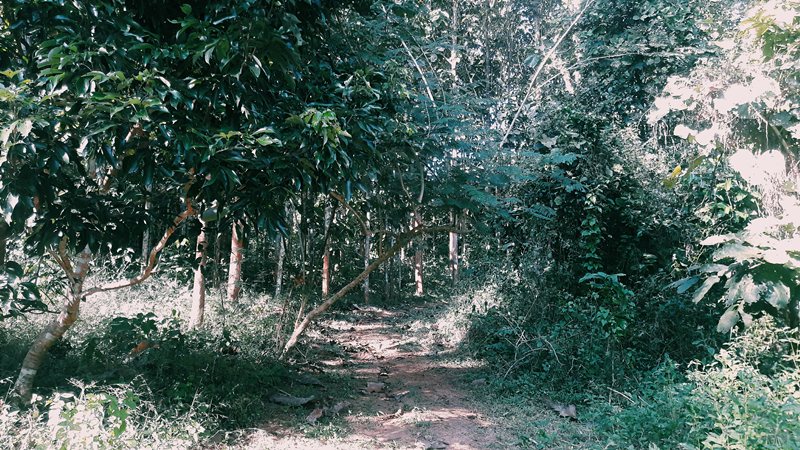
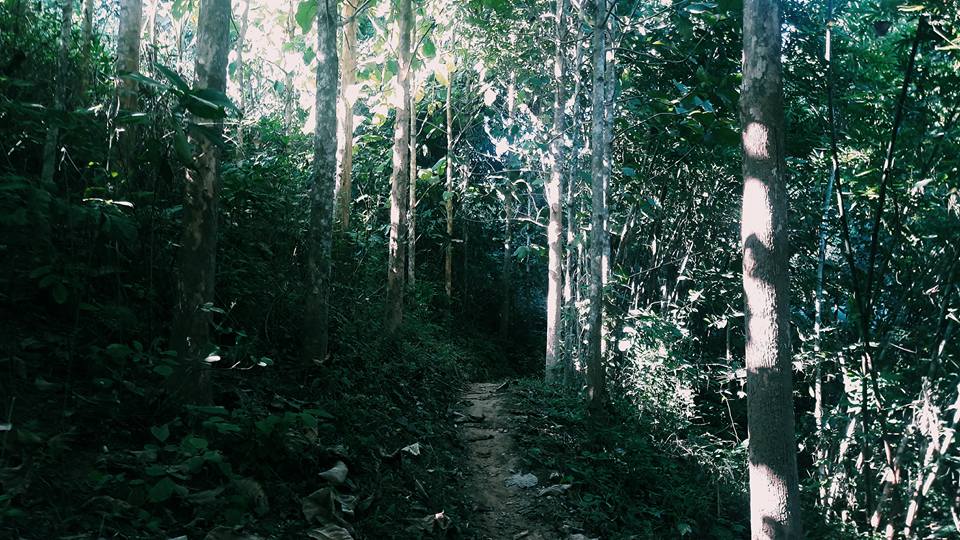
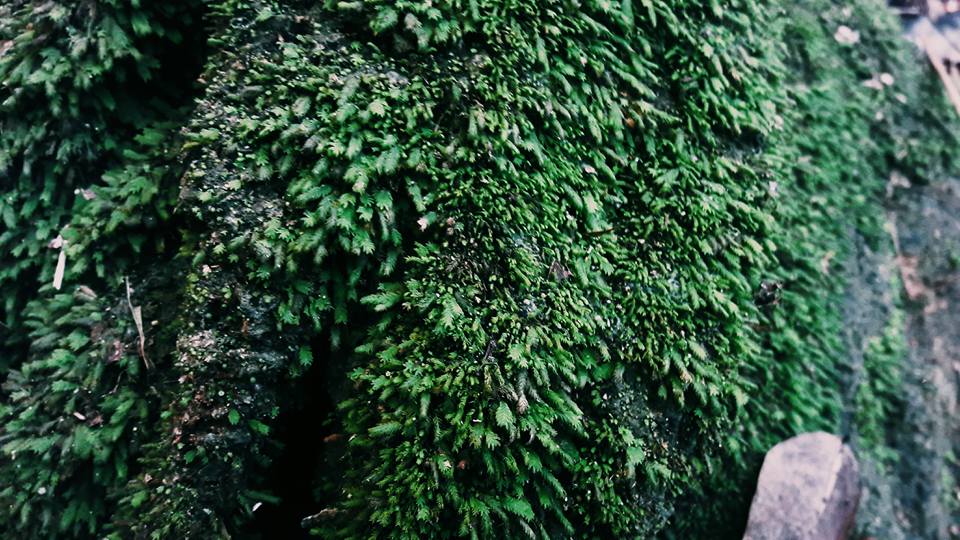
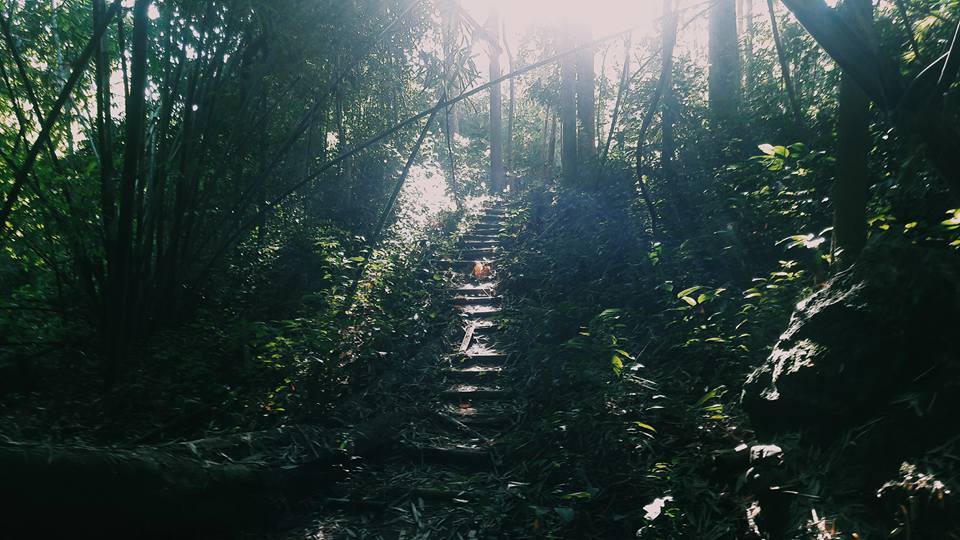
Desolate, scary, eerie, no flashlight, walked in for a while and felt uncomfortable, didn't really want to go in, so I walked back. Tomorrow, let my father (the owner of the homestay) take me again.
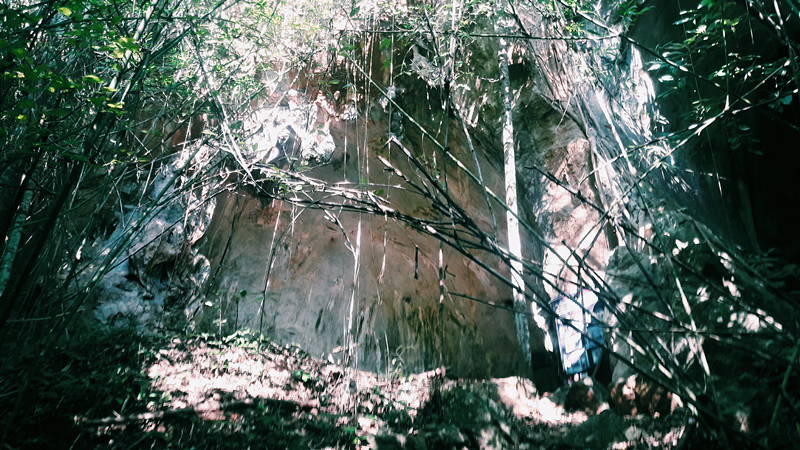


After walking back, I took a motorcycle ride around the village. The air was incredibly fresh, like a million chickens had just flown by. I wondered if this was a miniature version of Khao Kiri Wong, but in the northern style. The water was also very cool, and I secretly watched the ducks bathing in the canal.
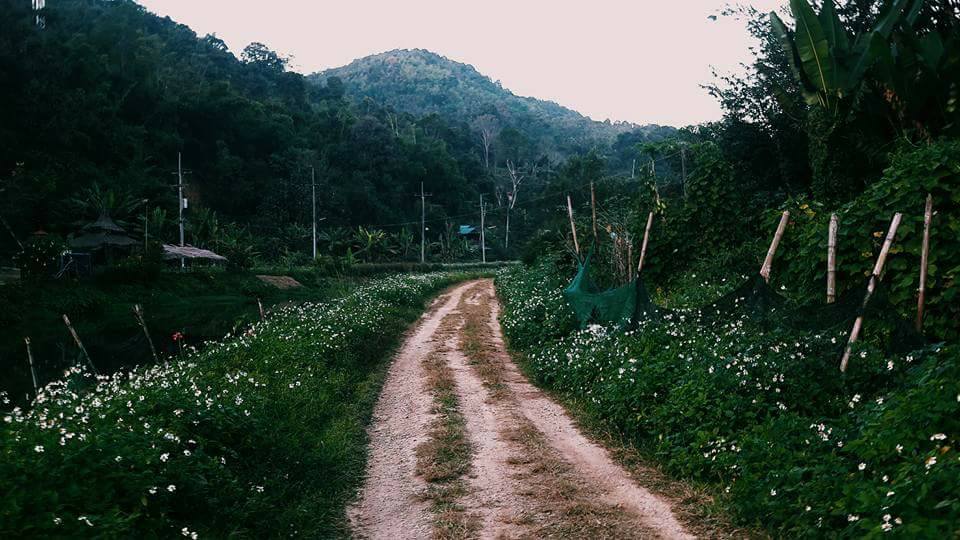

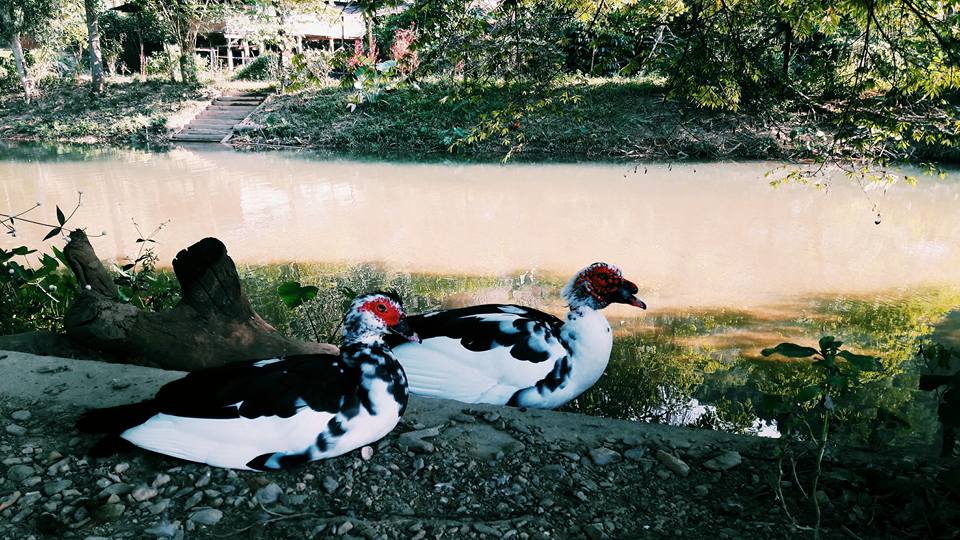
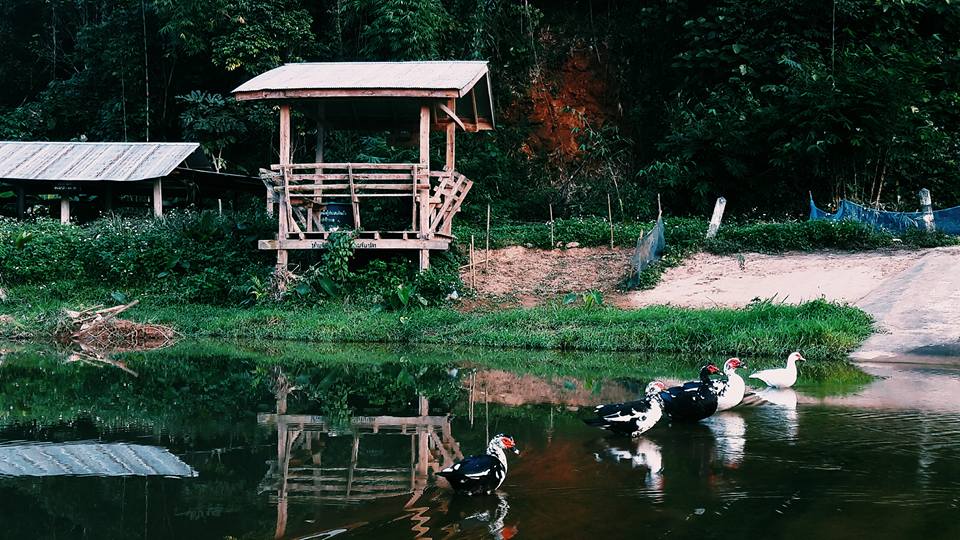

This is what they call a truly slow life, with no modern conveniences. Phones don't work, the internet is inaccessible, and even JOOX music streaming is unavailable. Tears well up! Living without a clock, guided only by the rising and setting sun. Filling your lungs with fresh air and enjoying the icy cold water.
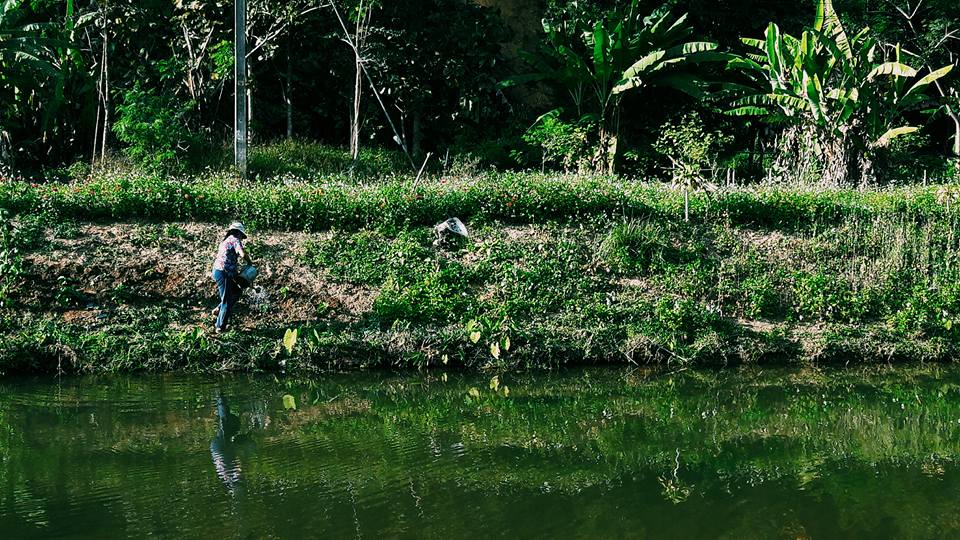
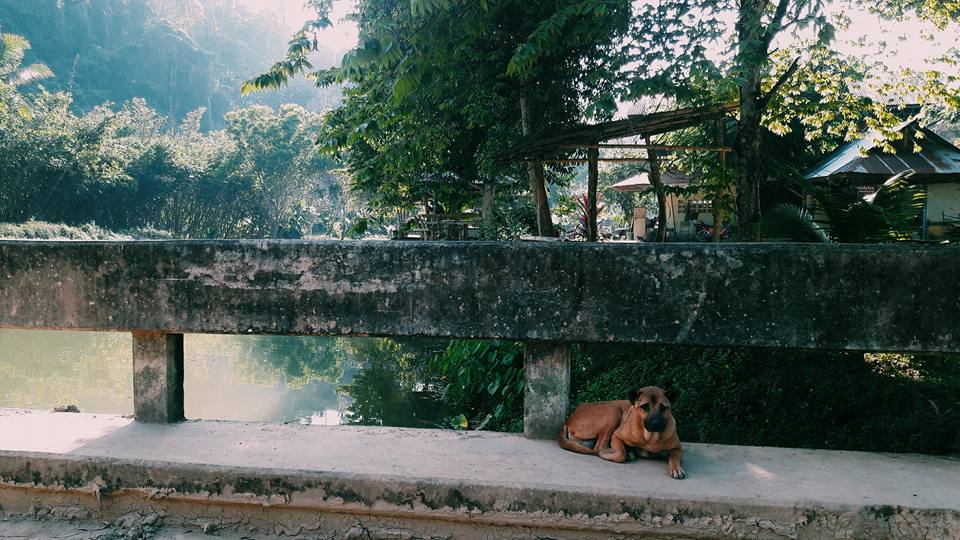
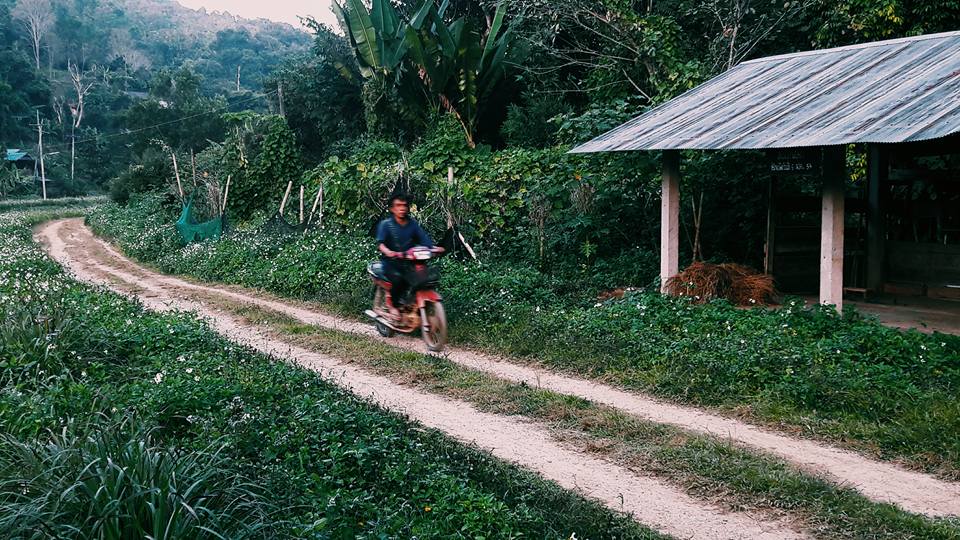
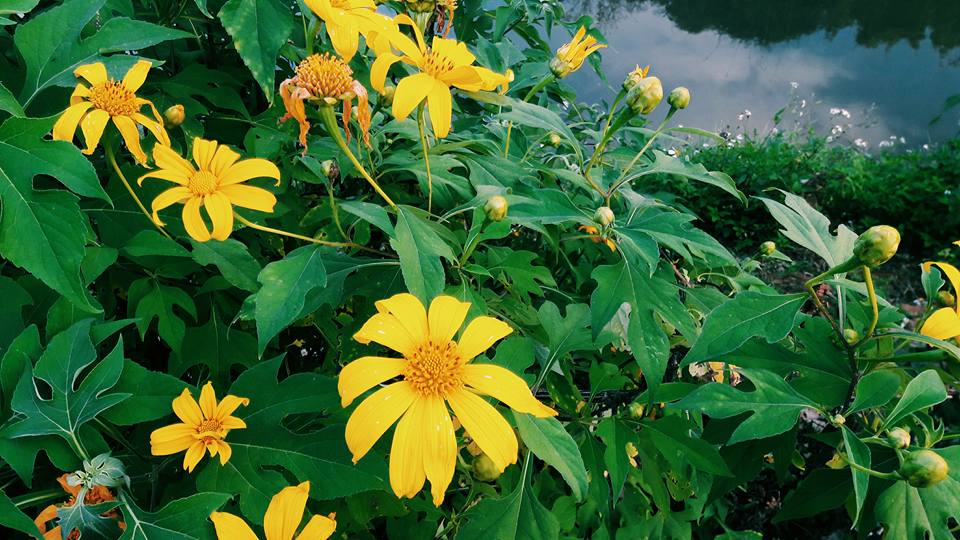
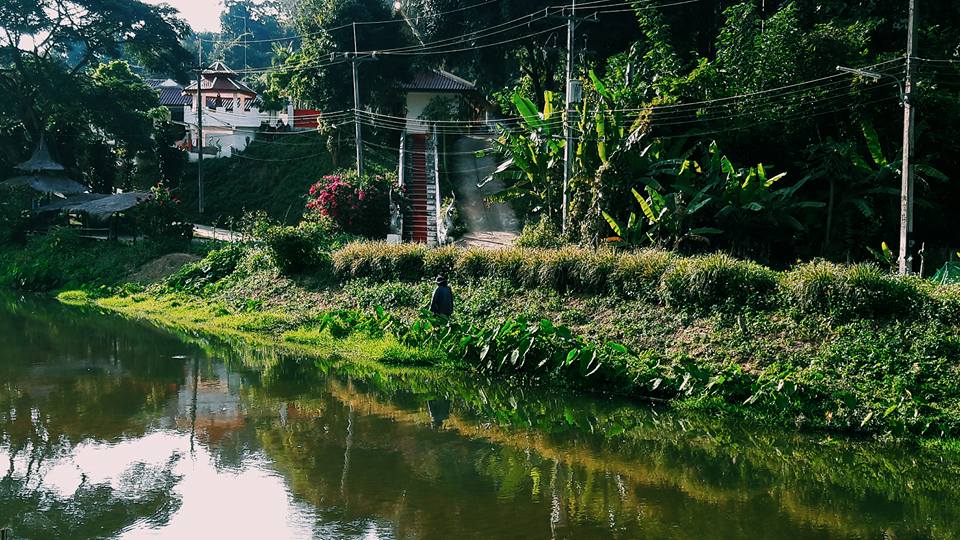
My grandmother told me that she planted all of these vegetables herself. She seemed very proud and talked about it at length. When the woman on the motorbike drove by and said hello, my grandmother gave her some vegetables for free. This kind of scene is common in rural areas, and some people who live in cities may never experience it.

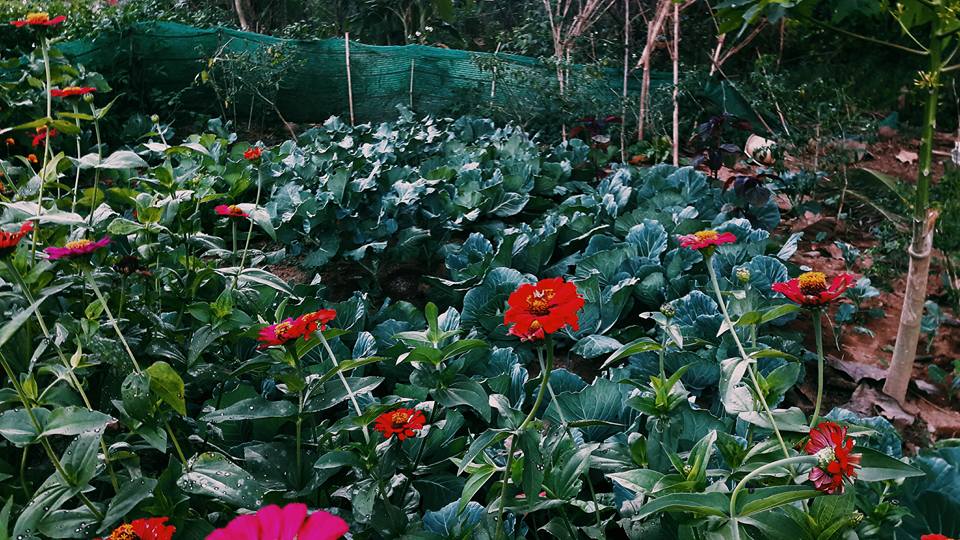
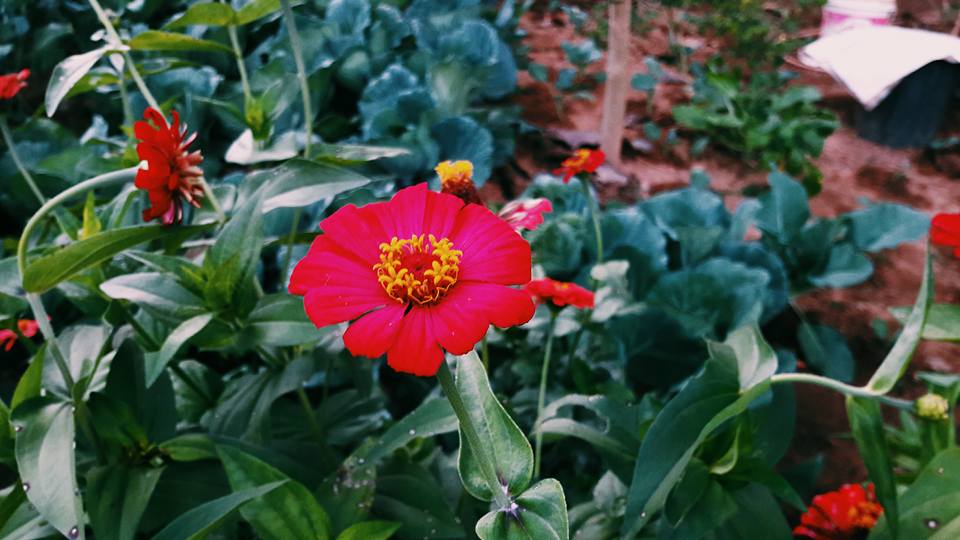
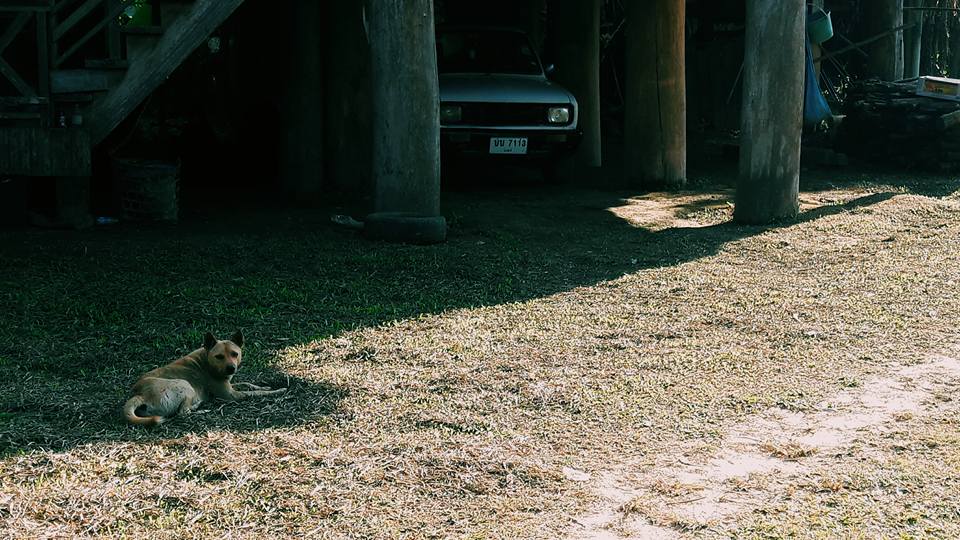
There are two exercise machines. This young man, as you can see, does not look normal. He is not as strong as the rest of us, but he is very determined to exercise. He seems to be having fun and not getting tired at all. I drove around for several laps and came back to find him still exercising. He's so cute ^^
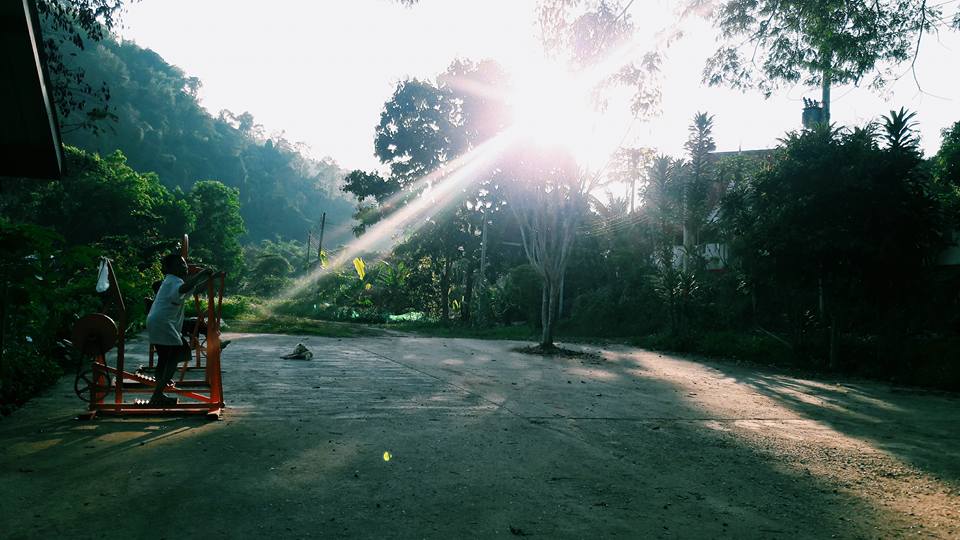



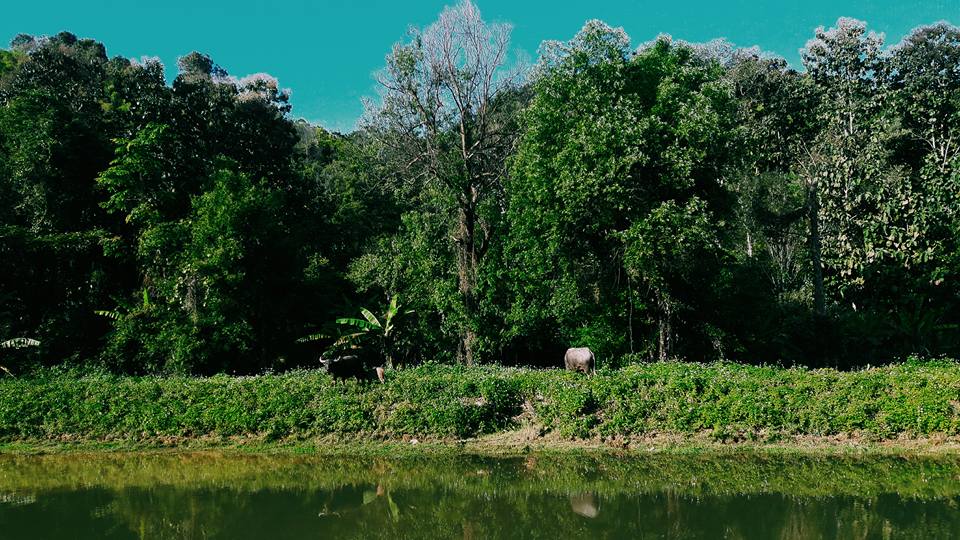
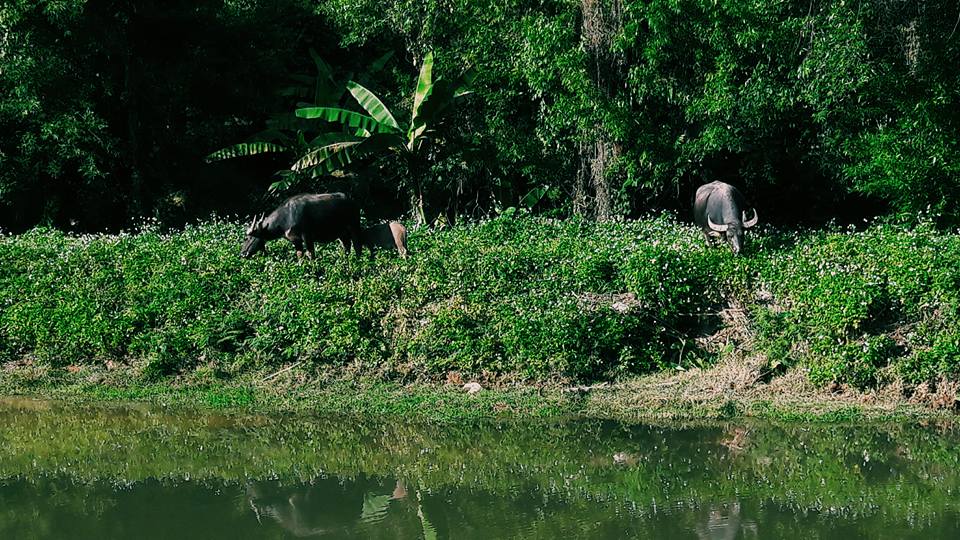
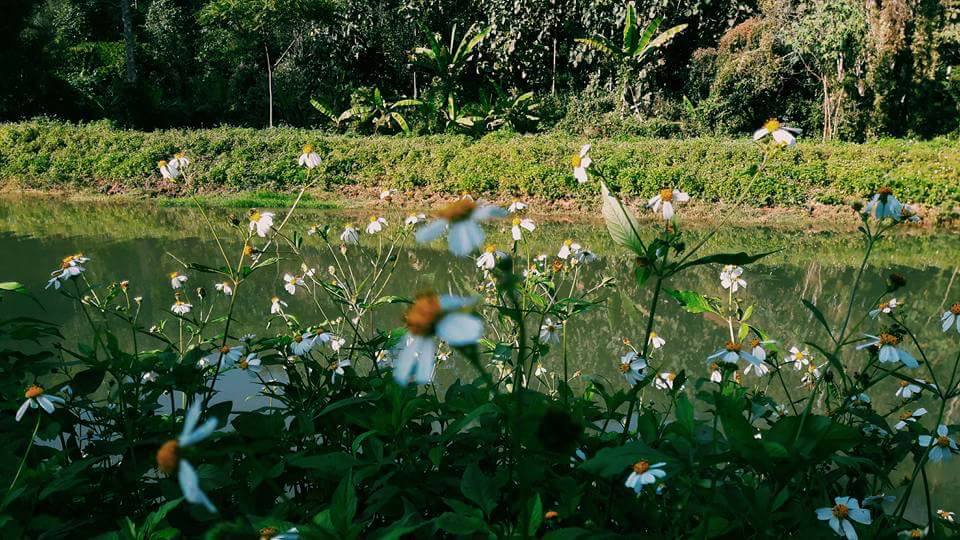

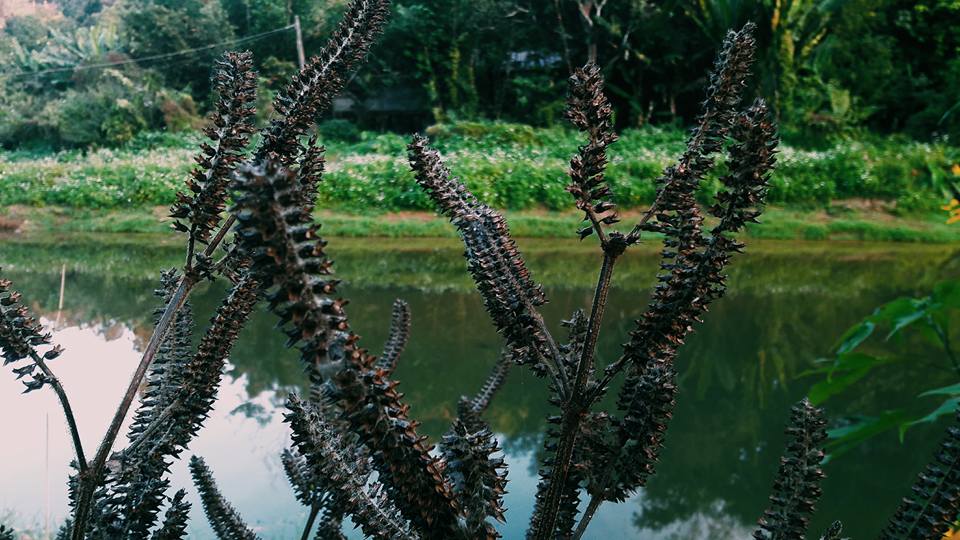
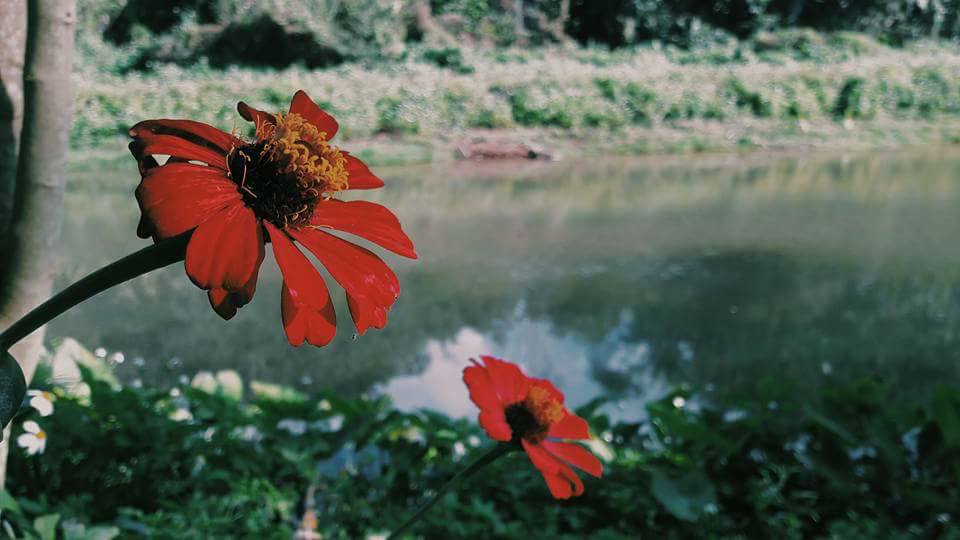



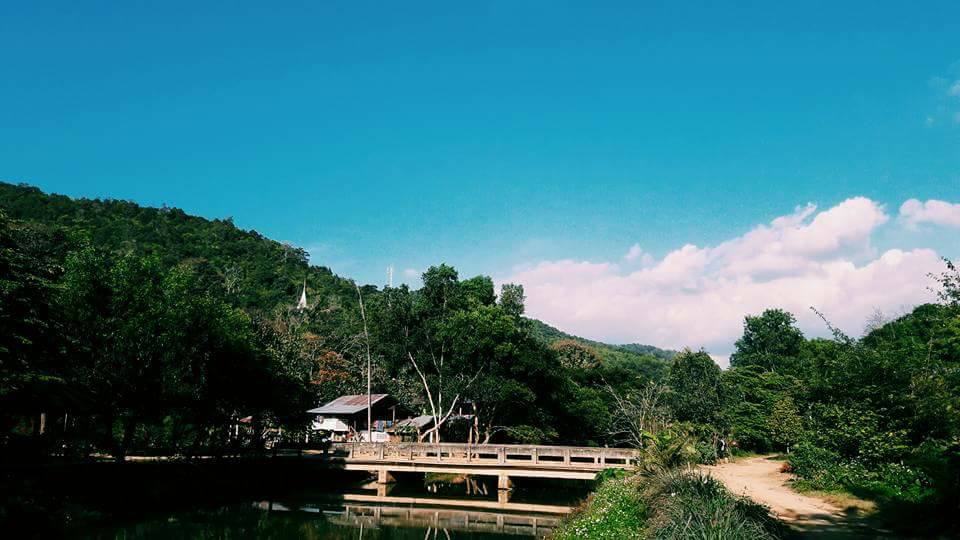
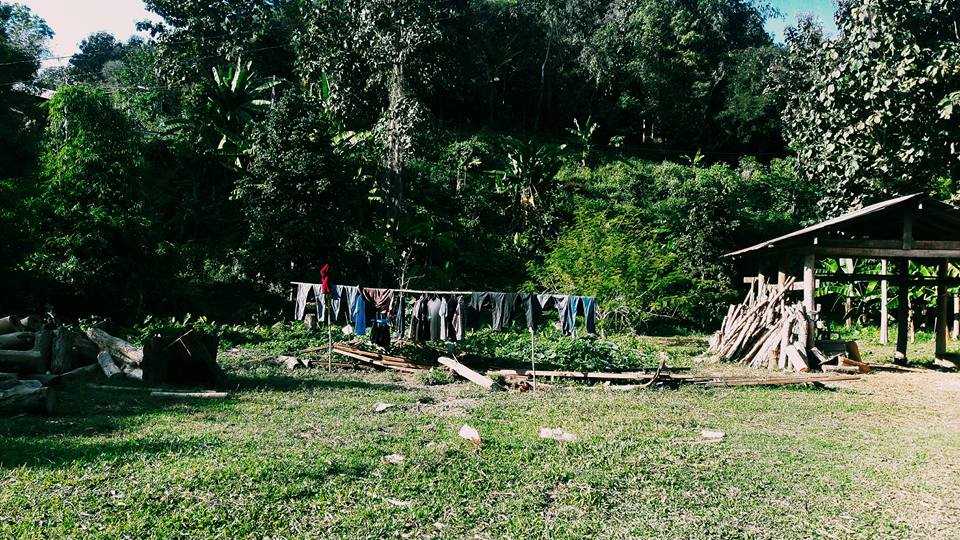
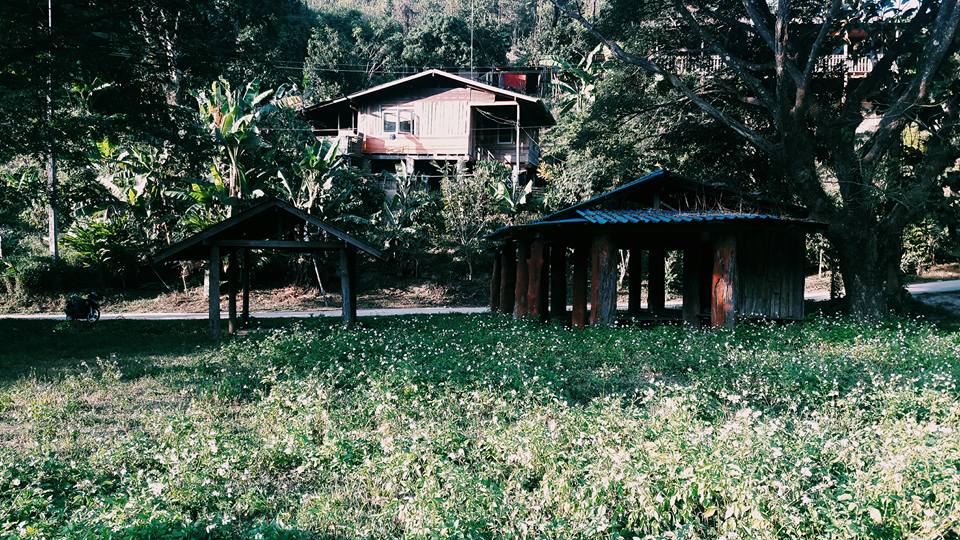
There are many pavilions by the water, almost every 30 meters. It seems that many people come here to relax, especially during the holidays. However, we came on a weekday, so there was no one around.
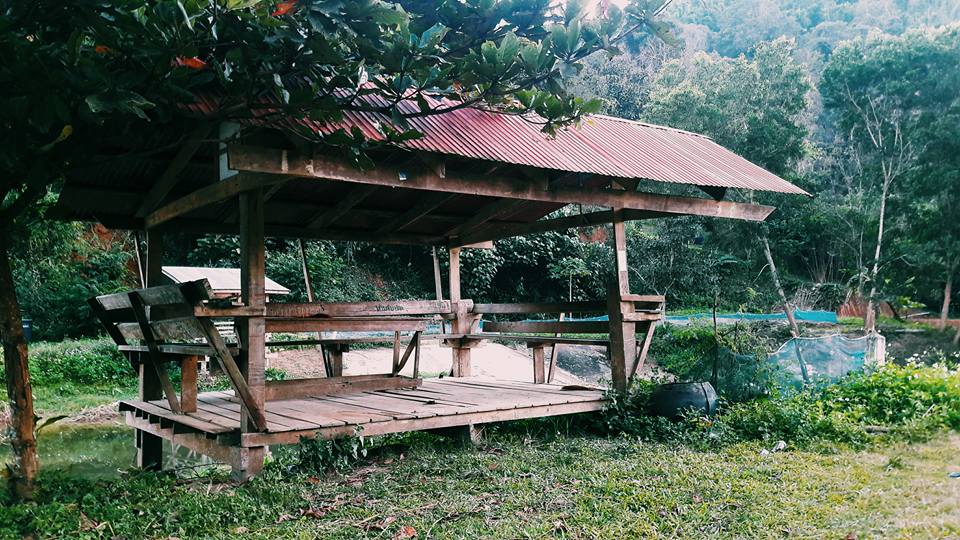
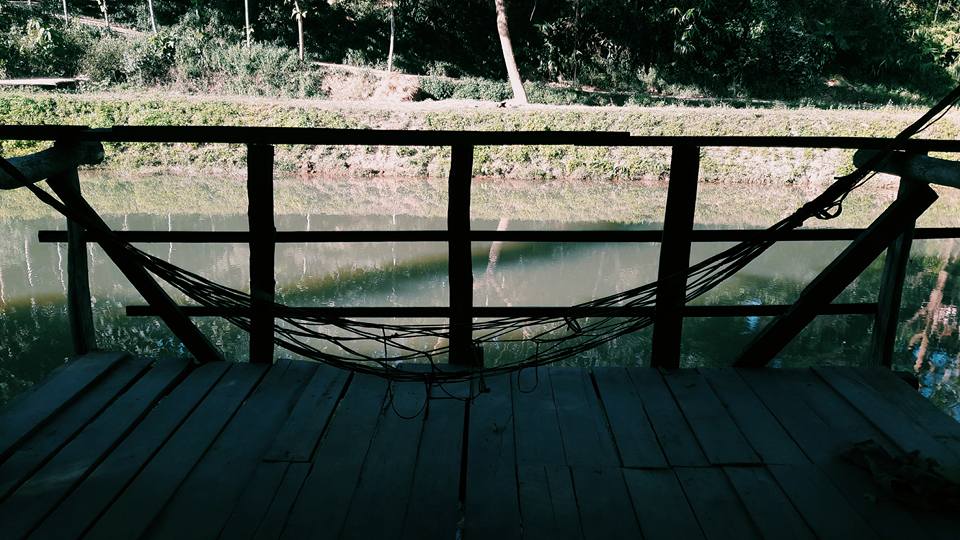
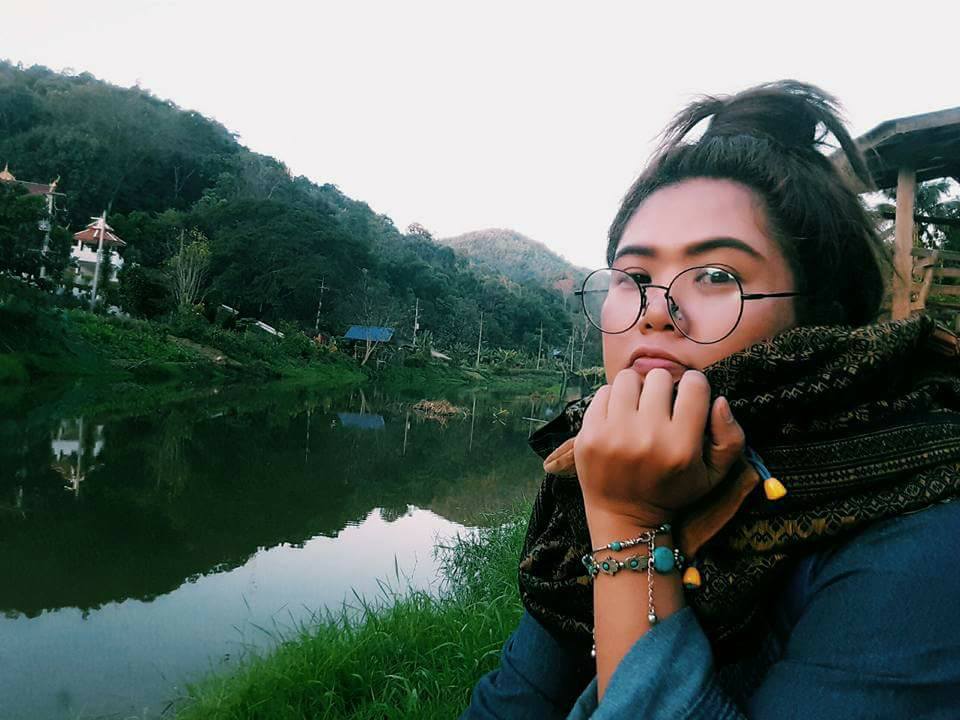

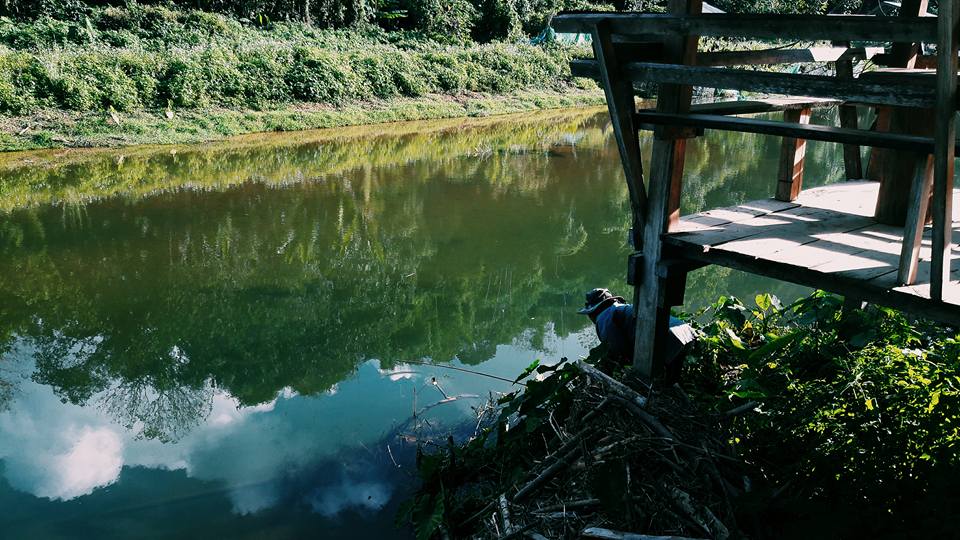
We wondered why there weren't many children playing around here. The answer was that the school here was too small. It was such a small school that there weren't enough students, so it had to be closed. The children now go to school in the city instead, with a school bus picking them up. It's a pity. With more children running around and playing in the evening after school, with the atmosphere of the countryside like this, we think it would be much more classic. It would be more colorful. We have very little information about this place. Not many people have reviewed it, so we had to sit and talk to the local people here to find answers. The language used on Google is too formal. We feel that it doesn't reach the people here. Ten years ago, a flash flood damaged many houses in the village and people died. Three lives were lost. After that, people started to move to other places, making the village look quiet and with only a few houses left. This elder brother told us that on Saturdays and Sundays, there are a lot of people. They come to play in the water and then go back to sleep in the city. The water is very clean and cold, like water that has been chilled in the refrigerator. They don't want people to catch a lot of fish because they want to keep them for tourists to see. There are also fewer turtles and crabs left. The remaining ones are small, so we didn't see any big ones. It's a pity. If there was more development, it would go further. Modernity in terms of phone signals would come in (but I heard that a True signal tower was installed in 2017). But people still use landline phones. Using the village loudspeaker is quite cute.
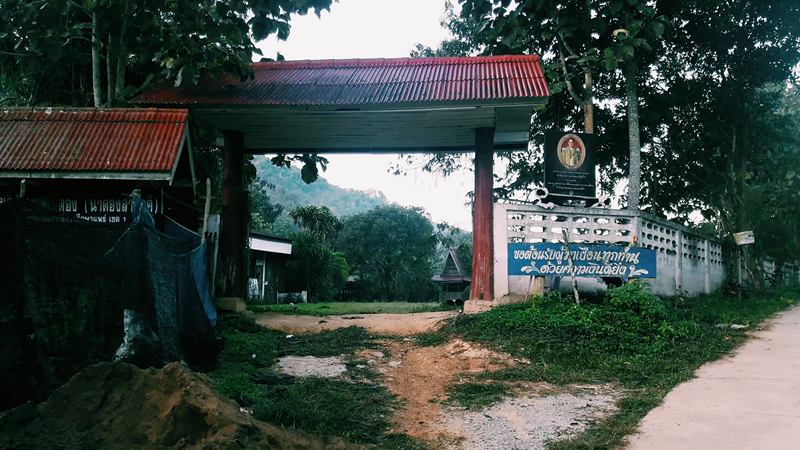
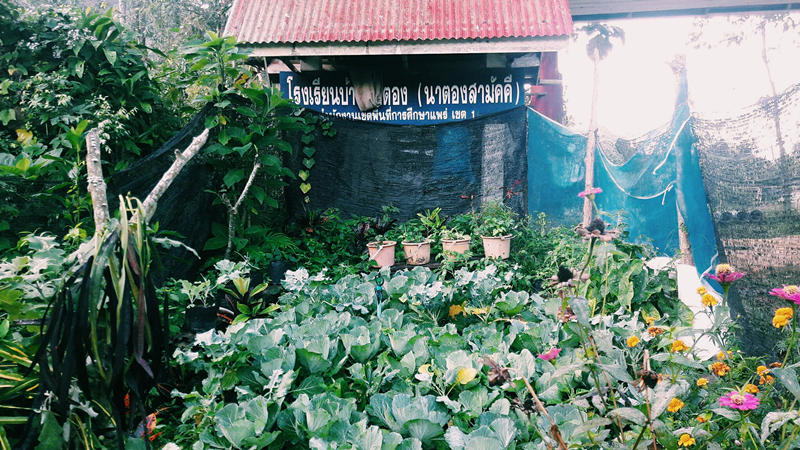
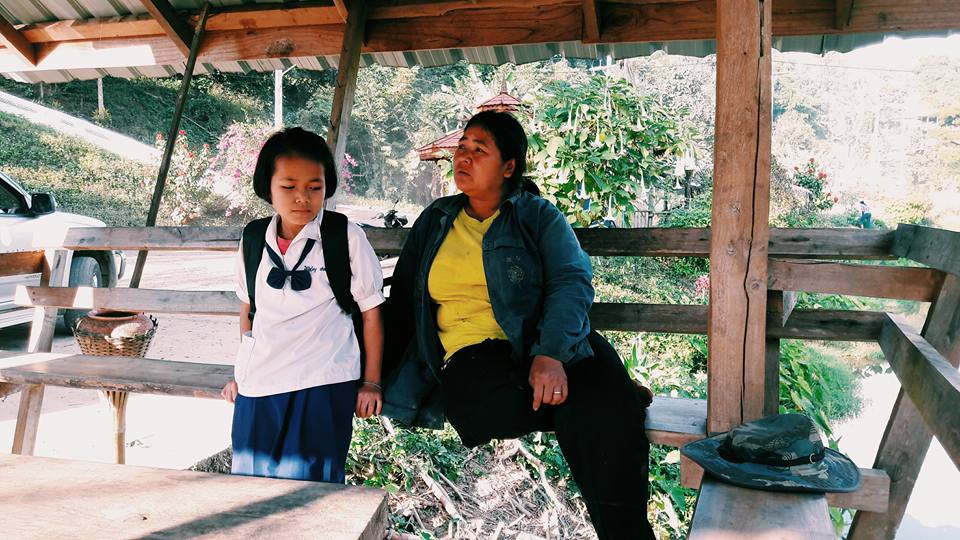
Watching the moon rise, having missed the sunset.
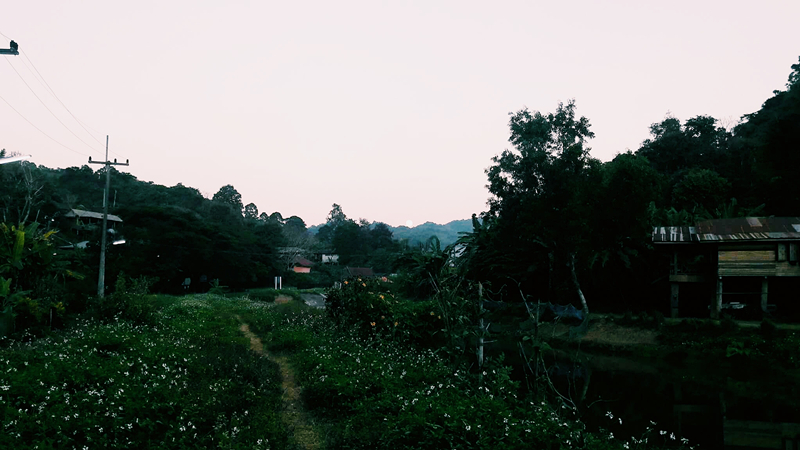
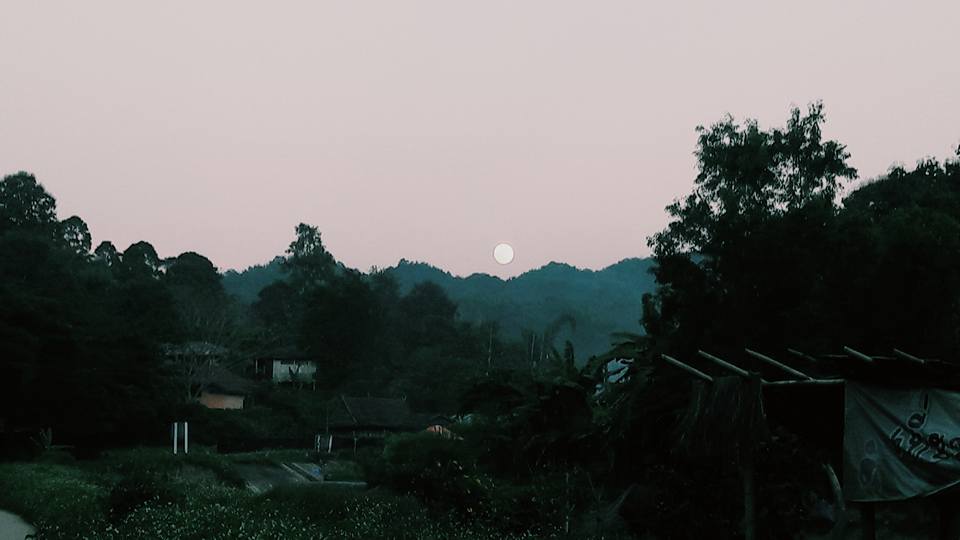
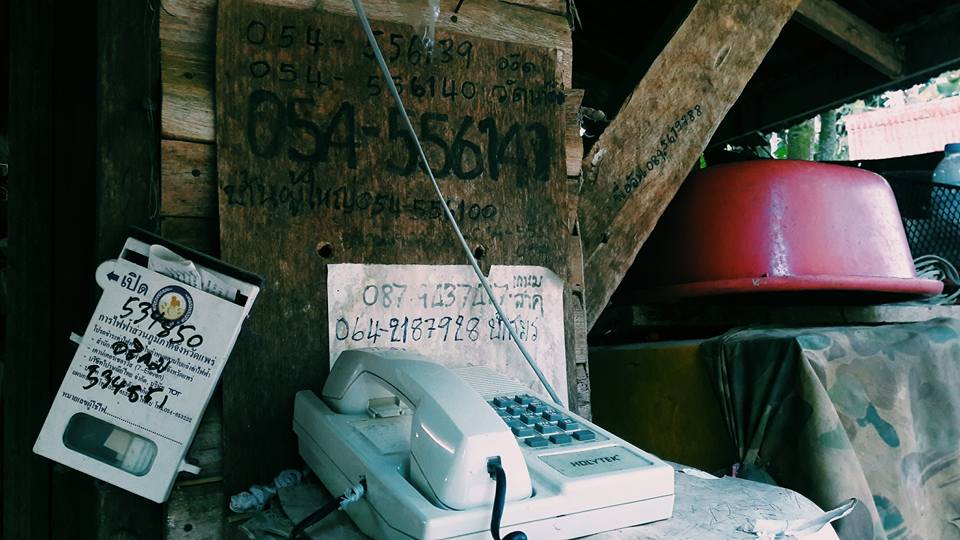
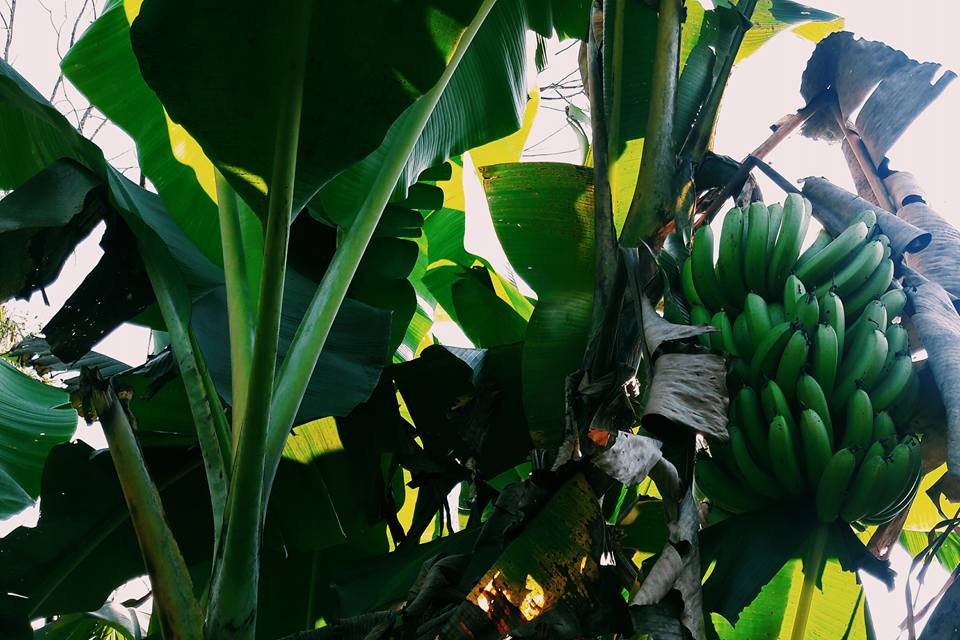
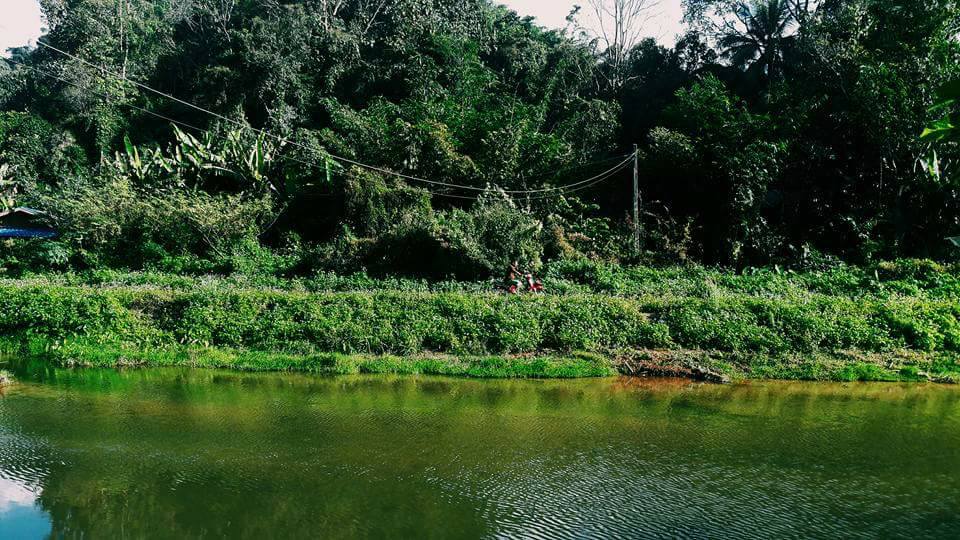

After a long conversation with my grandmother, who answered my questions in monosyllables, a kind uncle on a motorbike informed me that her hearing was severely impaired. Despite this, I stayed to play with her cat, even though our conversation was disjointed.


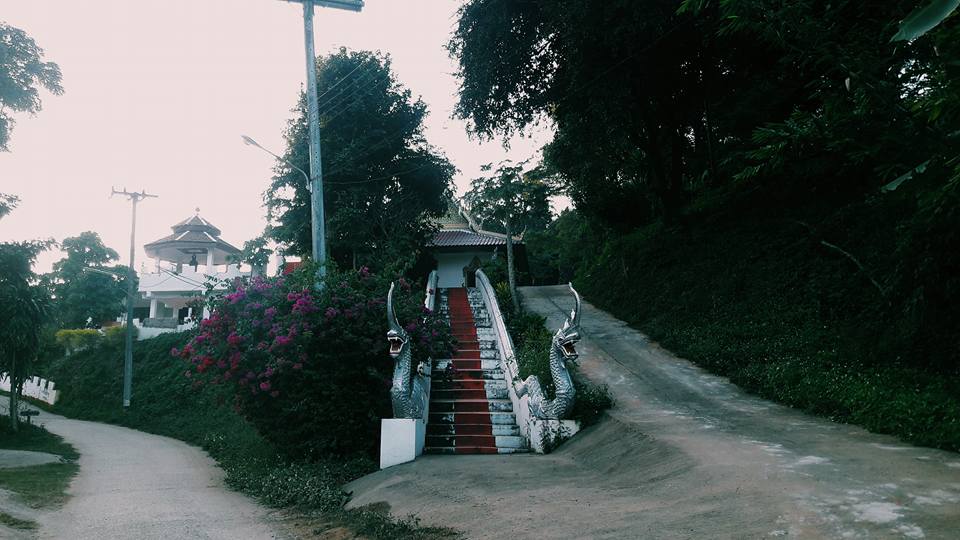
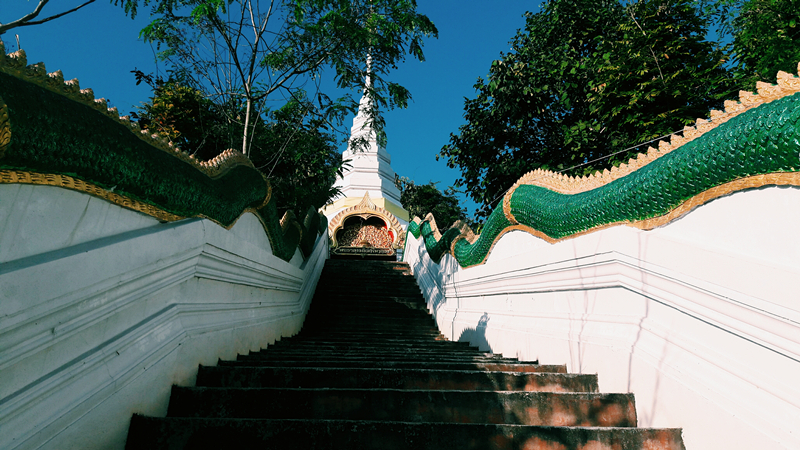

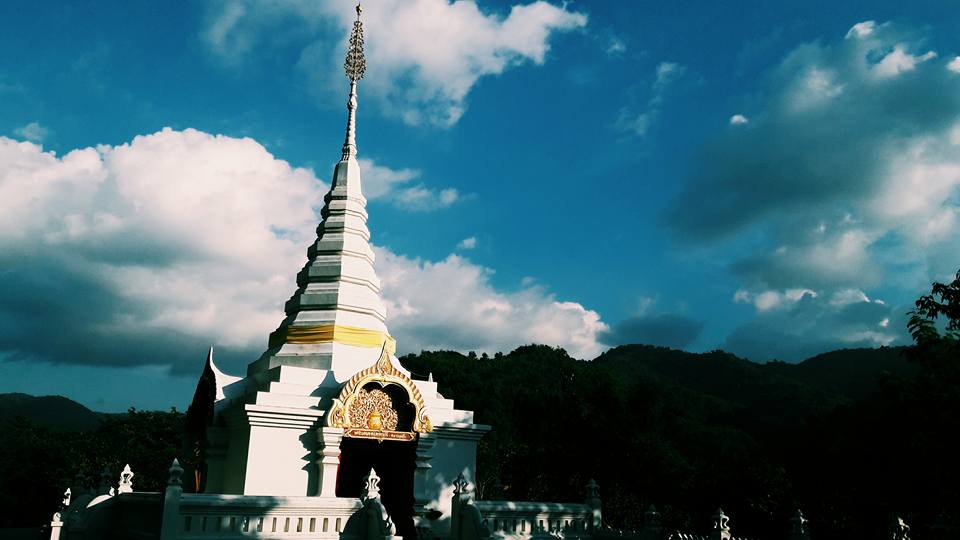
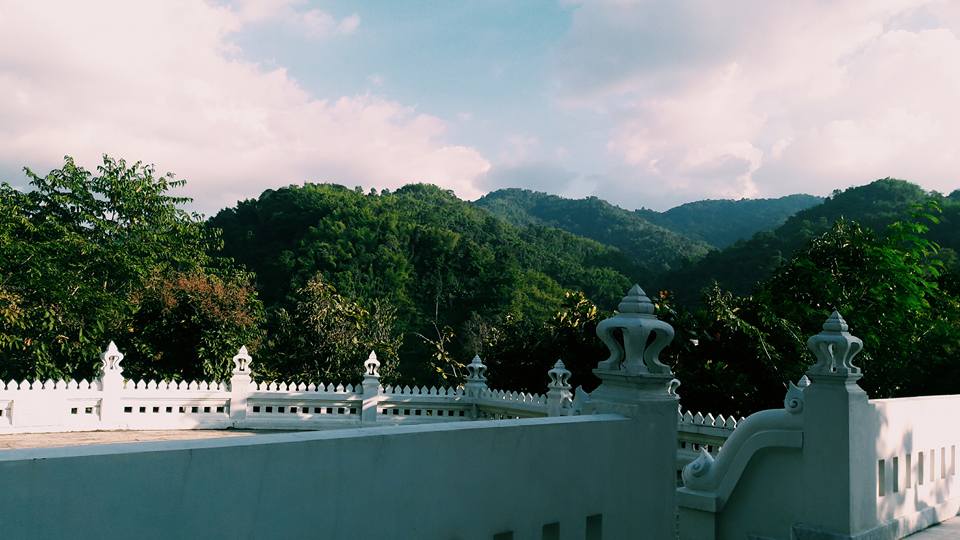



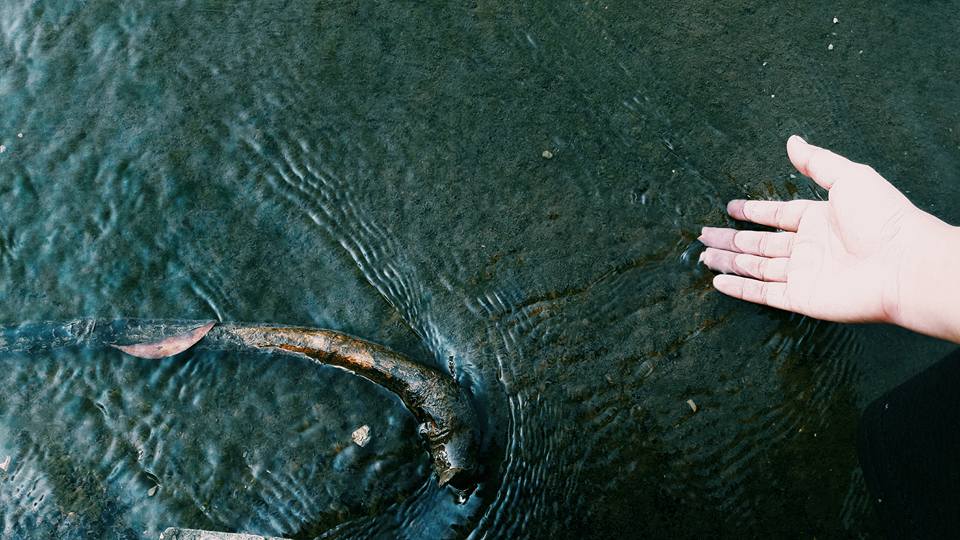
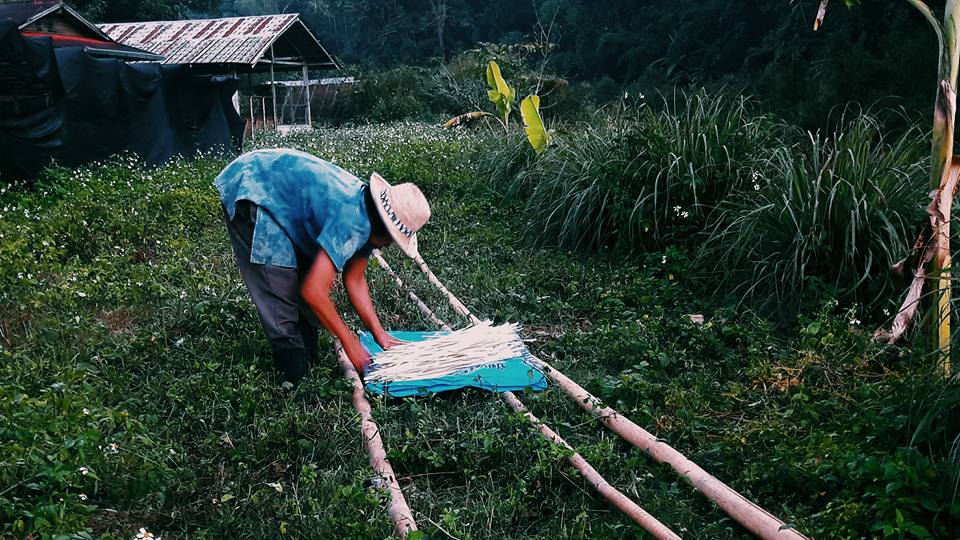
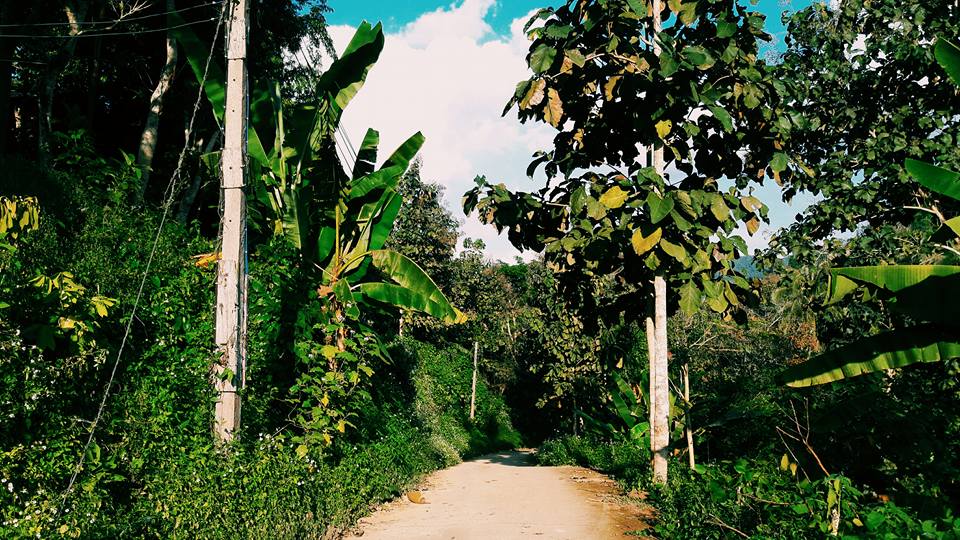
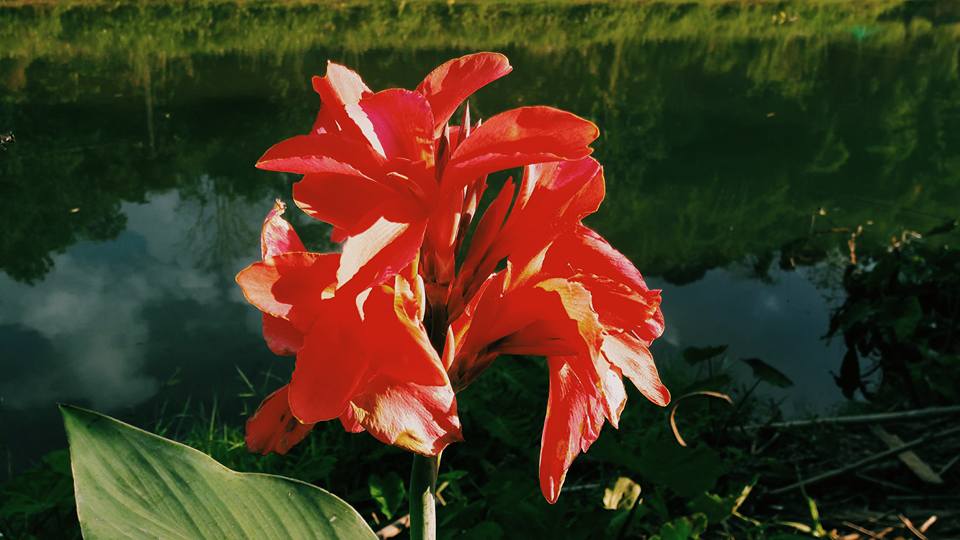
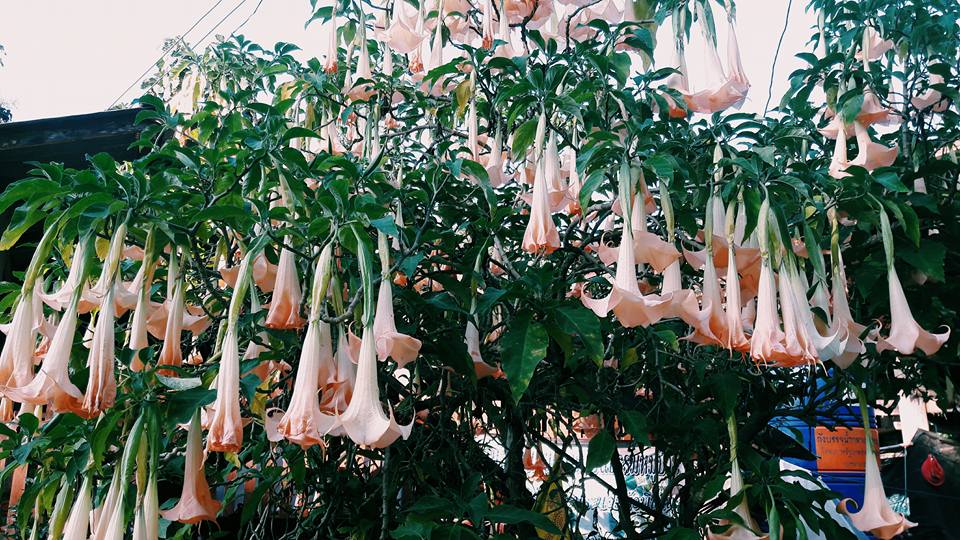
As evening fell, we returned to the homestay, feeling a sense of contentment. The owner, concerned about our well-being, invited us into their home for dinner and television, creating a warm and inviting atmosphere. We savored sticky rice, conversing in the local northern dialect, and relished the opportunity to sample "yam ngawm," a regional delicacy. The experience of sharing a meal prepared by locals filled us with joy and a deep appreciation for the local culture.
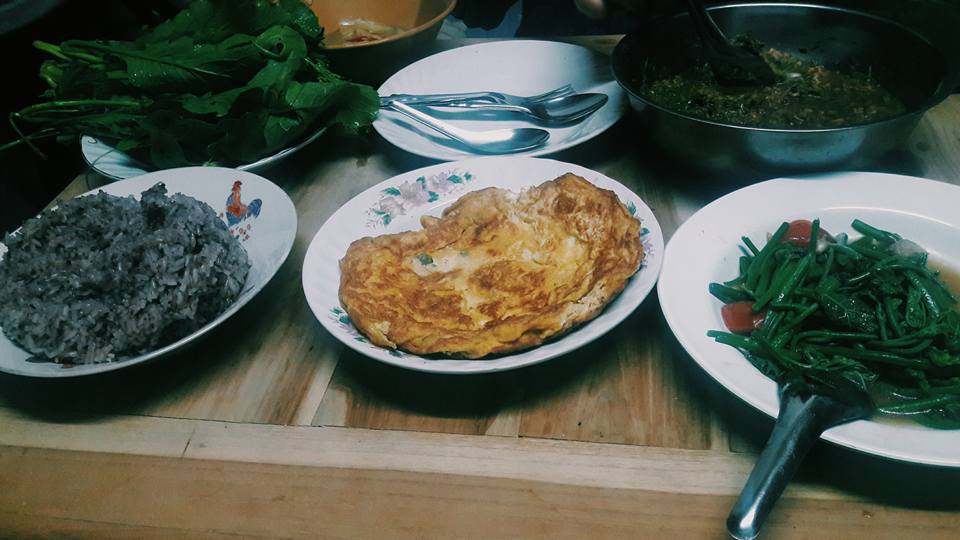
The house was filled with adorable pets, including a fluffy dog named Fufu, two cats named Mommam, a rabbit, and a turtle named Pulu. Sadly, some of the pets were stolen, and others, like Pulu, crawled away into the forest. My parents loved and played with all the animals, especially Fufu, the mischievous one who would run in and out of the house wanting to play with everyone. Fufu would bark at strangers and other dogs passing by, but being small, he would often retreat back into the house when faced with a larger opponent. After dinner, I would play with the dogs and cats until around three or four in the morning before returning to my room.
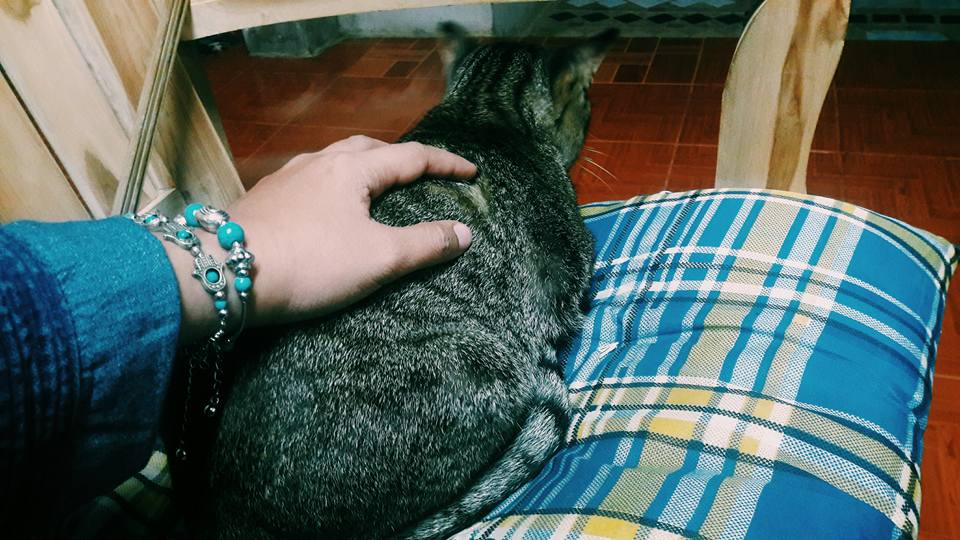
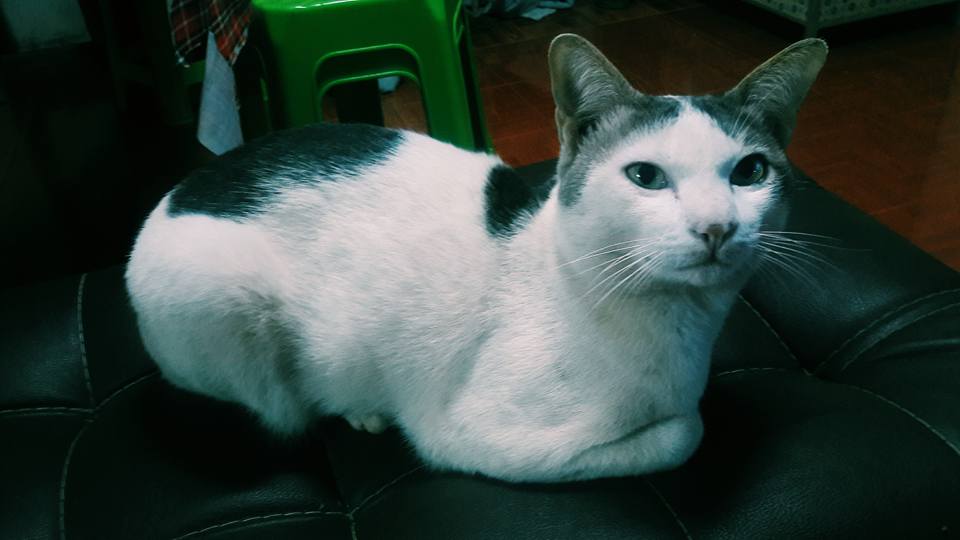

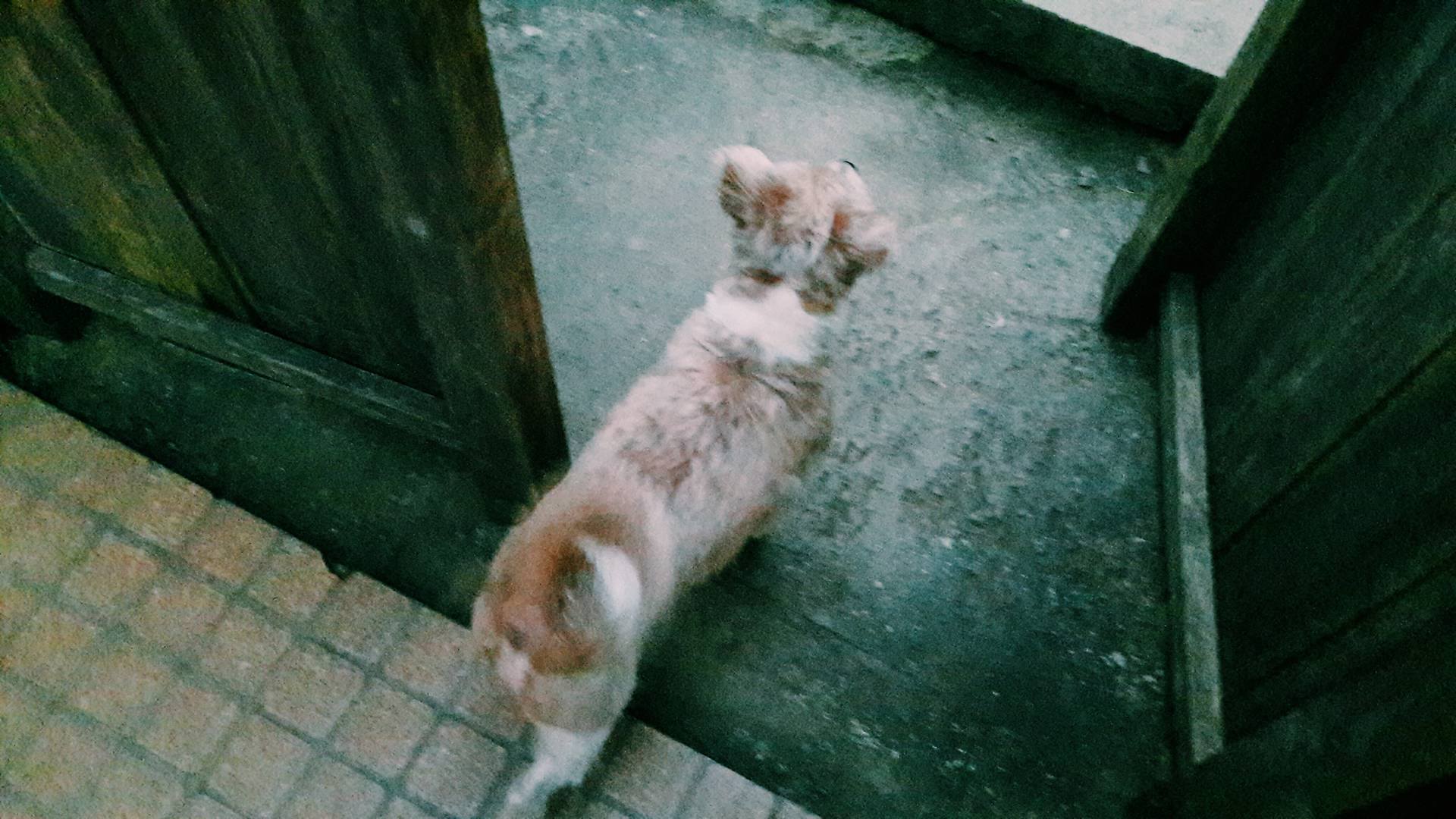

After eating, I went to sleep and didn't stay up late. My stomach was full, and my eyelids were drooping. I slept to regain my strength because we were going to offer food to the monks early in the morning on the Buddhist holy day.
In the evening, the village loudspeaker announced that a wandering monk who had been staying at Wat Na Tong, and who had traveled from Uttaradit, would be collecting alms the next day.
It was cold, but I woke up. At first, I thought it was raining in the early morning because I heard pattering sounds around 4 or 5 am. But it turned out to be just dew.
I was a little shocked! I thought it was raining. There was a lot of dew. It was very cold. When I woke up in the morning, there was a cup of coffee and a coffee sachet in front of my room. I sipped the coffee and took photos while waiting to offer food to the monks at 7 am.
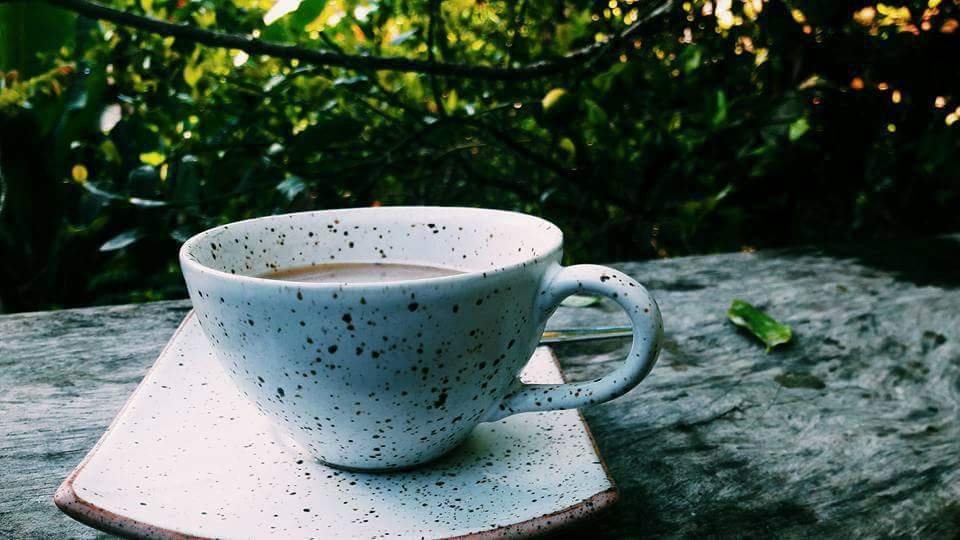
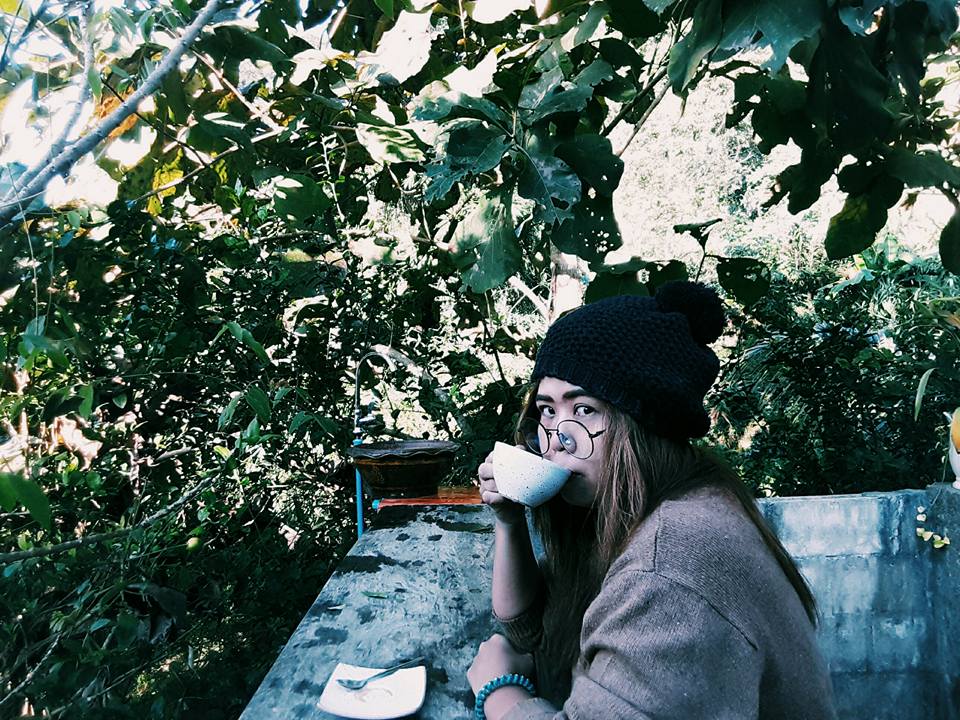
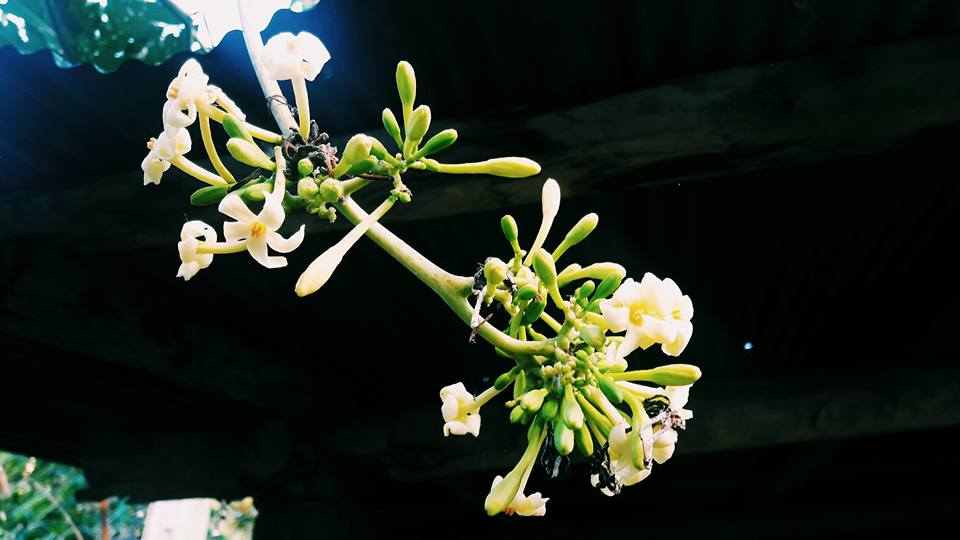
The temperature cannot be viewed on the mobile phone, so the thermometer attached to the front door of the homestay is helpful.
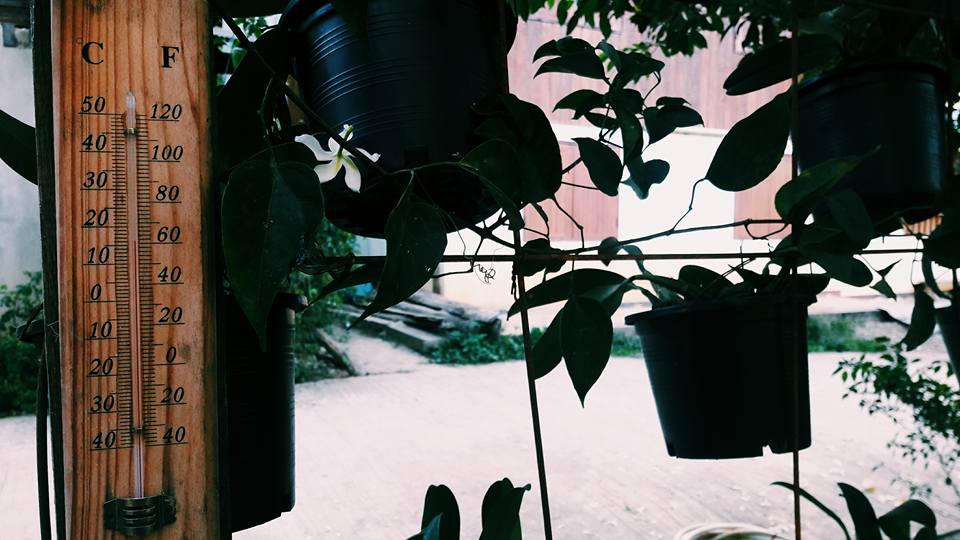
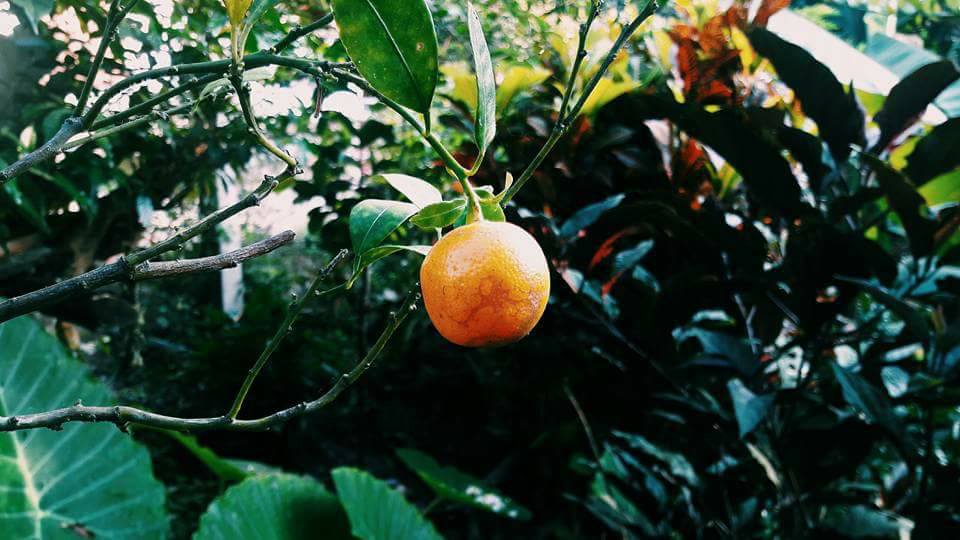
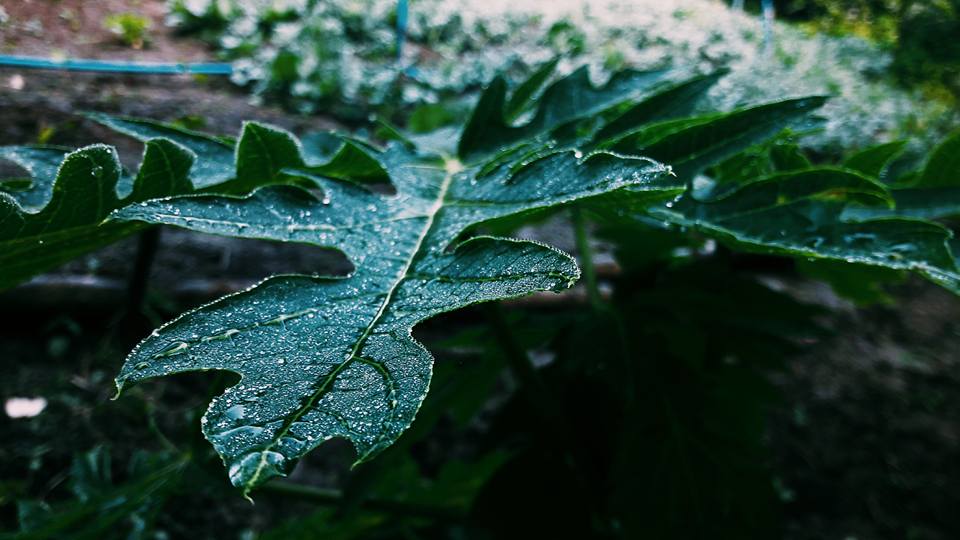
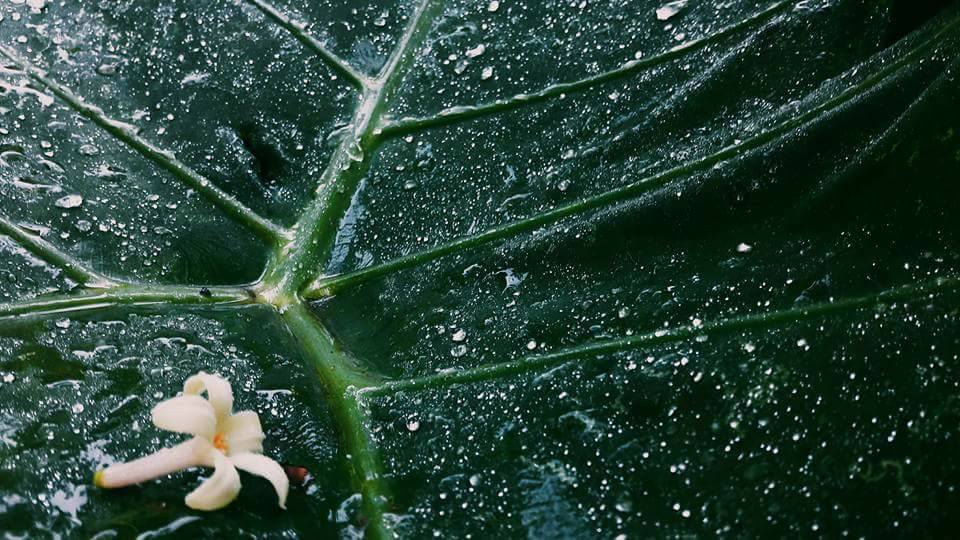
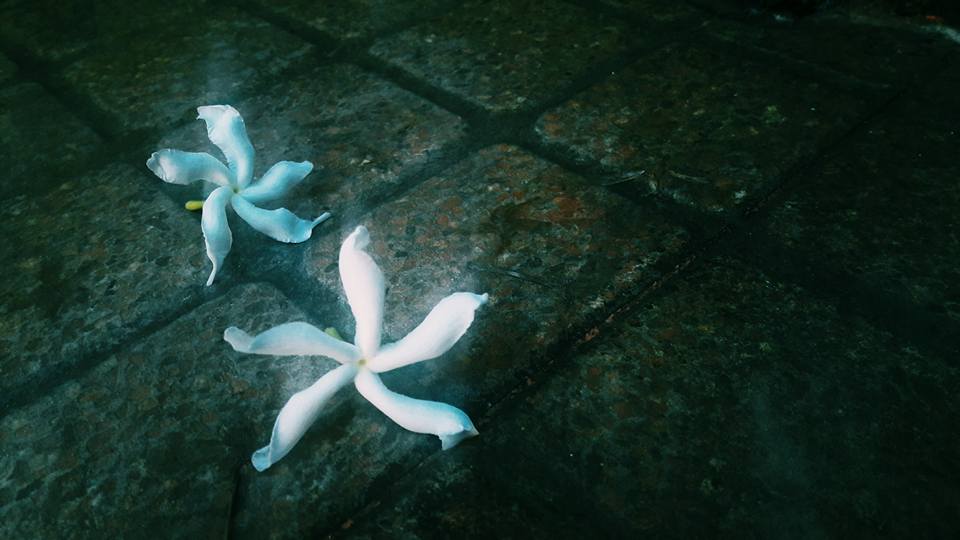

The two fluffy creatures seem to enjoy the warm morning sun.
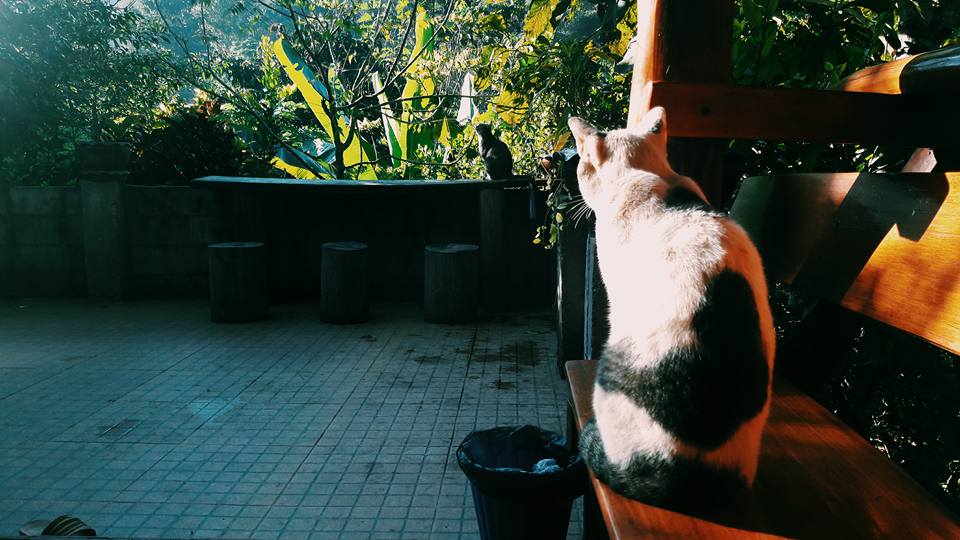
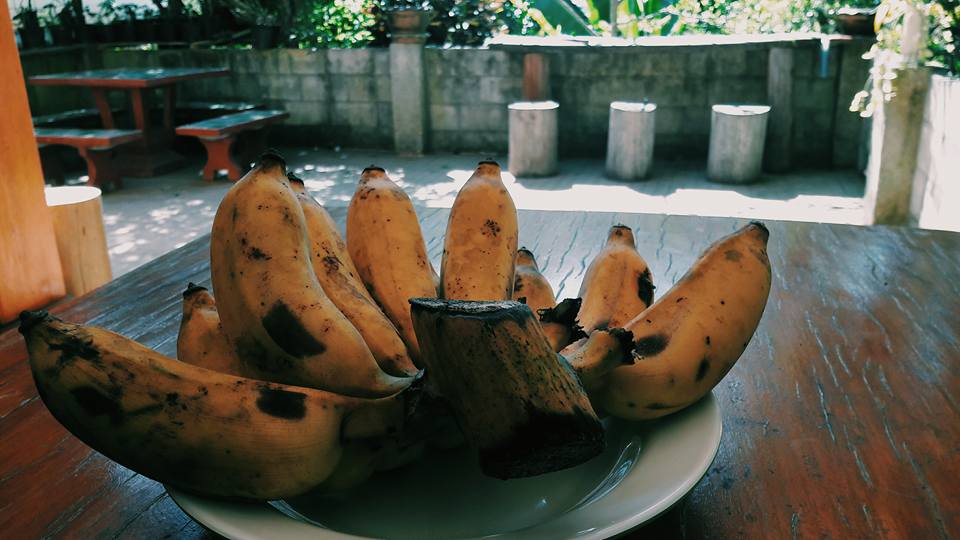

As the monk approached from afar, we hesitated to take a picture. The temple boy must have seen us from afar. When we were about to offer food, he volunteered to take a picture for us. He was very thoughtful.
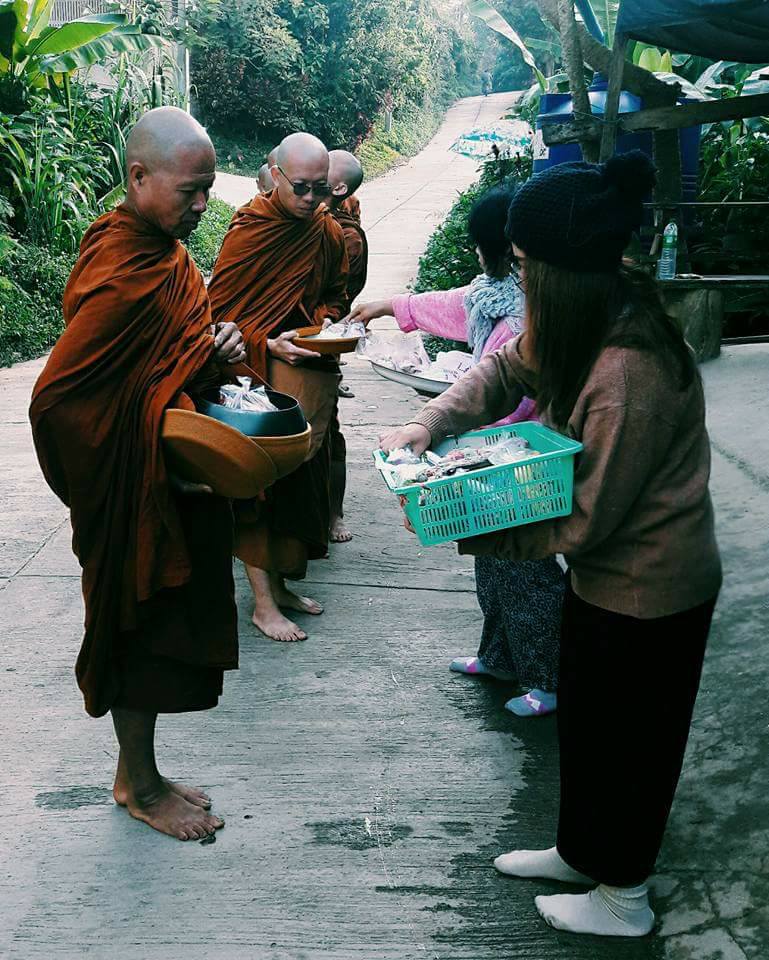
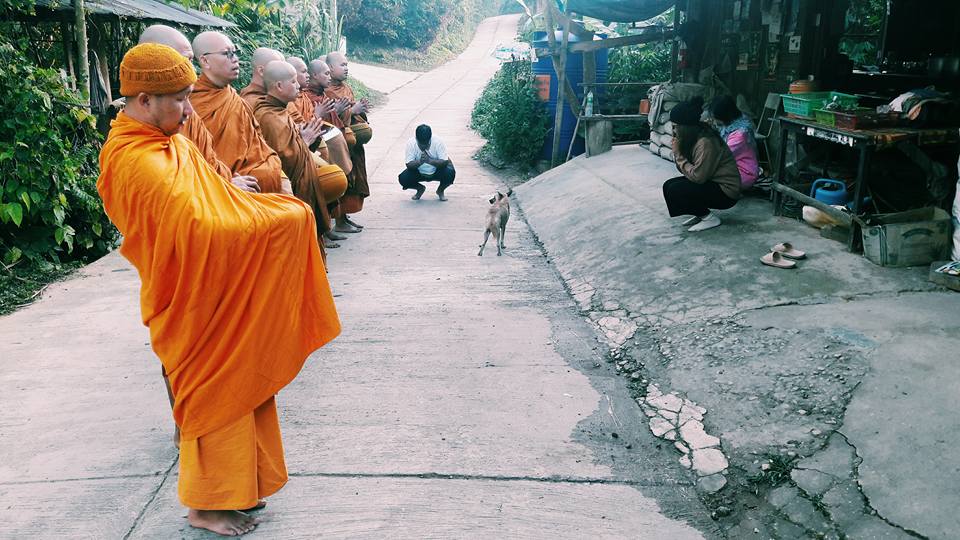
After offering food to the monks, we had breakfast. My parents joined us at the homestay for the meal. The food was delicious again. My daughter, Khao Niao, ate sticky rice and seemed to have more energy afterward.
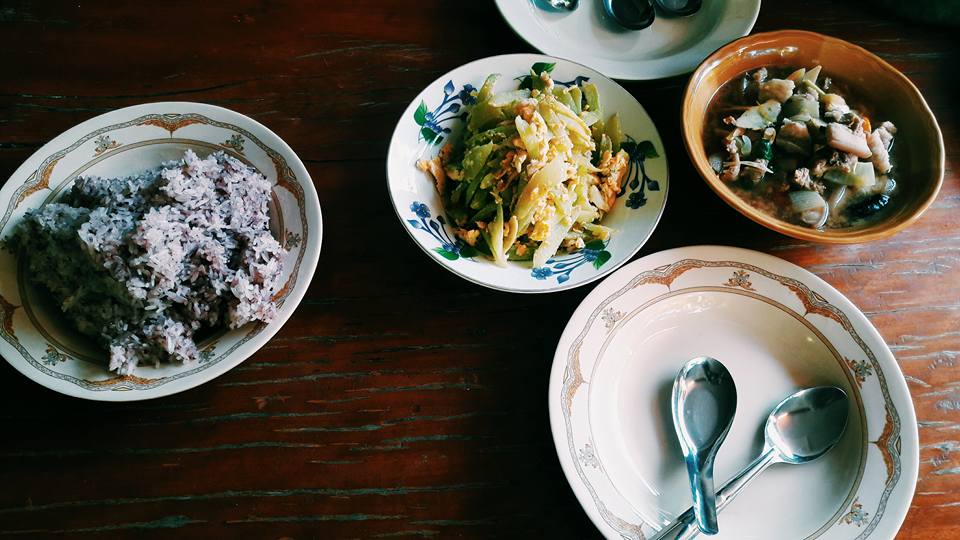
Following his father's lead, the narrator embarked on a journey towards the cave, feeling reassured by the presence of a companion. Along the path, the father served as a guide, identifying the various plants and trees that lined their way. The narrator's limited knowledge of flora became evident as they encountered unfamiliar species, their recognition solely based on the presence of fruits. The abundance of vegetation was striking, with a diverse array of plants growing in close proximity, including betel nut, coffee, durian, and jackfruit. The father generously offered fresh fruits plucked directly from the trees, providing a delightful treat for the travelers.

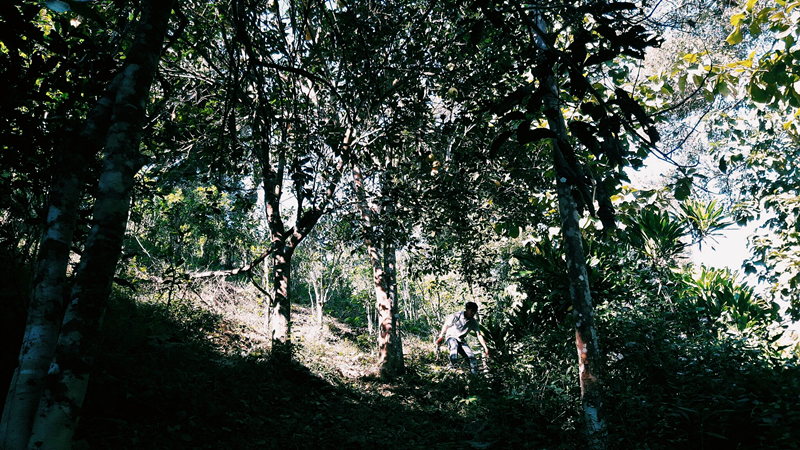


The caves are numerous and interconnected. My father mentioned that there are more caves accessible by climbing monkey ladders and descending further down. The area is still undeveloped for tourism and retains its natural state. Among the caves, we saw a sign for "Rantu Cave." When I asked my father what "Rantu" meant, he jokingly replied, "Rantu is Rantu!" I couldn't help but laugh. Another cave, "Pu Pantamee Cave," is significant for the discovery of a 4,500-year-old human skeleton. Interestingly, several television programs have already filmed there. The 4,500-year-old discovery highlights the ancient history of the Phrae region. The forest holds many more secrets waiting to be uncovered by humans. Unfortunately, we forgot to bring a flashlight, preventing us from exploring deeper into the caves. My father expressed his disappointment, mentioning the beautiful stalactites and stalagmites, including one resembling a woman's figure. I pretended not to mind (although secretly relieved, as I have a fear of stalactites and stalagmites). My father also shared that Buddhist hermits attempted to sleep in the caves but were disturbed by something he wouldn't specify. I think I have an idea of what it might be.
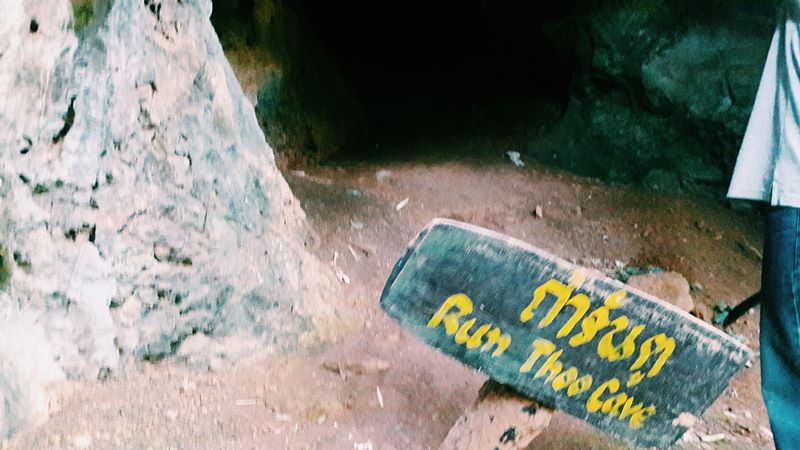
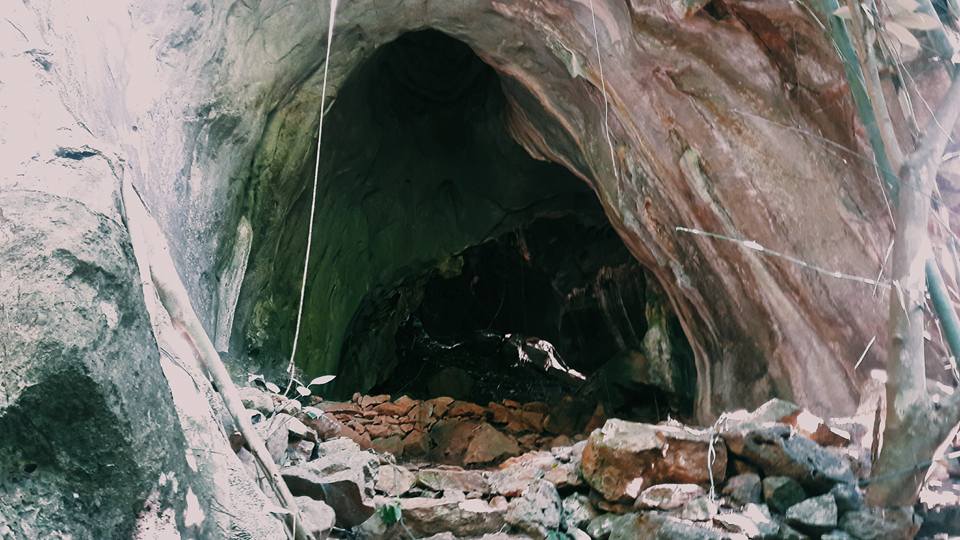
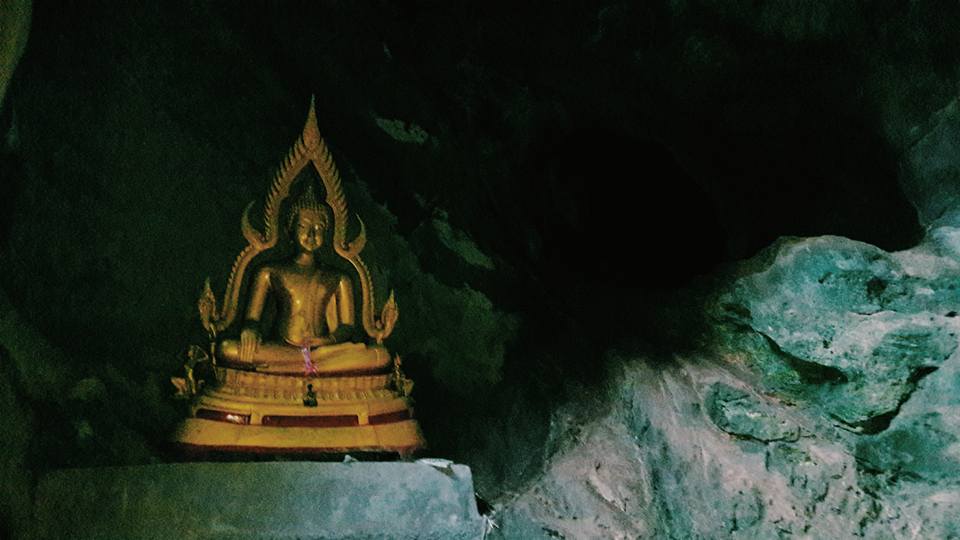


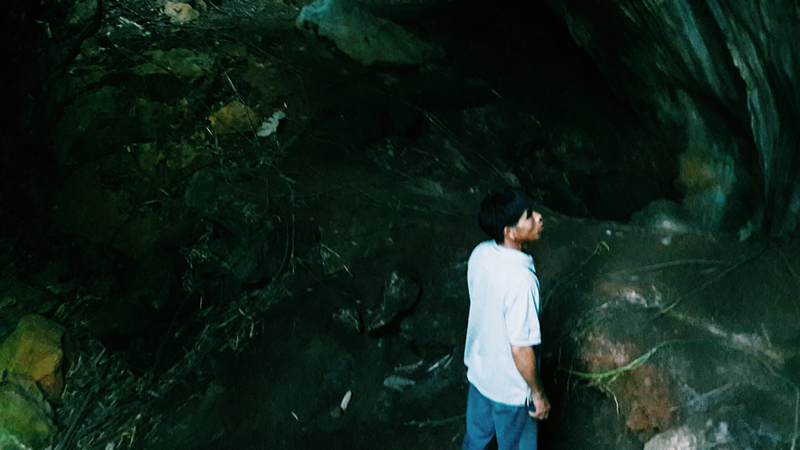
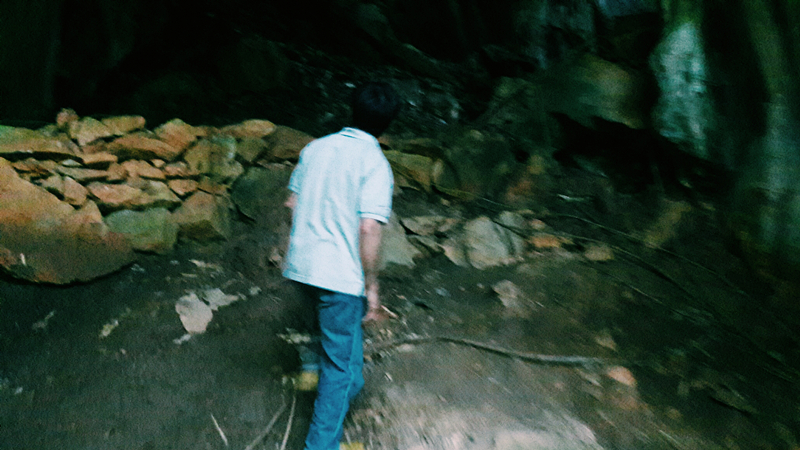
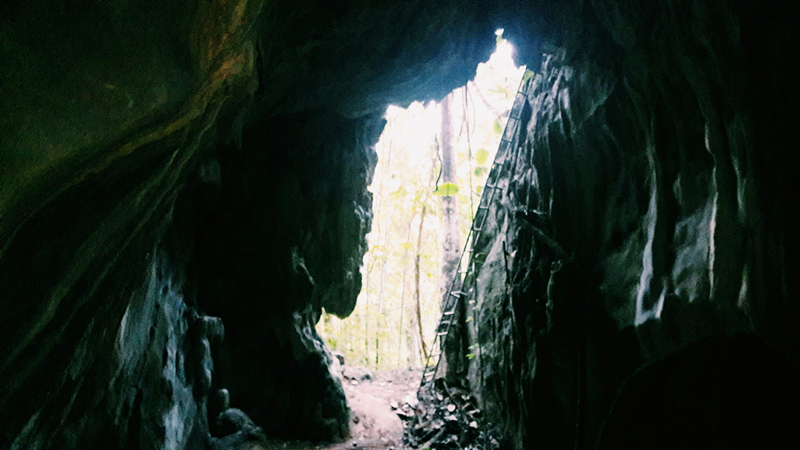
We didn't bring a flashlight, so we couldn't go deep inside. My father said there were stalactites and stalagmites inside, but we couldn't see anything. So we used the flashlight from our phone. When we looked with our naked eyes, we couldn't see anything in the picture. But when we looked through the camera from the phone that was shining, it was a white sparkling light on the ceiling, on the rock right there. My father was surprised that he didn't see anything. When he looked at the phone, he was surprised that it had light. Maybe we discovered it. 55555 It's not a new stalactite or stalagmite, it might be some kind of mineral. The picture was very dark, so I tried to pull the light in the app, so I saw more white dots. That point is actually a sparkling light as I said. I told my father not to forget to let the officer come and check it again. Maybe it's not just a stalactite or stalagmite.
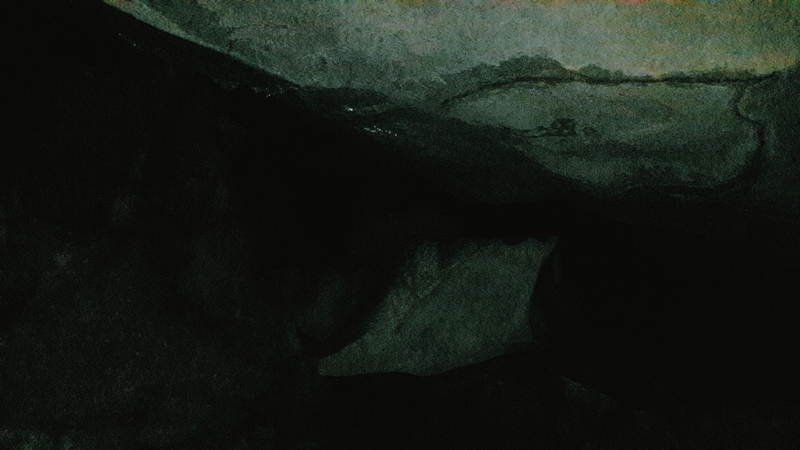
Another cave is the Pu Panta Hmi Cave. The first few photos in the review I took were of me standing alone in front of the cave. This is the cave where many skeletons and tools of ancient humans were found. I asked again, "Why is it called Pu Panta Hmi?" My father told me that there used to be a man named Pu Pan who was killed by a tiger and eaten in the cave, and then a bear ate the remains. I immediately wondered if the skeleton was Pu Pan's. The skeletons have all been excavated and are now in the Ban Na Tong Museum. I then rode on the back of my father's motorbike to see them again at the temple.
Upon arriving, my father entered the temple. He moved around the area with ease, so I hesitated to follow him. The temple was filled with ascetic monks who were staying there. The kind monks informed us that they had leftover rice from their alms bowls, which we could take. My father took a small amount, explaining that he would feed it to the animals.


How does the Fine Arts Department assess the age of artifacts? I'm interested in studying this field. How do they know that an artifact is 4,500 years old?

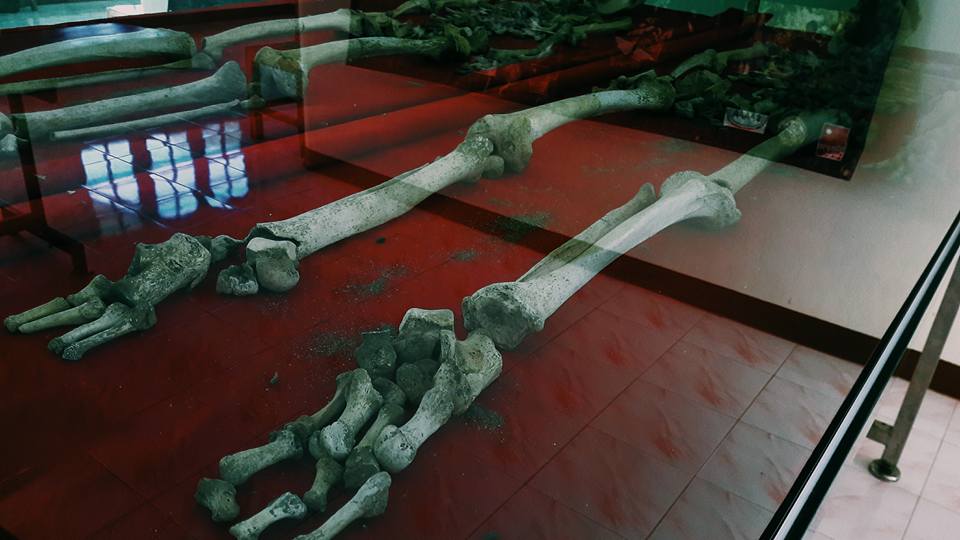
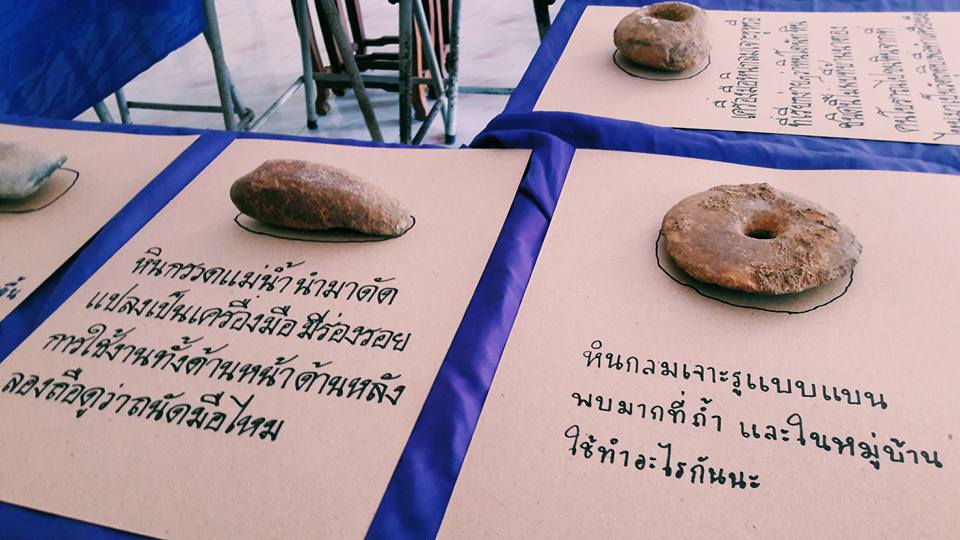
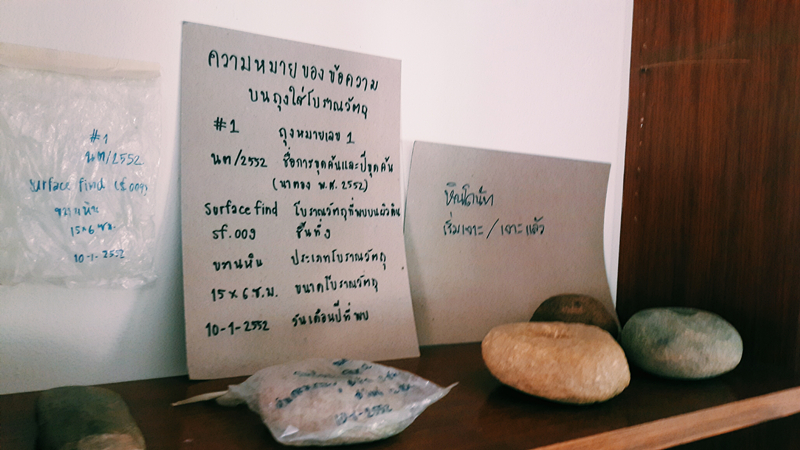
The Pululu turtle, once a symbol attracting tourists to the village, is now rarely seen. The turtle statues at the village entrance are a reminder of its former presence. Villagers report that the turtles have been sold or stolen, leaving only small ones hiding in ponds. Larger turtles are scarce, but even the small ones are valuable, fetching prices of 2-3 thousand baht. These rare turtles are found in streams and forests.
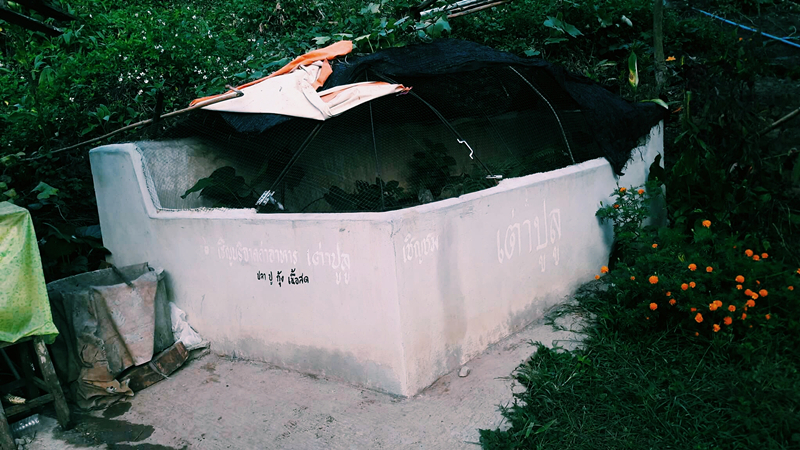
Instead of exploring the garden myself, I asked my father to give me a tour. He was very enthusiastic and clearly proud of his work. On the way to the garden, we passed an abandoned tobacco curing barn. With a little renovation, it could easily be transformed into a tourist attraction. It reminded me of the "Gau Mua" Lanna-style wooden house in Chiang Mai.
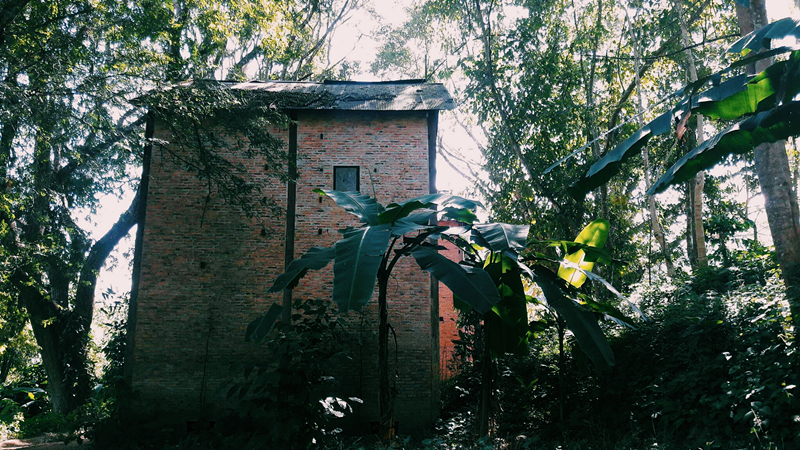
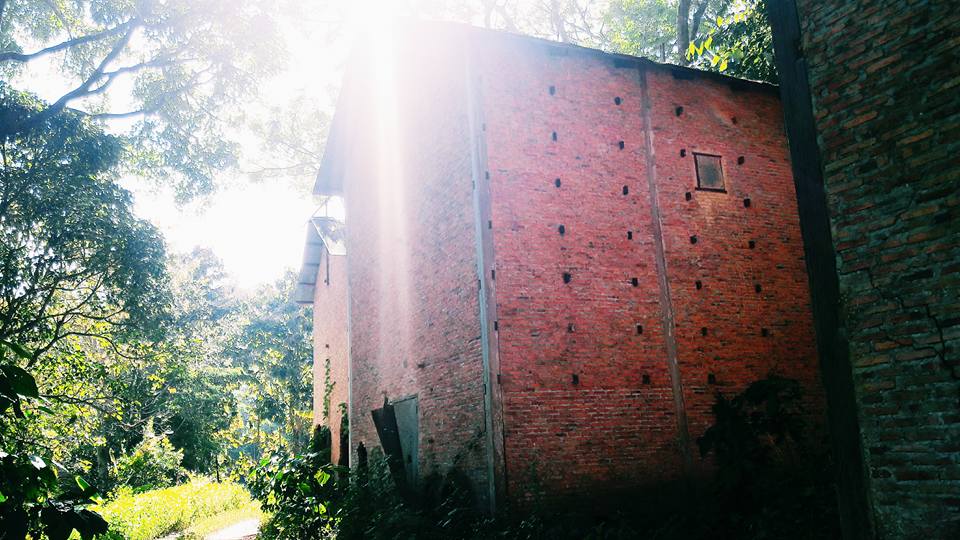
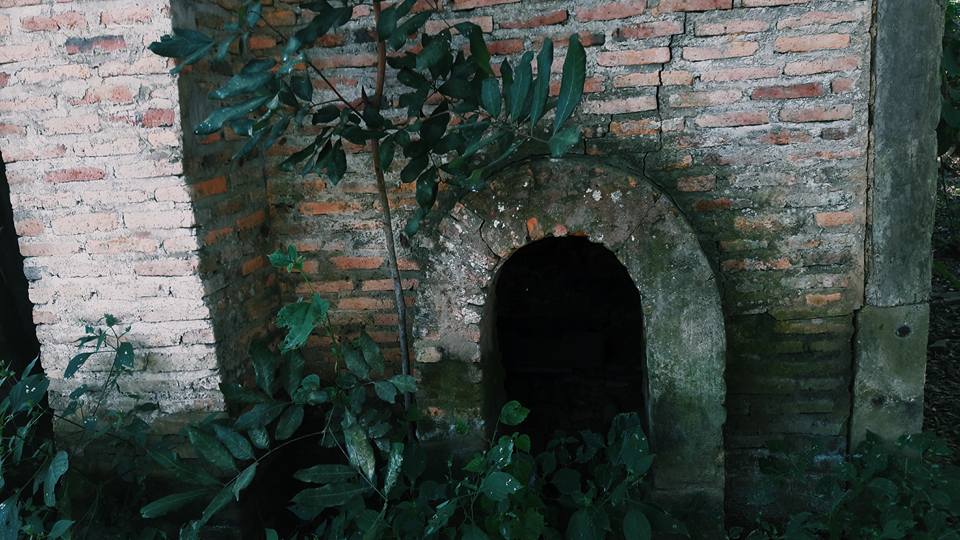
"Wait, Dad, are you serious? We're going up and down the mountain, wading through freezing water in the stream. Aren't you worried about the water getting on the spark plugs? When I asked if you've ever fallen during the rainy season, you said no! Because you're used to the path. But the person on the back is terrified! You keep taking us through the water. This garden is really far away."


This bridge is still being crossed, crossed again and again. Dad said that if more people come, he will take us to the garden. We will probably need a bigger boat, but the people who come will have to be tough. 5555
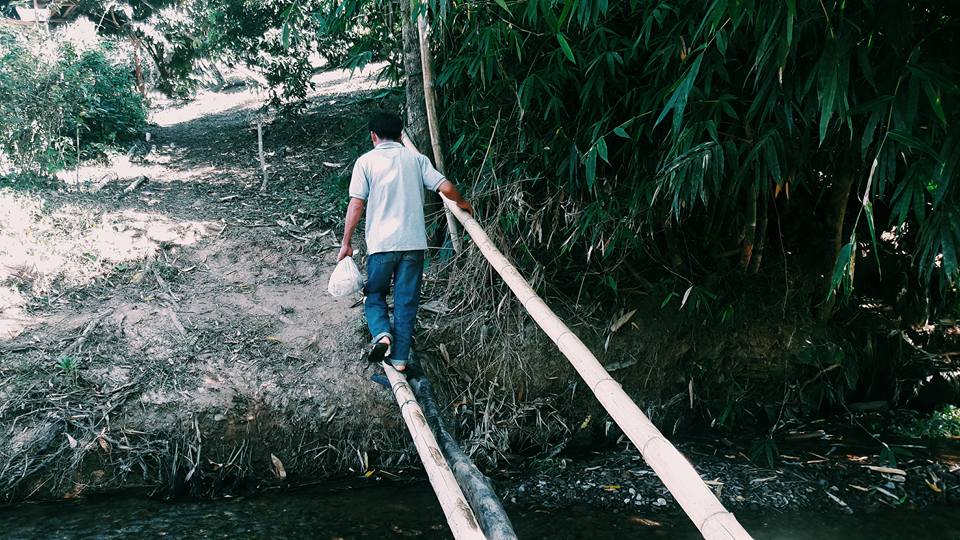
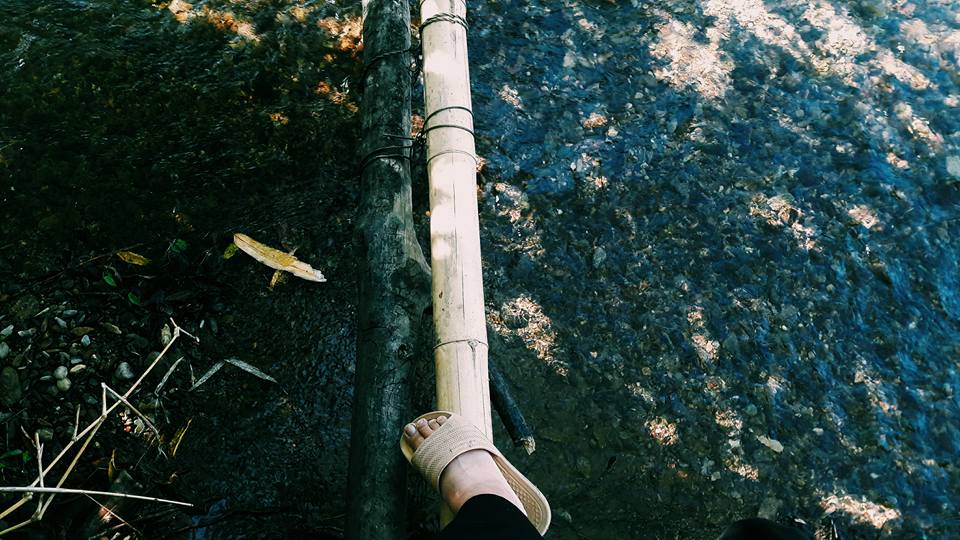
The fruit may be a bit small, but it is safe to eat as it is pesticide-free. I wouldn't dare to pick and eat it myself, as it was planted for sale and consumption. However, since the owner offered it to me, I quickly accepted and ate it. I wouldn't want them to take it back.
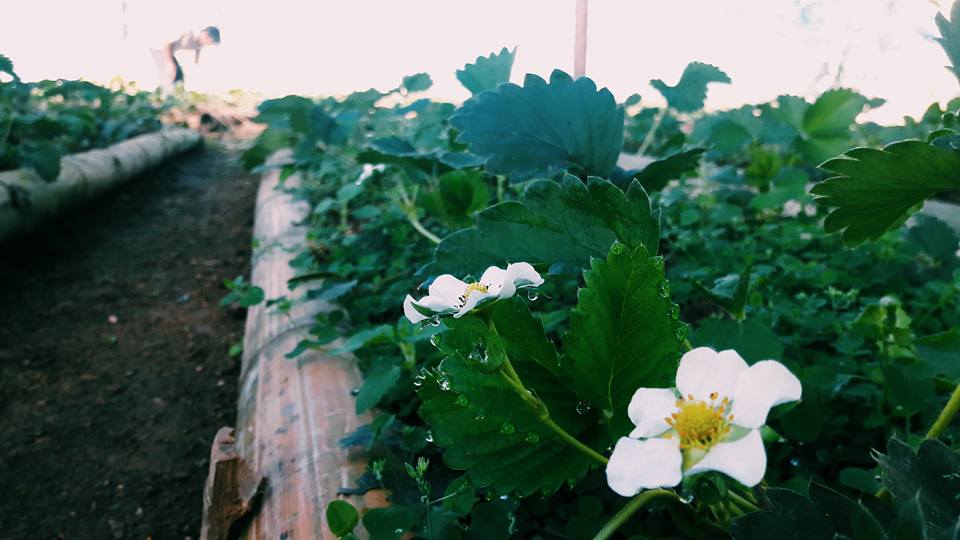


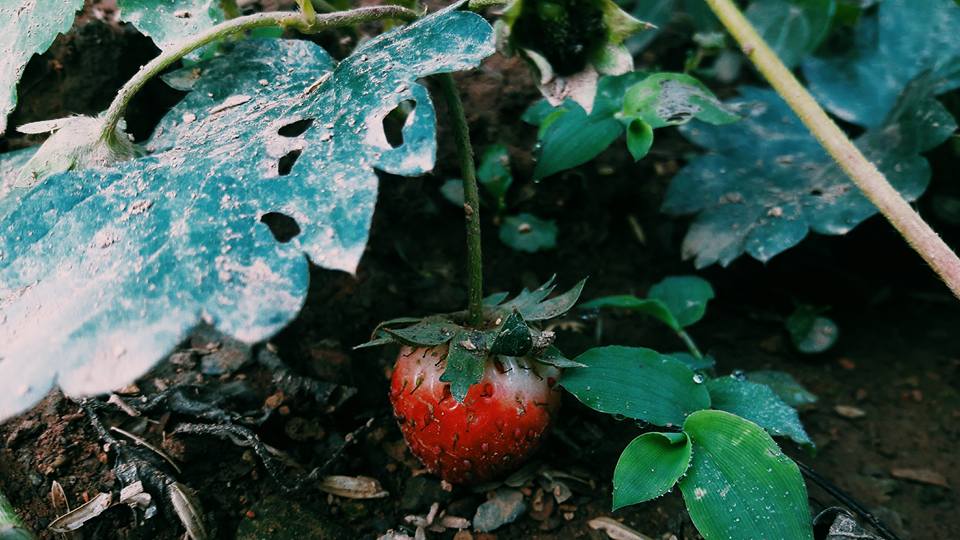

The garden is teeming with animals! Boonthing, the cat, always finds her way back even when released far away, so she has become the garden's guardian.
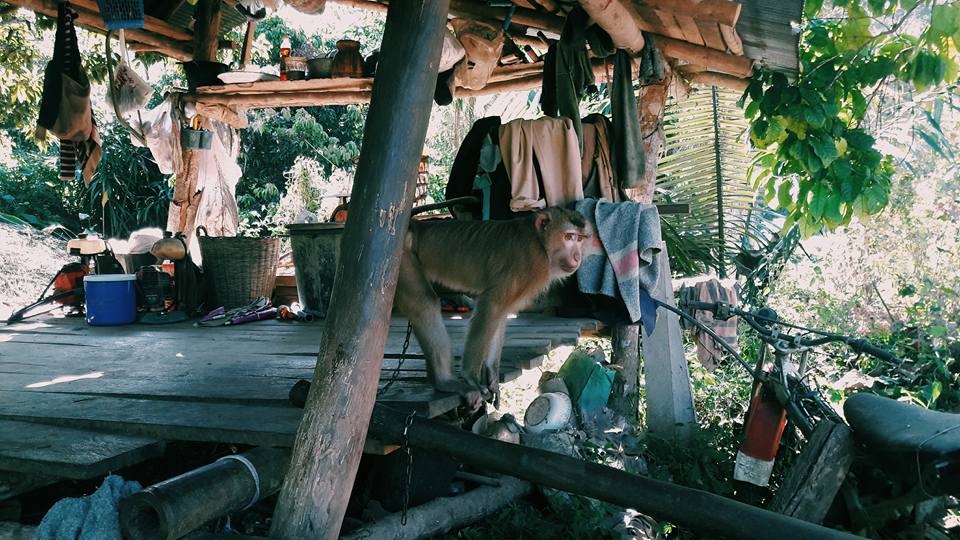
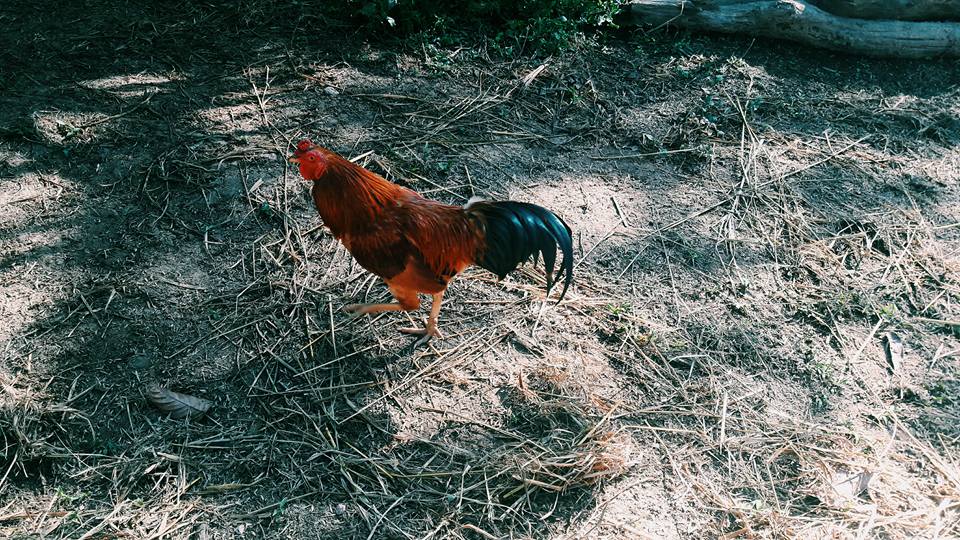
She seems very happy.
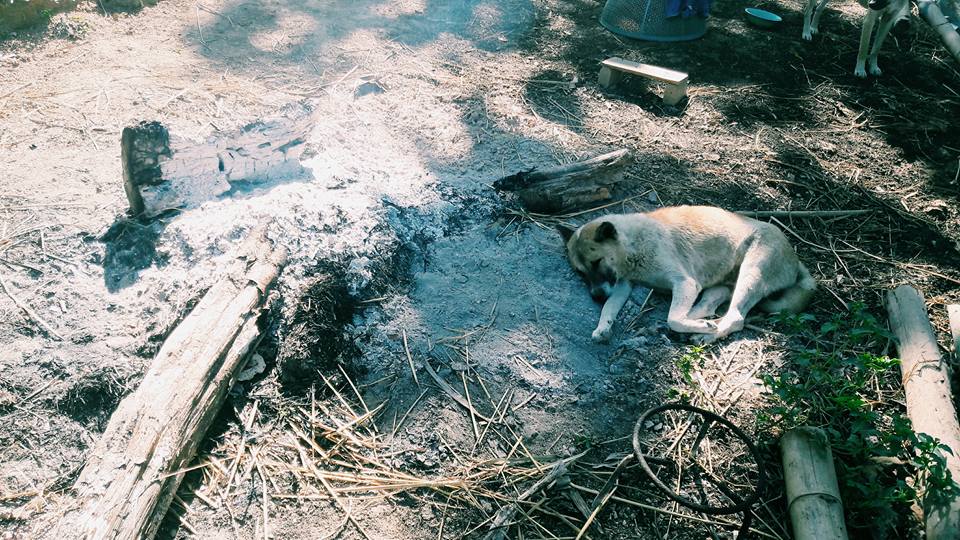
The dogs and I were eating the ripe papaya that my father had peeled for us. We were all eating like crazy. After my father finished peeling, he gave some to the dogs and some to me. We were sitting there eating the ripe papaya with the dogs. 555555 When the dogs finished their papaya, they looked at me with longing eyes as if to say, "Are you on a diet?"

The father pointed out the trees on the mountain, overwhelming us with information. He taught us about the farmers' way of life, showing us where the water comes from and how it flows. He explained what to plant in each season, emphasizing that it's not boring because we are farmers' children too. His lessons were both informative and engaging.
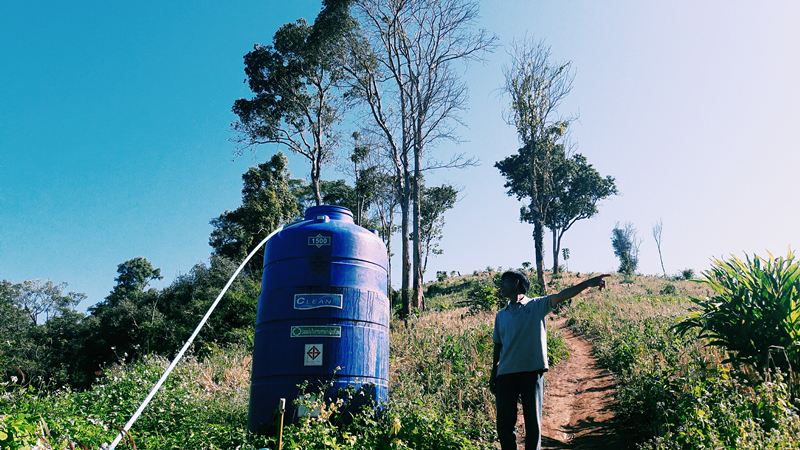

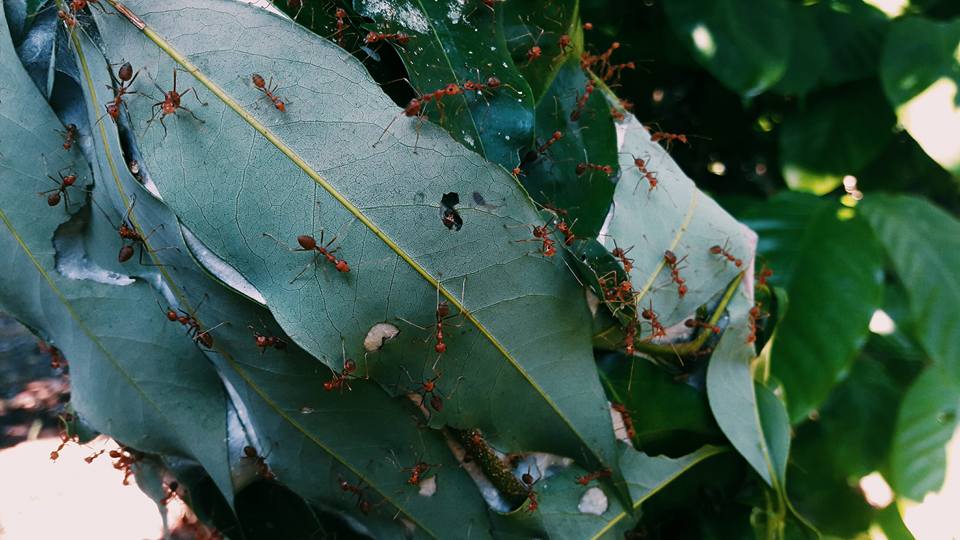
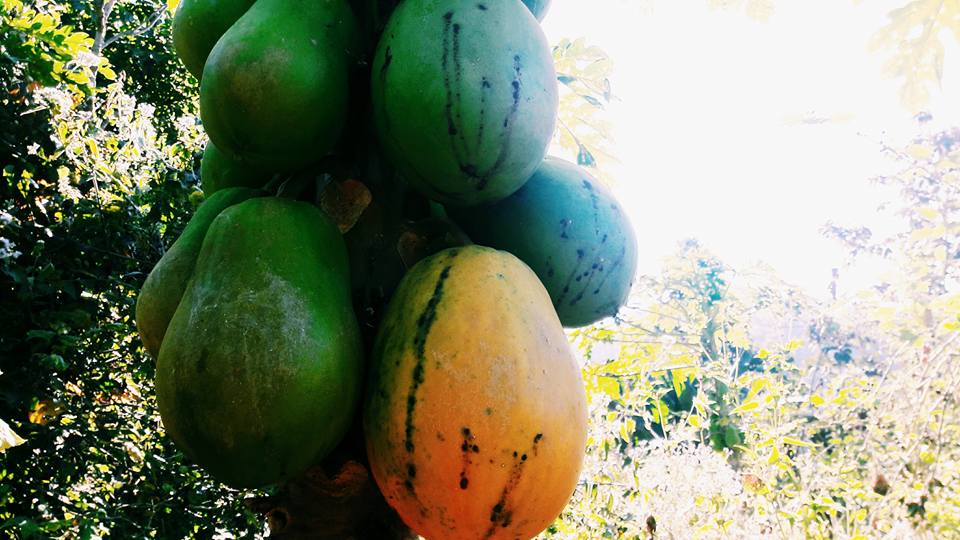
The trip to Ban Natong offered a wealth of benefits, including knowledge, a slower pace of life, and genuine friendships. Local residents shared stories that are not readily available online. The fresh air was a welcome change. My father informed me that January is the coldest month, with temperatures dropping to 5-6 degrees Celsius last year. Even a few days before our arrival, the temperature was 7-8 degrees Celsius. The cold was not accompanied by fog, but rather a bone-chilling chill due to the abundance of trees. Early mornings were particularly chilly, with our breath visible. I would love to return to this place, where I truly experienced the concept of slow living. The lack of phone connectivity for a day was a refreshing change.
This place is pristine and untouched. We don't want anything to disturb it. When visiting, please be a responsible tourist. This is a place for sustainable tourism, encompassing nature, history, religion, archaeology, culture, agriculture, adventure, and more.
Around 11 am, it was time to head back. I thought I might drive into town to pay my respects at the temple, but I didn't think Ban Nakhu would be too far away, as it was only about 20 kilometers from the city center. I figured I could make it. Without hesitation, as soon as I left the Na Tong area, I turned on my GPS and started navigating.
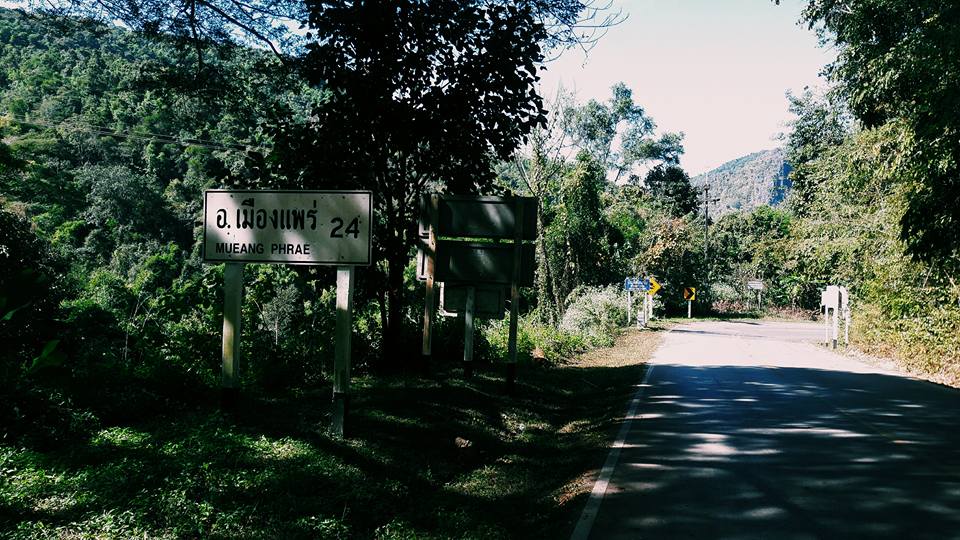
The journey to Ban Na Khuha was like navigating through a maze, with the signal disappearing as we approached the area, similar to our experience at Ban Na Tong. However, the breathtaking million-dollar views made up for the lack of connectivity. We decided to treat it as a scenic drive and spend a couple of hours before heading back. We didn't want to waste the trip and felt that these two destinations were best explored together. Although our visit was brief, the stunning scenery made for a memorable experience.
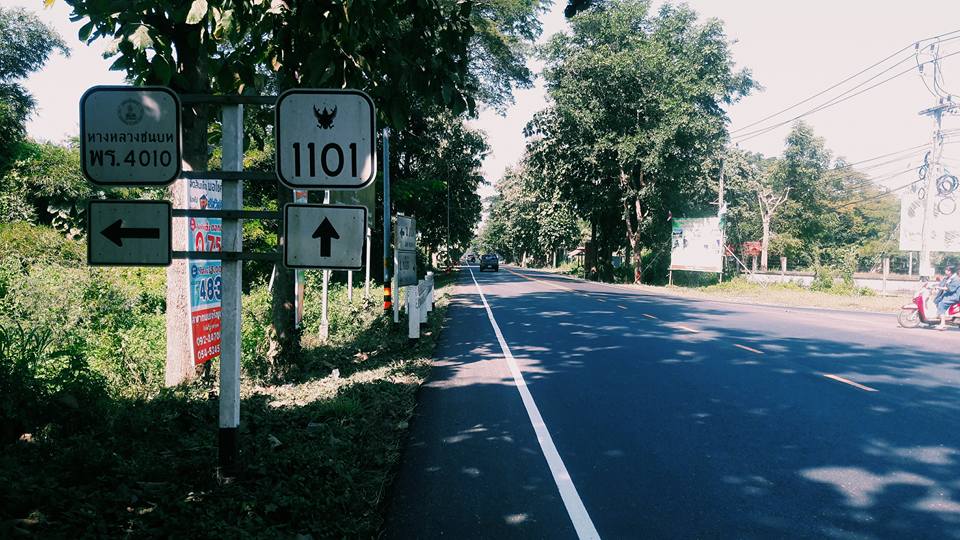
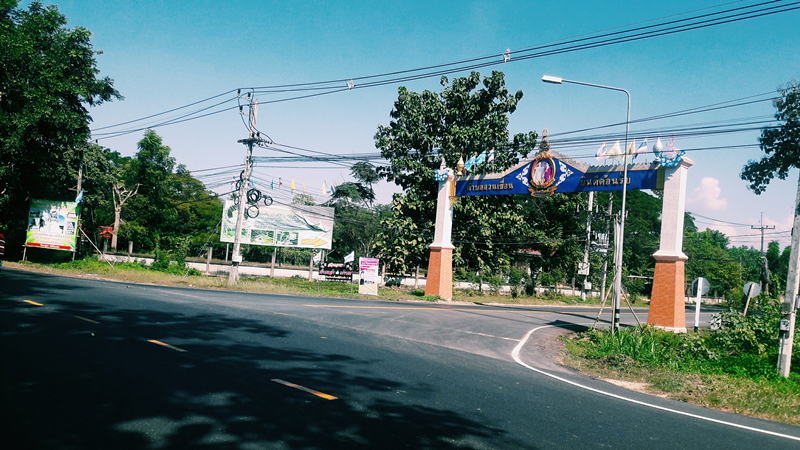
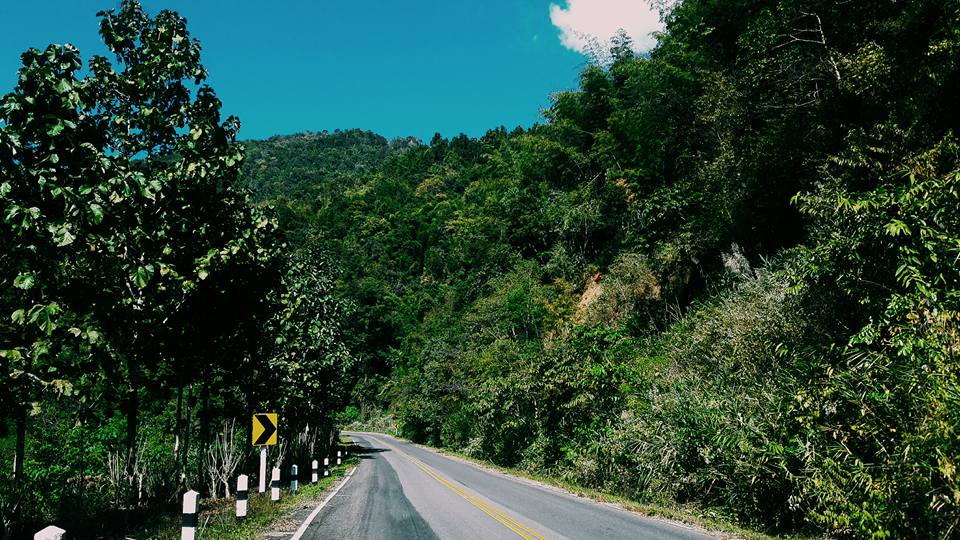
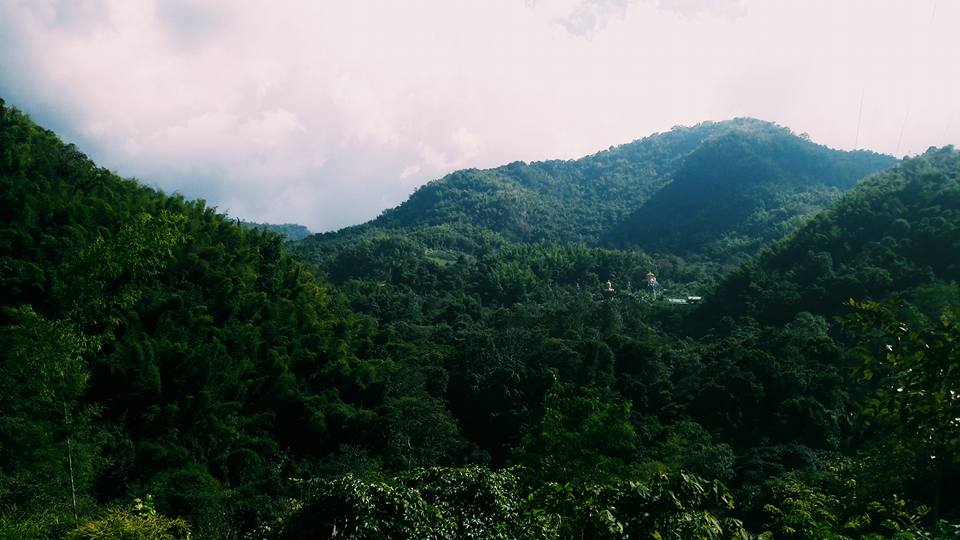
The frequent "3 kilometers" signs along the road caused confusion. Despite asking locals, the distance remained unclear. The narrator expresses amusement at the situation, having encountered numerous "3 kilometers" signs without making significant progress.

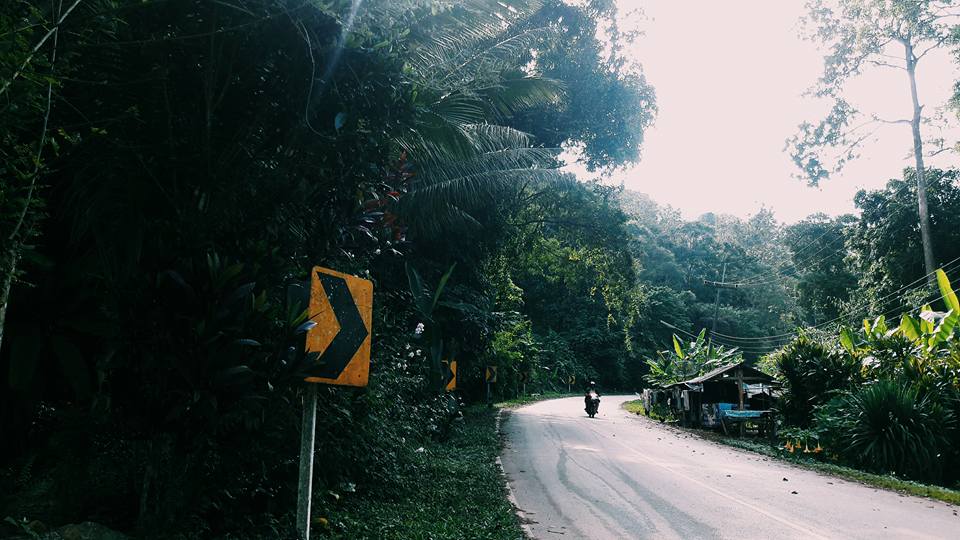
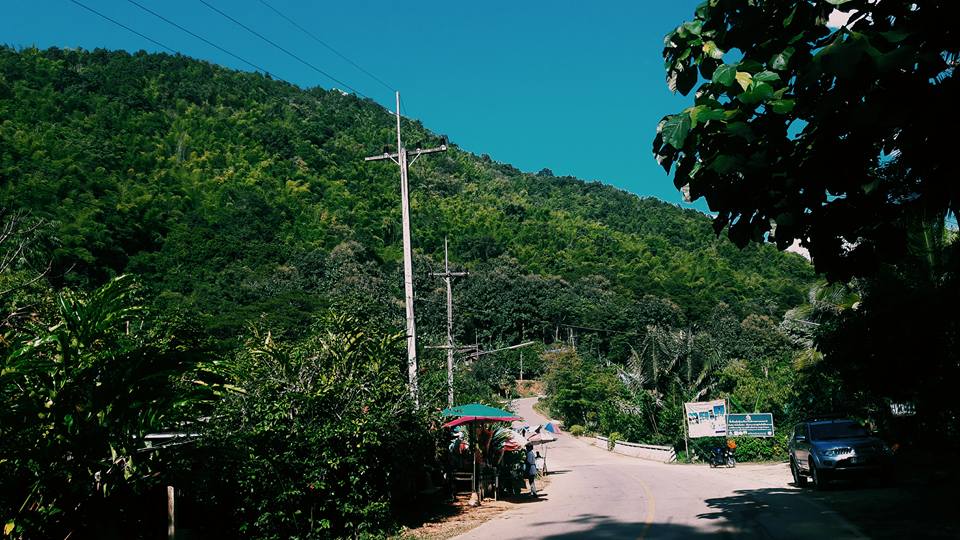
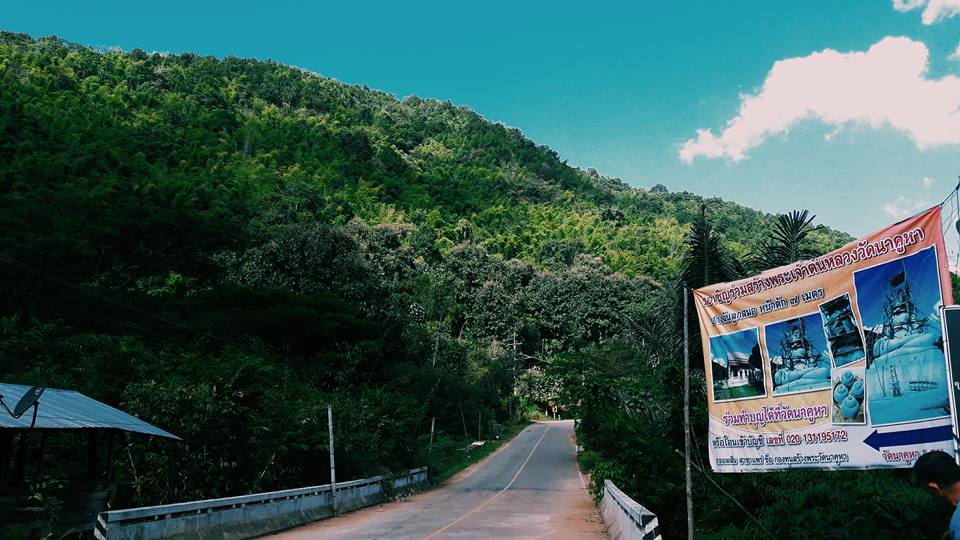
I came here to see the kiln, the highlight of this place, but unfortunately, it was being cleaned. It seems like I'm not destined to see anything today. Apparently, the "Thung Saengtawan" program just filmed here last week (according to the locals). There's also a homestay available, but you have to sleep in the same house as the owner. I talked to Uncle Charoenphon and got his number, but I accidentally reset my phone and lost all my data. Even if I still had the number, I wouldn't be able to contact him anyway because there's no signal here. I'll have to wait until someone from the village goes into town to make a call.
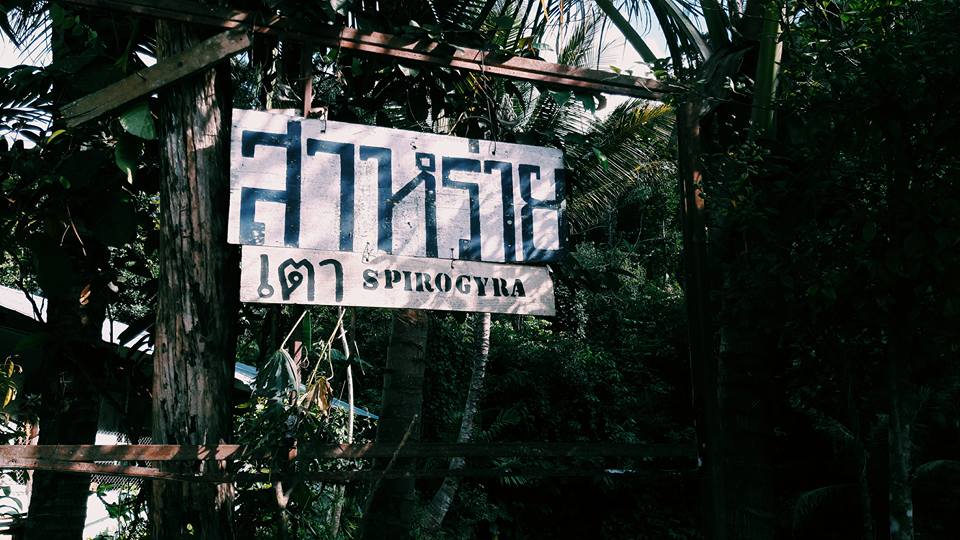
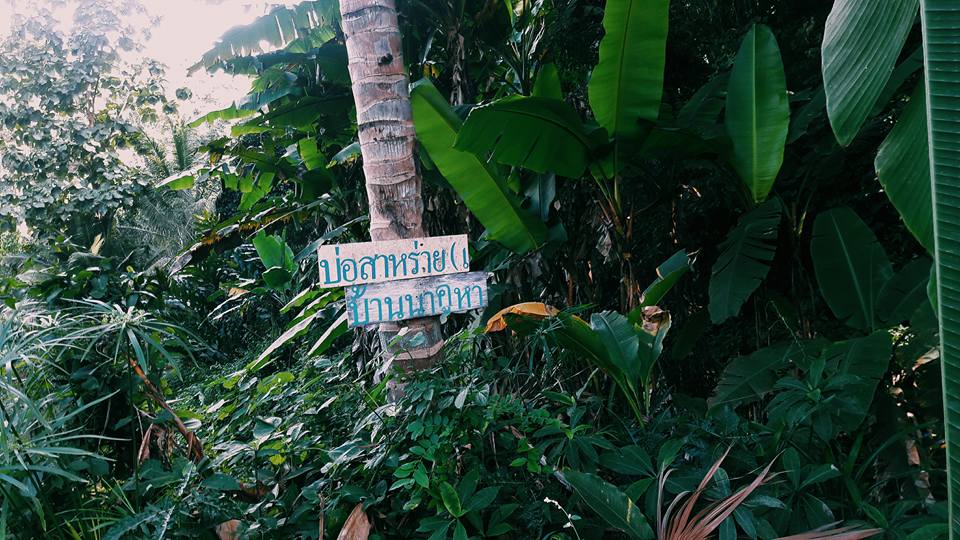
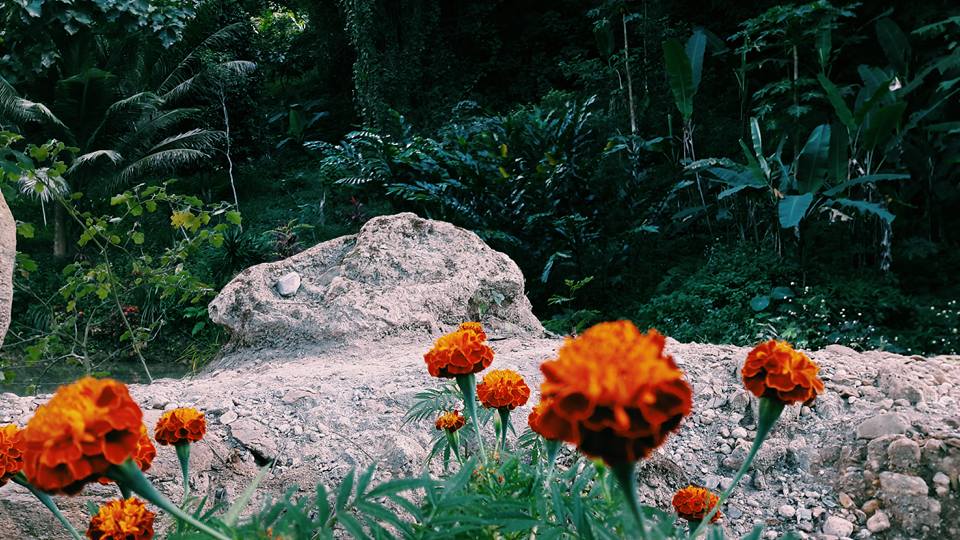


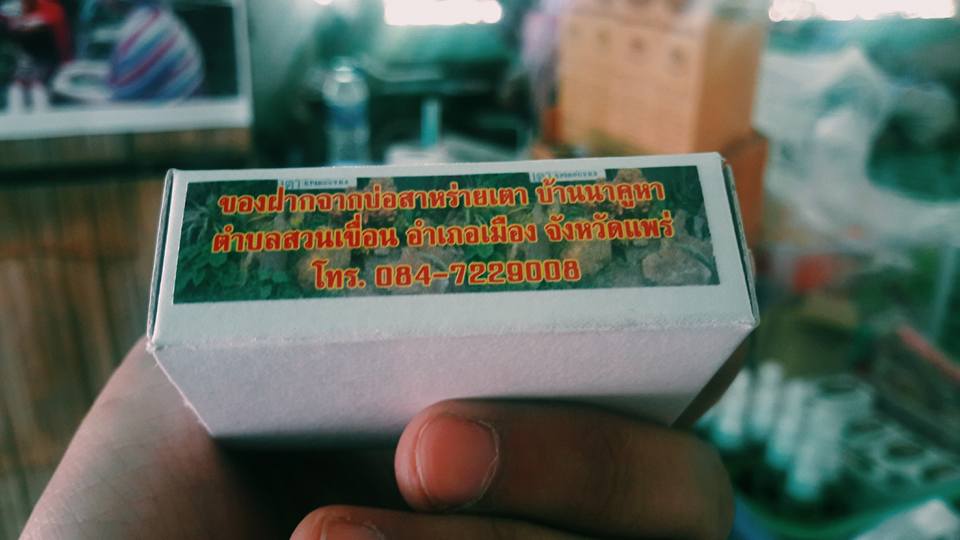
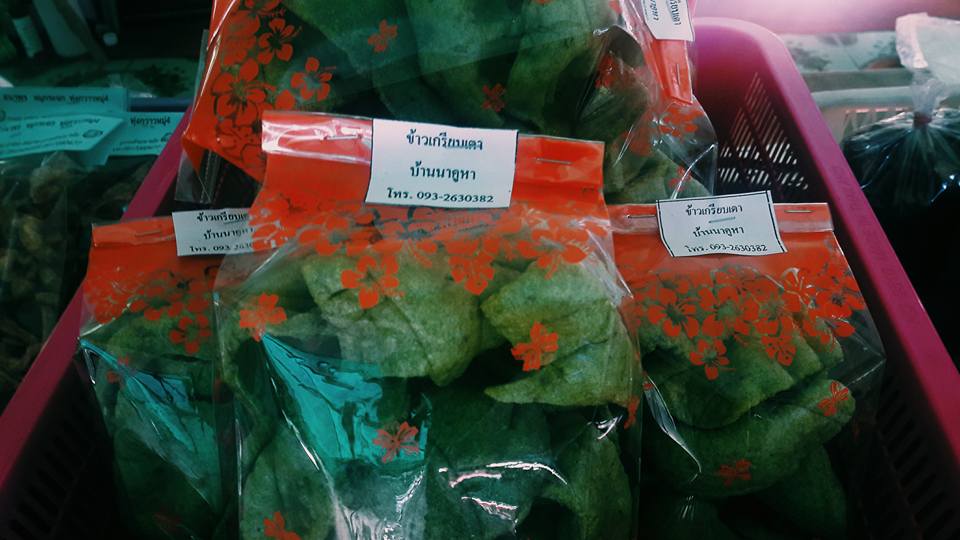
This is the ngam that they say we eat in the ngam salad at Ban Natong. It's delicious, just like mango leaf salad.
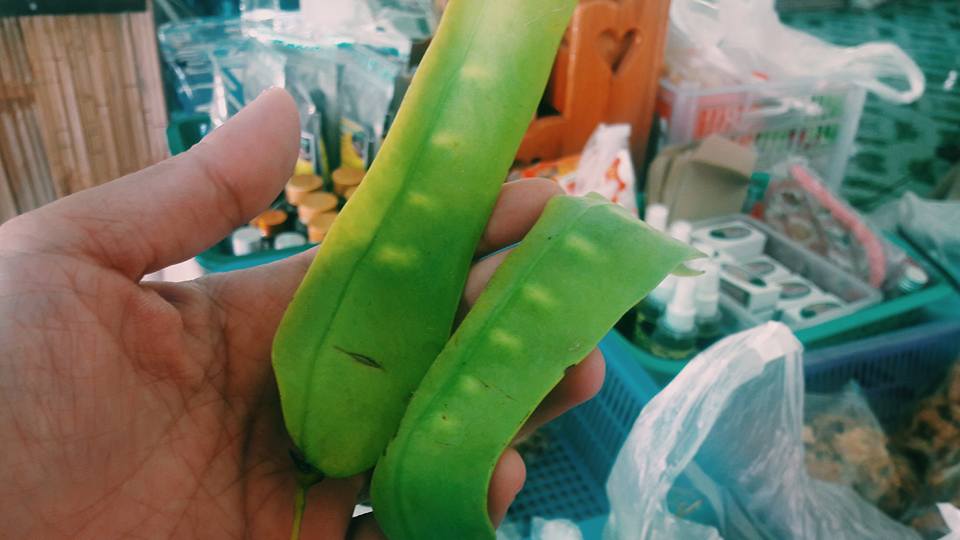
Wherever they go, they are always warmly welcomed by the host. This one is hanging on and won't let go. Well... do whatever you feel comfortable with, puppies.
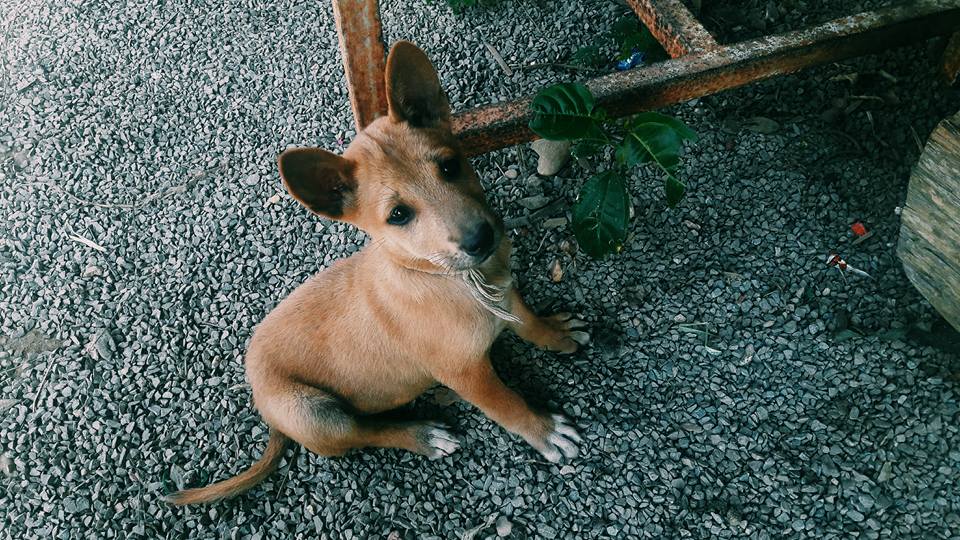

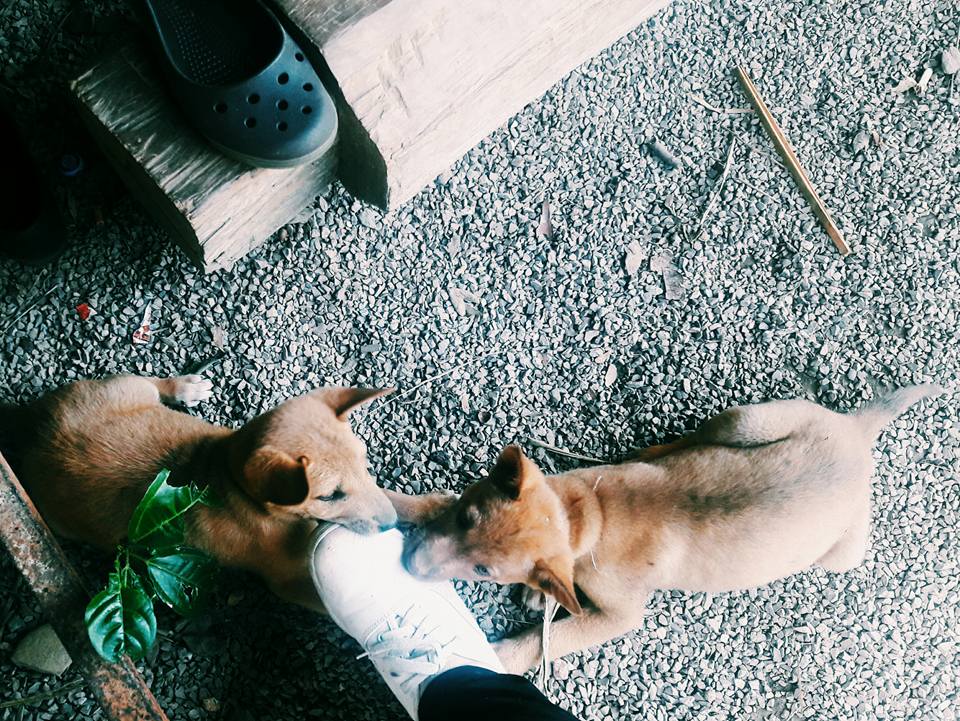
"Are you here alone?" they asked, surprised to see me arrive on a rented motorbike. I stood chatting with the friendly uncles and aunts who were helping to pick and harvest vegetables.
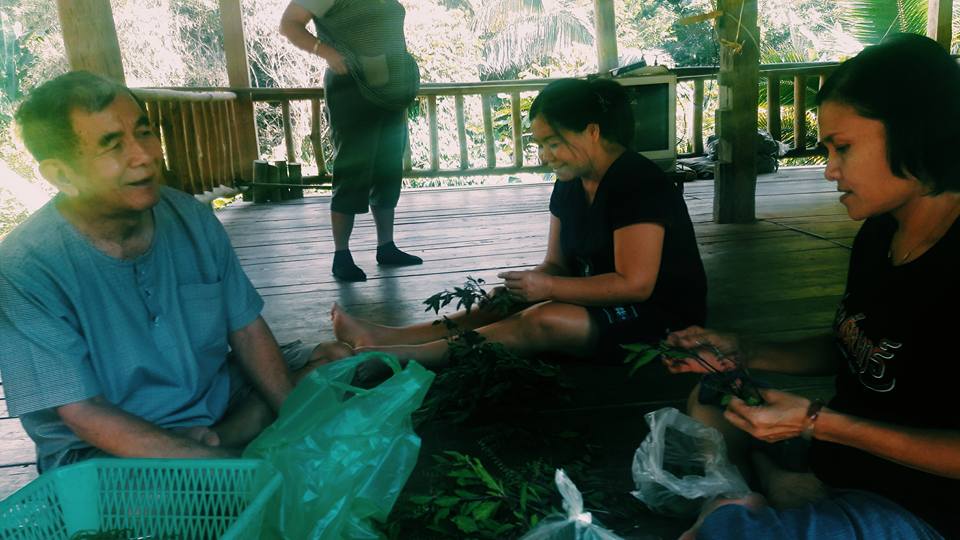
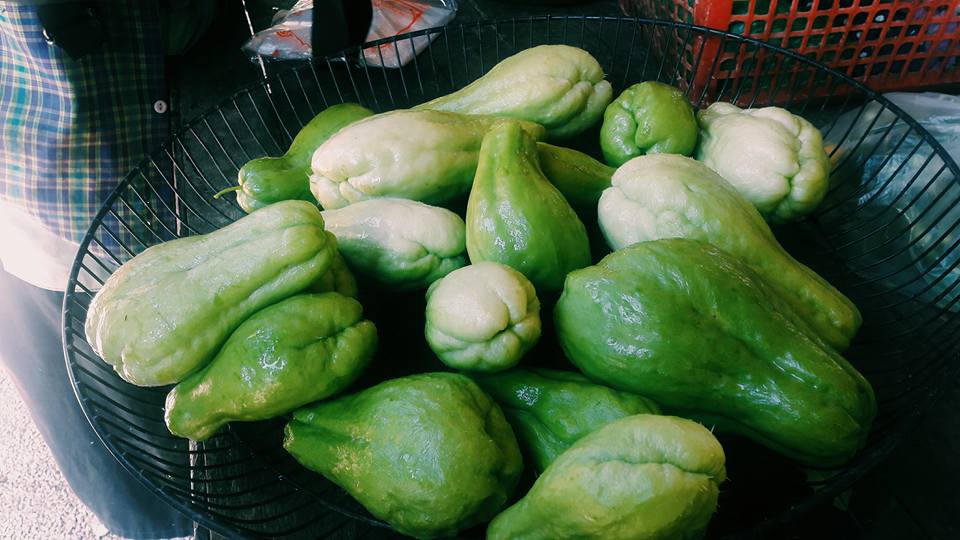
The village was eerily quiet. We didn't stay there, so we don't know much about the attractions. However, compared to other options, we believe Na Tong is a better choice as this area seems less interesting. Of course, there might be hidden gems, so we'll have to find time to stay here again. The only issue is the lack of phone signal.
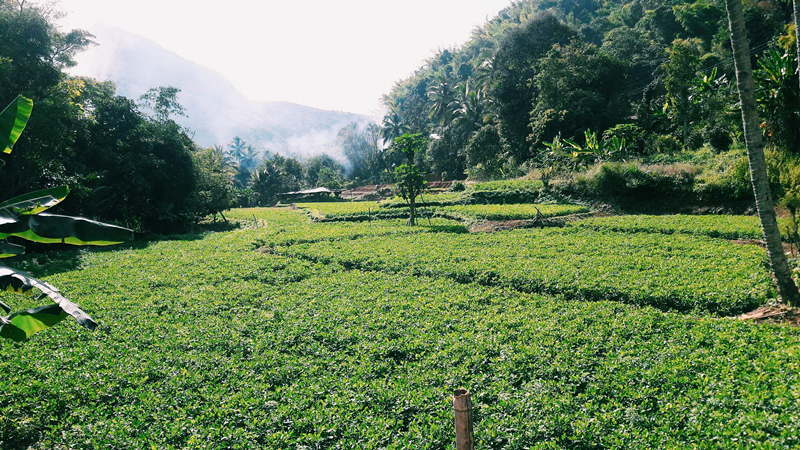
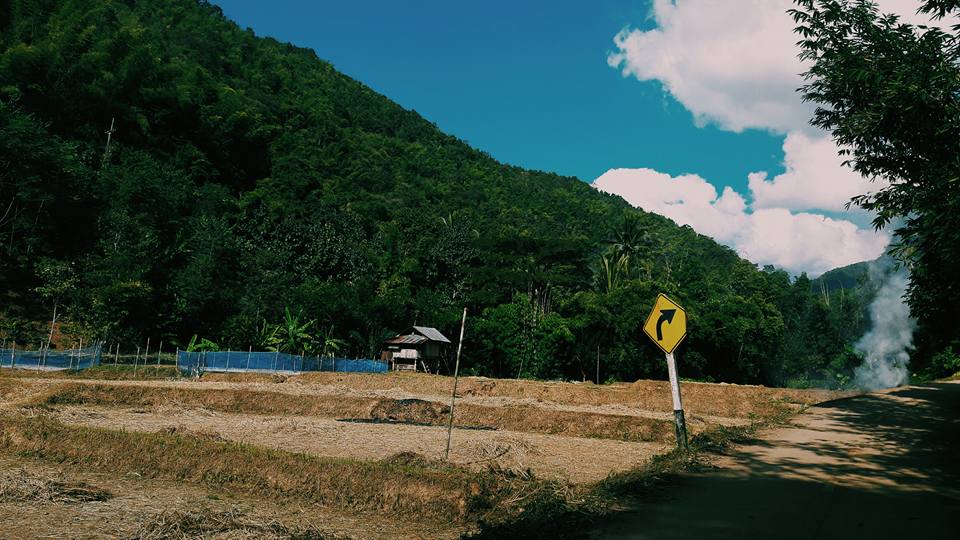
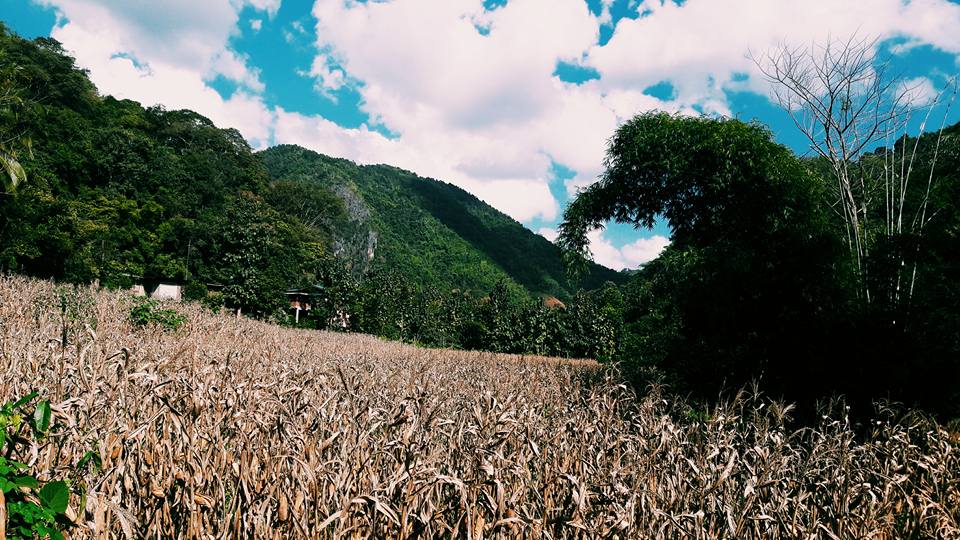
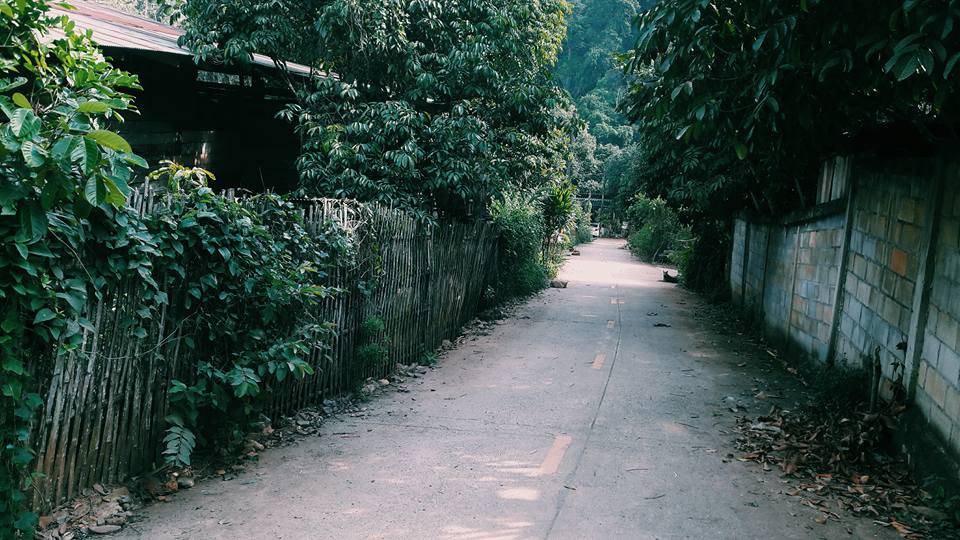
This is not an ordinary village, but a village in the mountains with such a view.
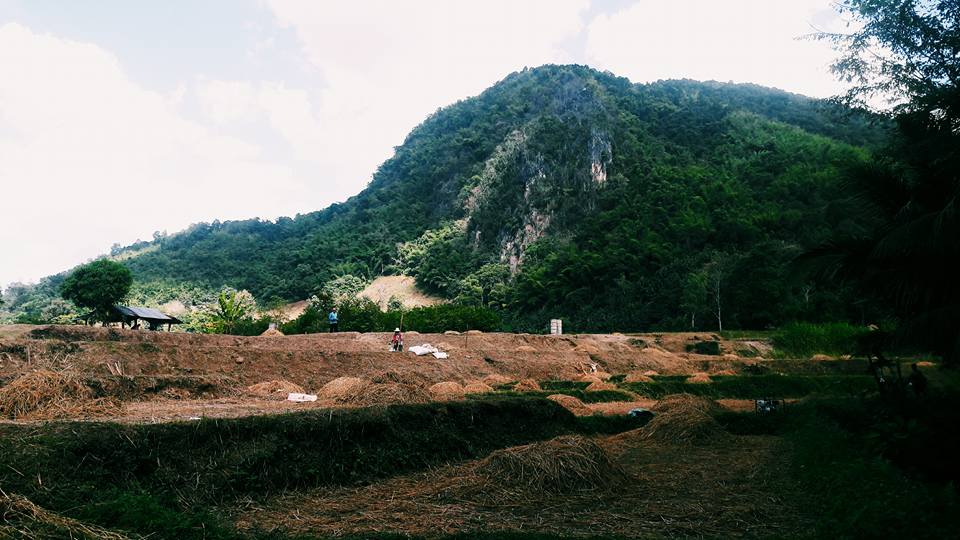
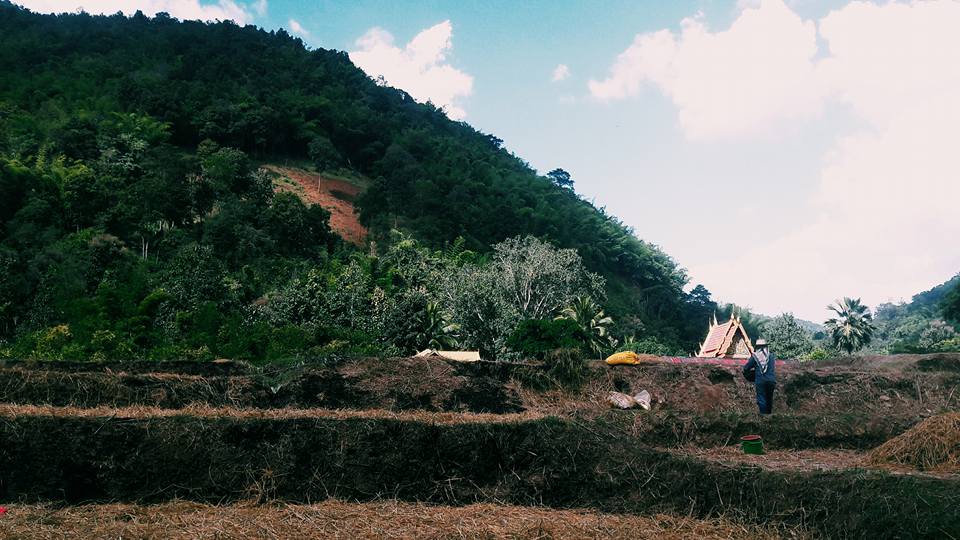
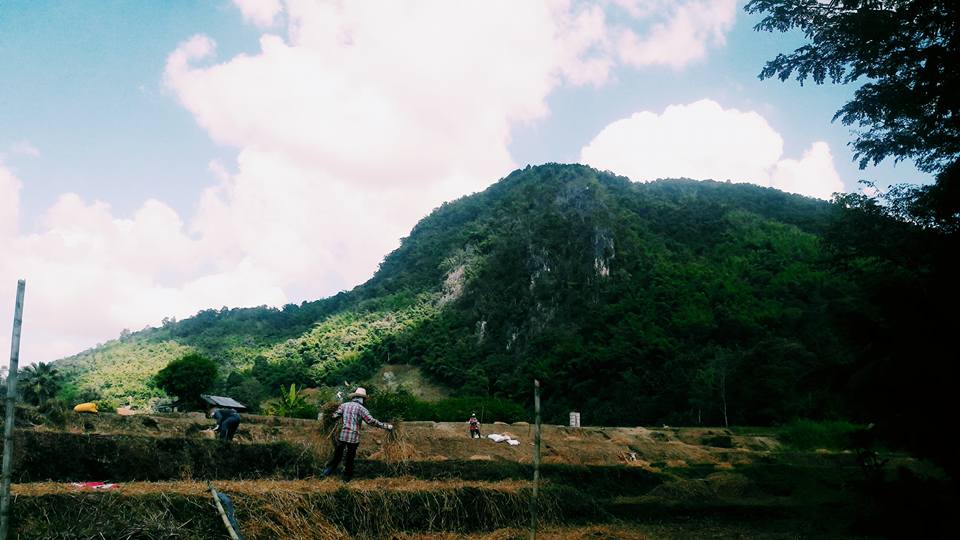
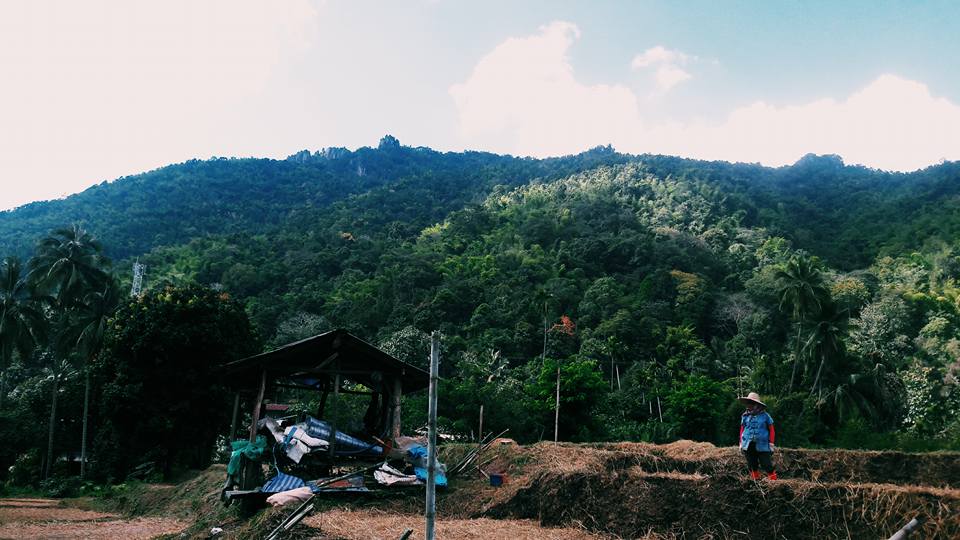

The water from the stream is crystal clear and extremely cold.
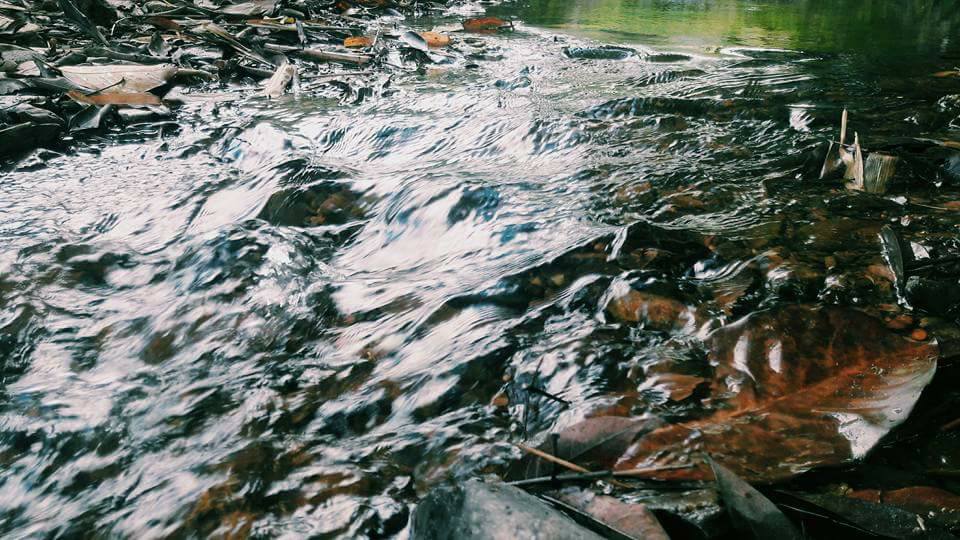
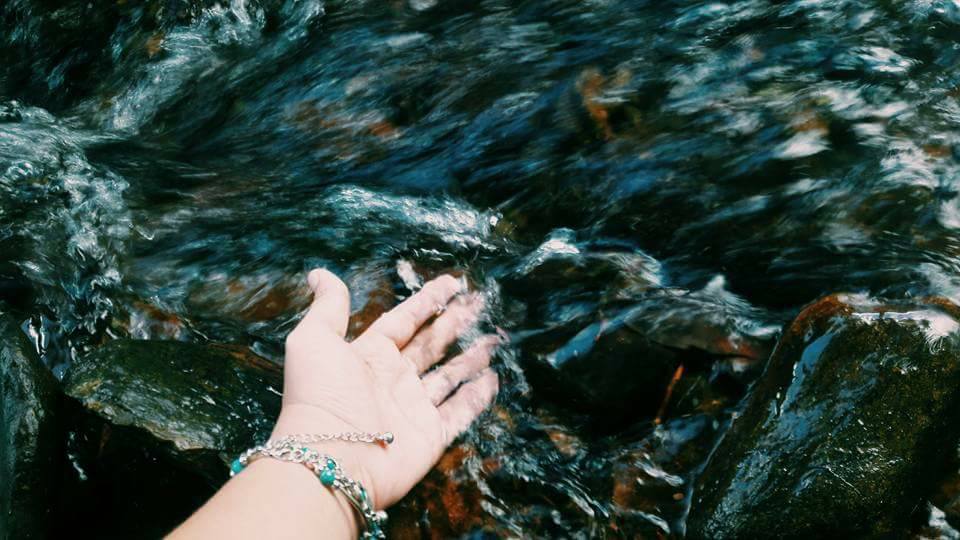
Local residents say that this is Pha Sing, a cliff that is scheduled to officially open on December 18, 2016, for tourists to conquer. Some people have already climbed it, but at that time it seemed like there was no good climbing path, so it was quite difficult. However, people were able to climb it and plant the national flag on top. Now we know about another interesting new tourist spot. It's very beautiful and the air is very good.
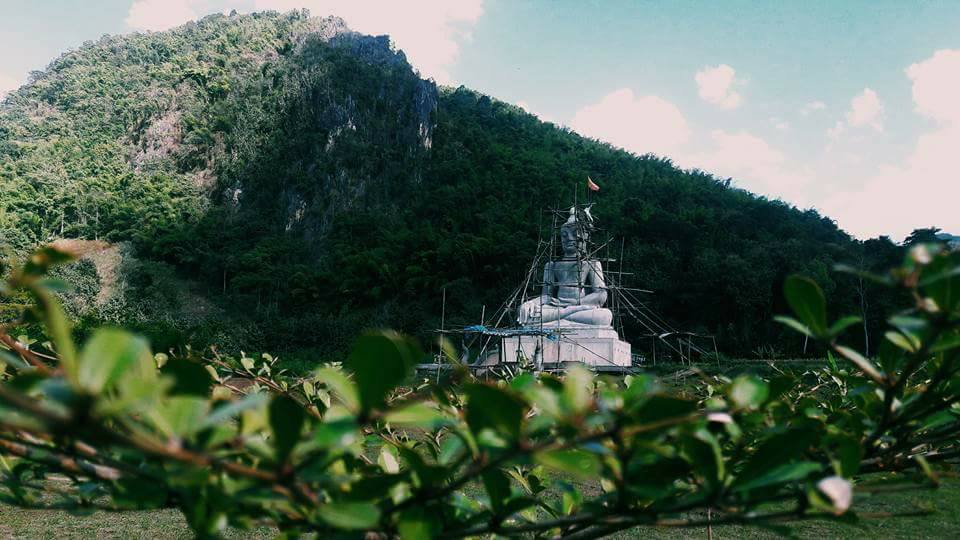
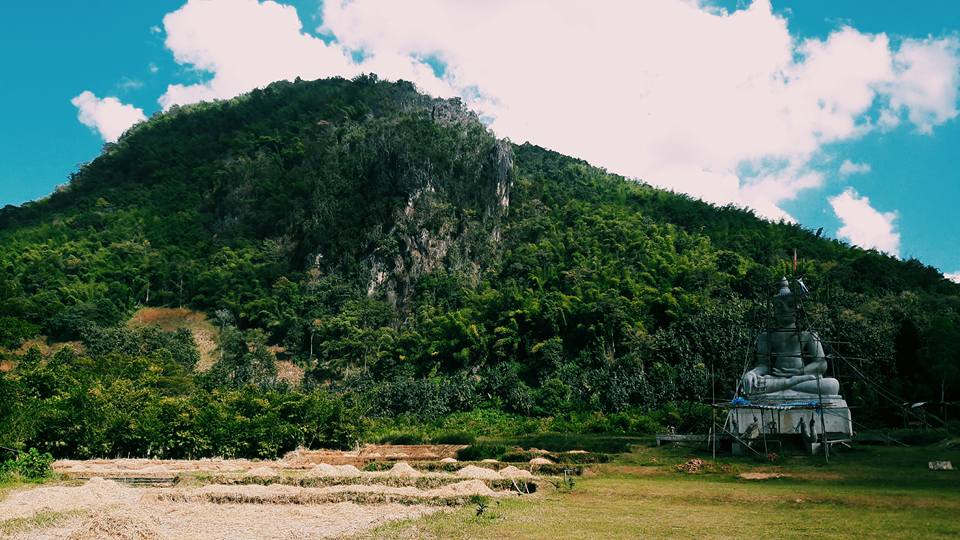
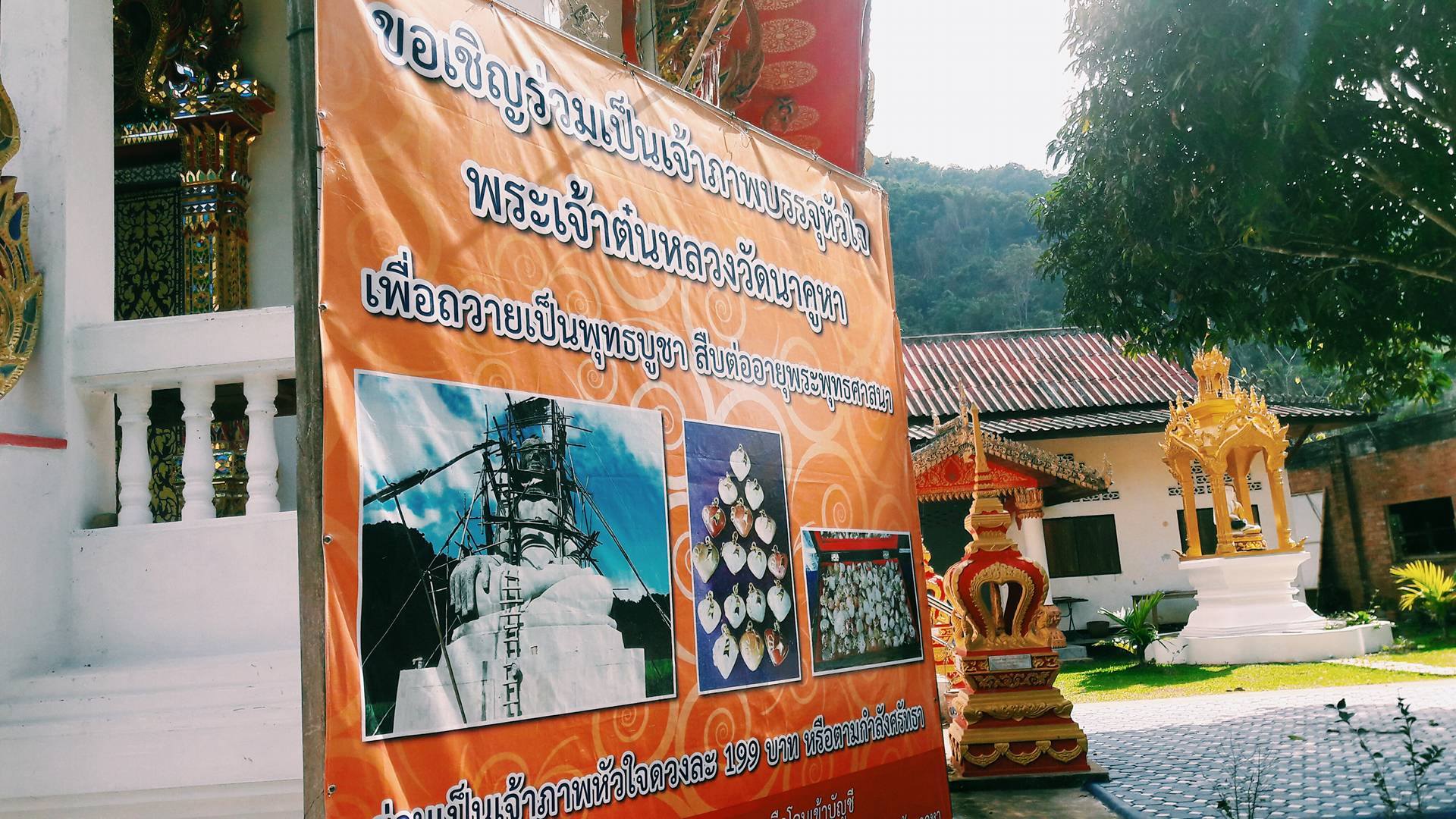
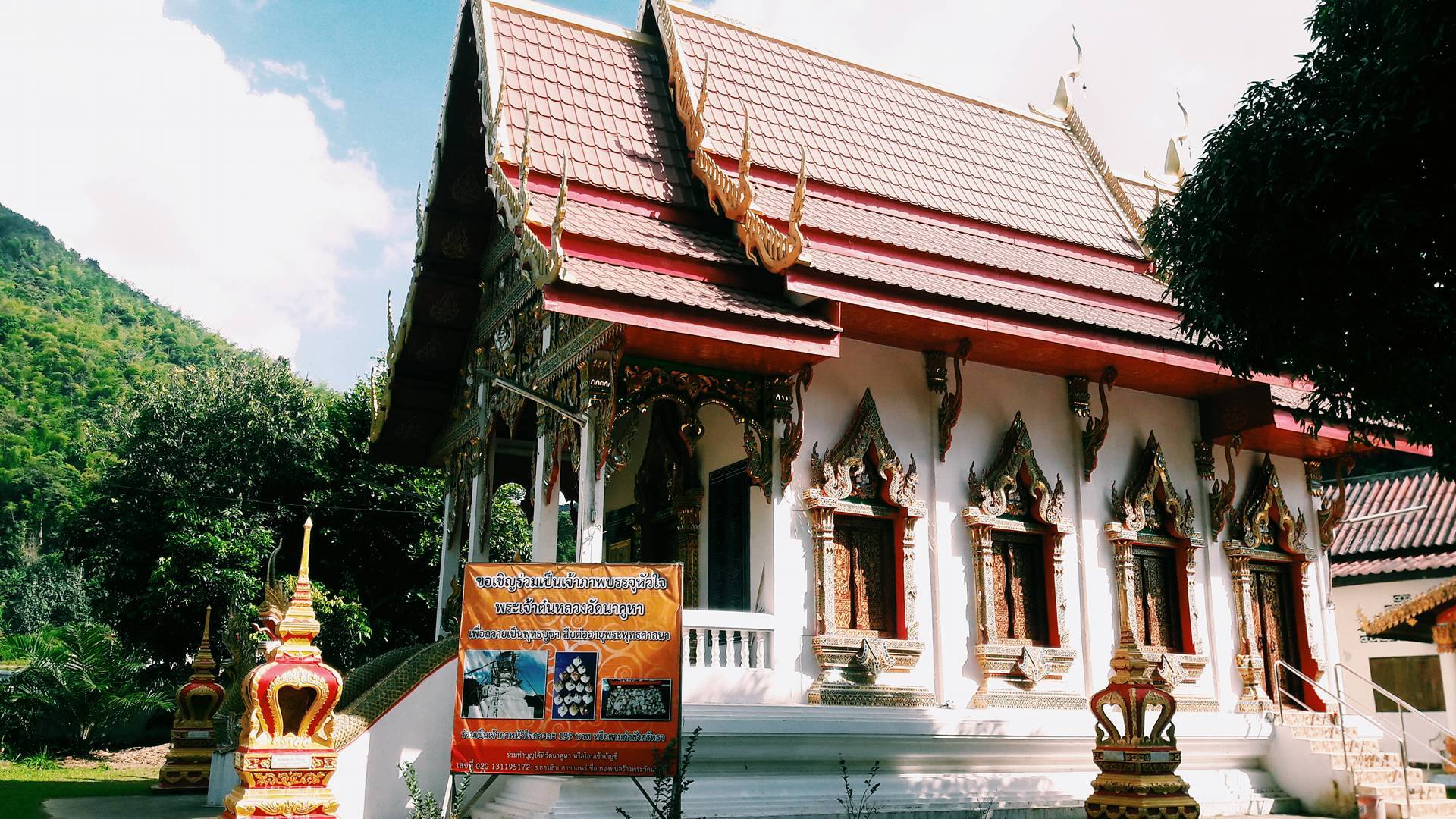
Time is running out. We need to leave quickly. It's already afternoon when we leave Ban Na Khok. We will definitely be charged an extra day for returning the motorcycle late. So we stopped by the Phra That In Hang temple. If you want to visit the Phra That In Hang temple, you can take the same route as Ban Na Khok. The temple is located before the entrance to the village. The view is very beautiful.


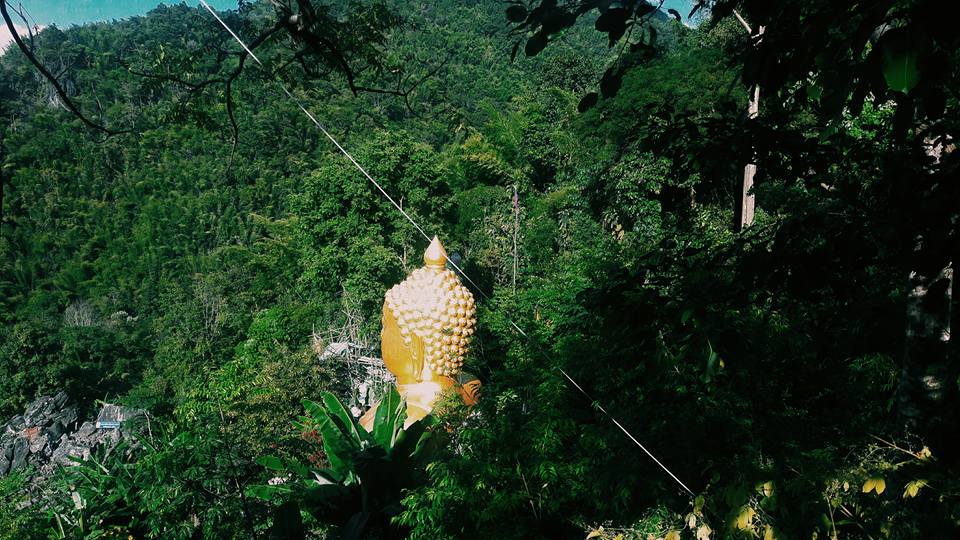
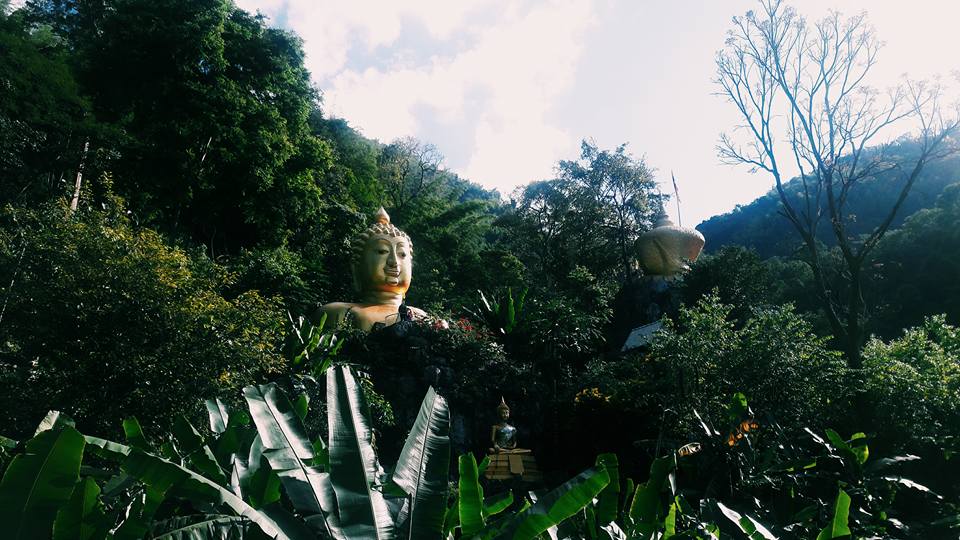
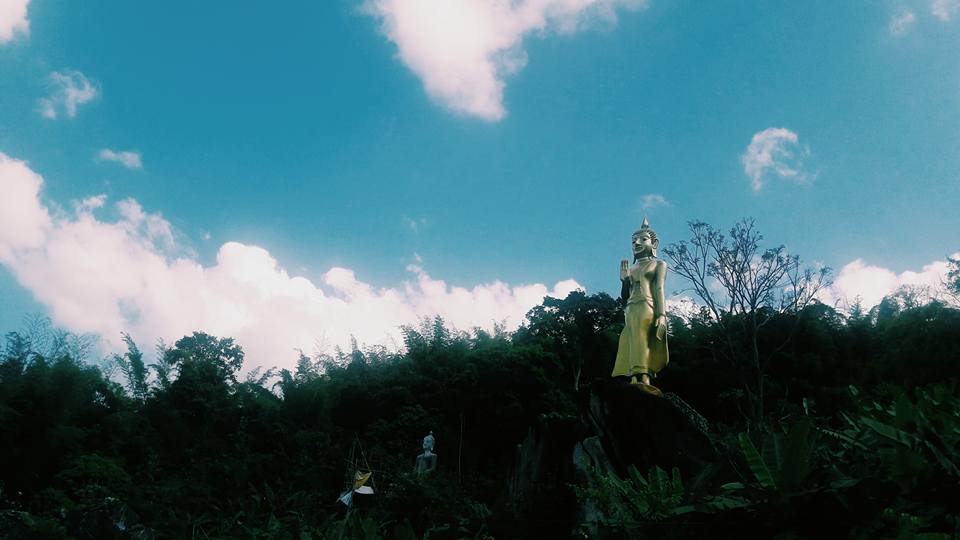
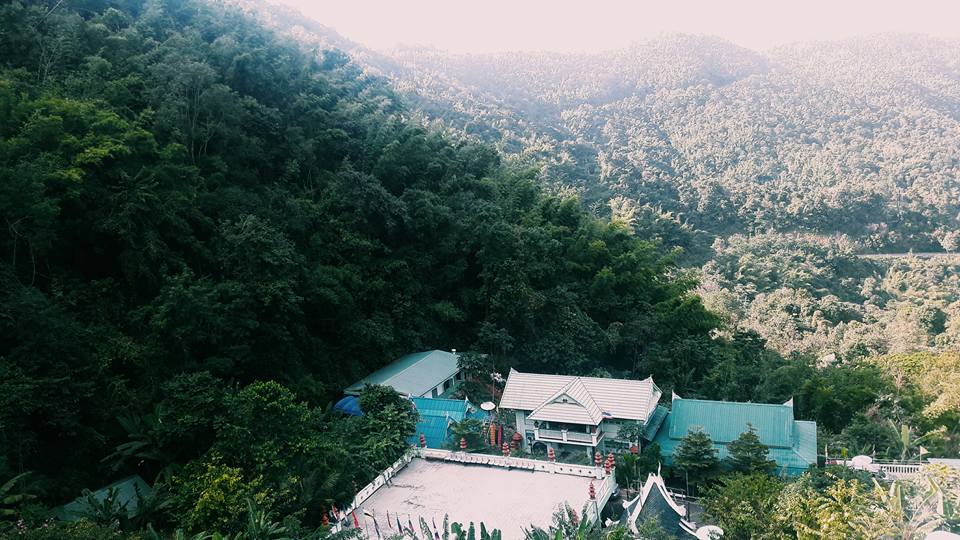

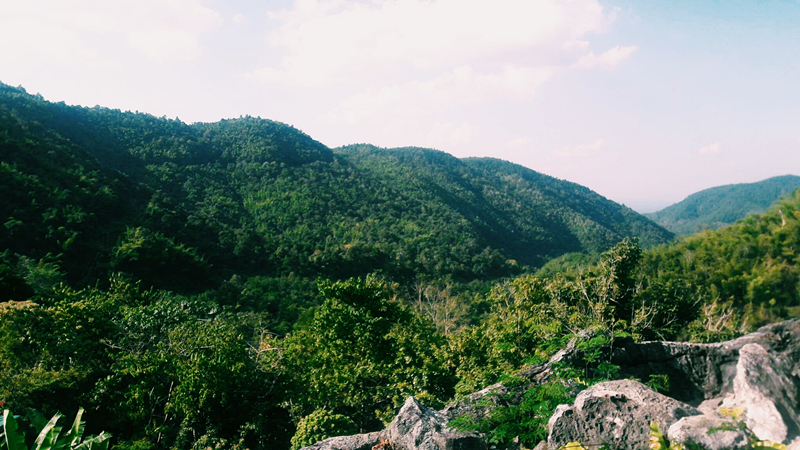
Having just left, they couldn't resist stopping by again. They paid their respects at the local shrine, a ritual they never miss. It remains to be seen whether they will make it back in time for the 7 pm train.

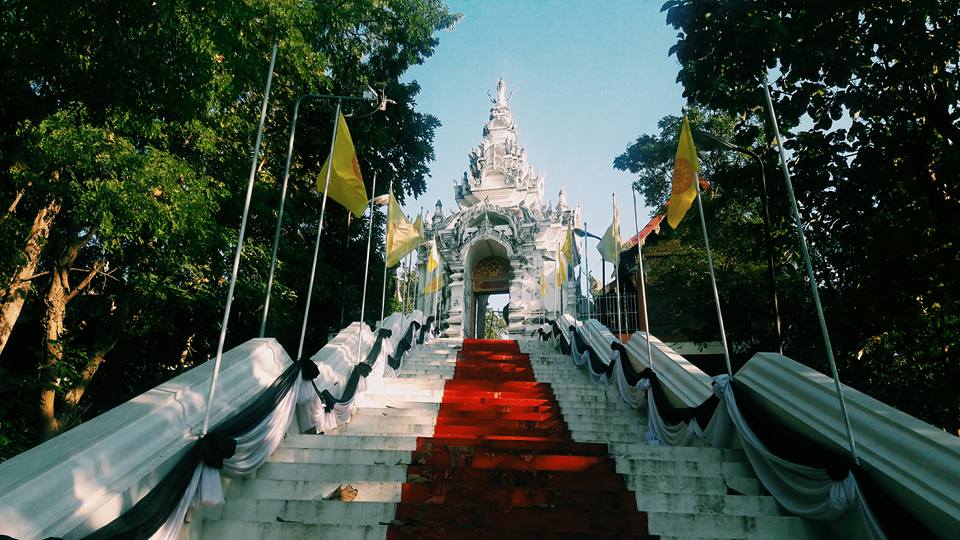



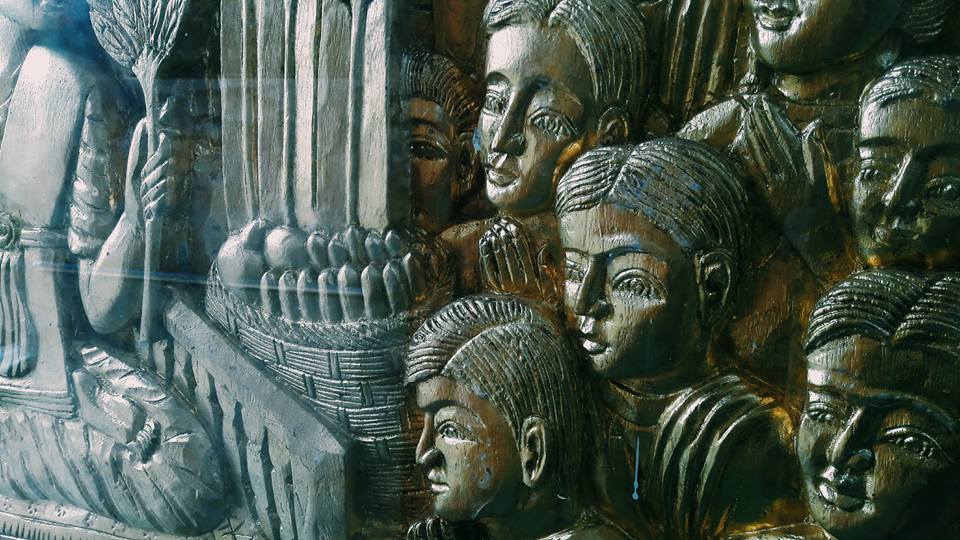

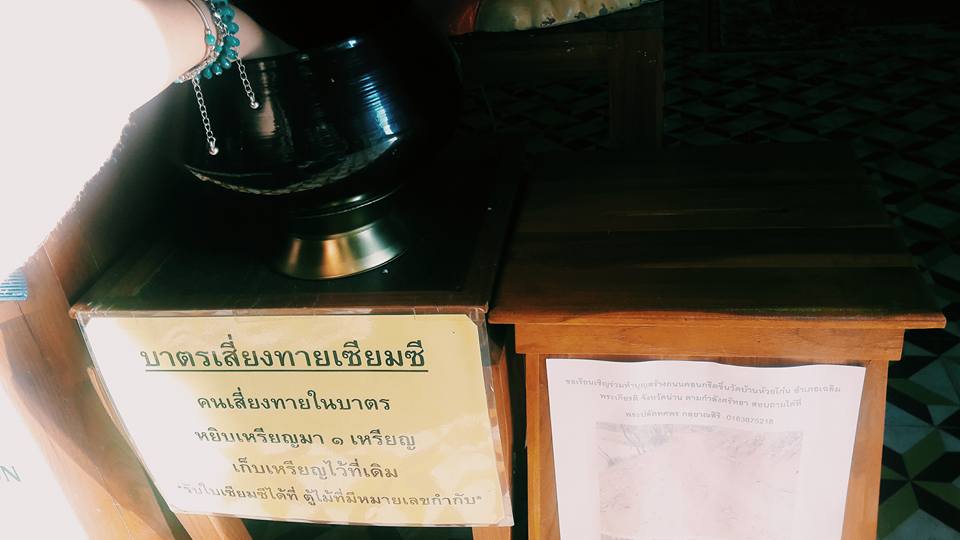
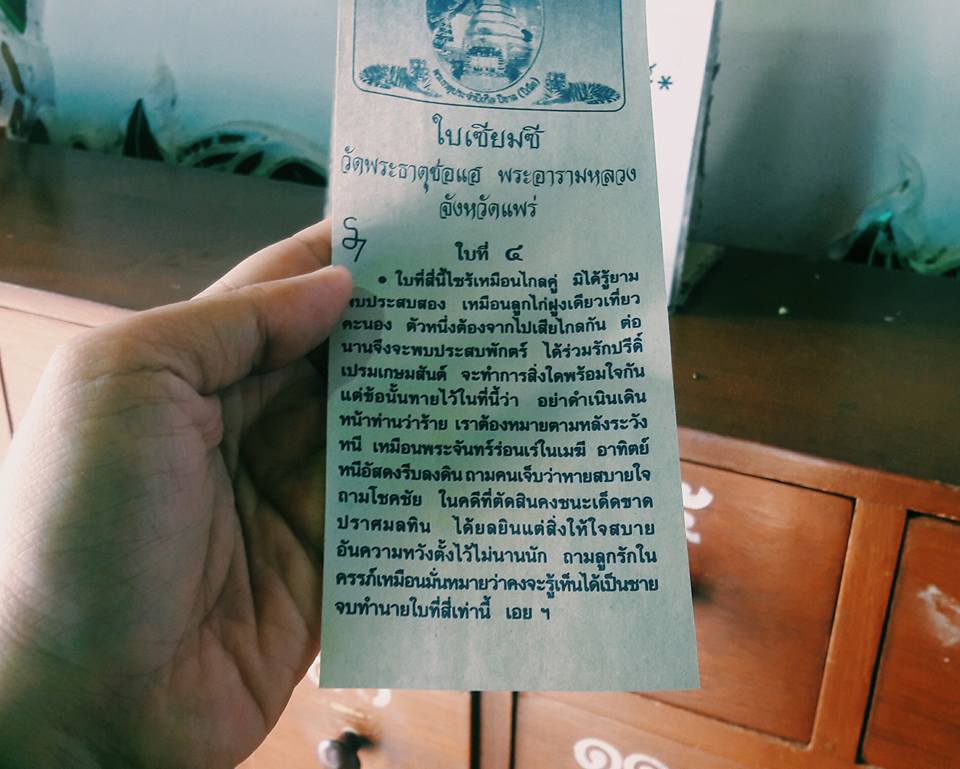
After that, I hurriedly drove back, forgetting that the Den Chai train station is located outside the city. I naively thought I could reach it within an hour, covering a distance of 20-30 kilometers. Initially, I assumed the road would be easy to navigate, but it turned out to be in poor condition due to the heavy traffic, especially trucks. On the way back, the sunset coincided with our return journey, causing the sun to glare directly into our eyes. This road requires utmost caution, but there's no need to worry about getting lost as there are clear signposts throughout the route. We arrived at the train station around 6 pm.
The customer was charged a significant amount for the motorbike rental. The employee did not inform the customer about the charges beforehand. The customer had previously confirmed that the motorbike could be returned anywhere in the province, but the employee later informed them that it could only be returned within the city. As a result, the customer was charged for travel and overtime fees. Additionally, the deposit was not refunded. The customer expressed their dissatisfaction, stating that it was the most expensive motorbike rental they had ever experienced.
The total cost is approximately 400 baht for round-trip train tickets (200 baht each way), 350 baht for accommodation, 120 baht for food (including a 10 baht discount from the father), 40 baht for a shared taxi into town, and 65 baht for a full tank of gas (the rental car requires a full tank upon return).
The motorcycle rental fee for 2 days is 250 baht per day, totaling 500 baht. The overtime fee for the staff is 50 baht per hour, for 2 hours, totaling 100 baht (staff finishes work at 5:00 PM). The travel cost to pick up the motorcycle with a pickup truck is 5 baht per kilometer, round trip 60 km (30 km each way), totaling another 300 baht. In summary, just for the vehicle and fuel, the total is 965 baht. I'm almost speechless. Next time, I'll think carefully and ask more questions. But if I ask and the staff doesn't provide complete information like this, it's not good. (Please allow me to complain a little, haha)
The total cost of this trip was around 1700-1800 baht, which is considered a reasonable price for a refreshing trip. The highlights included discovering new tourist attractions, encountering friendly and kind-hearted locals, and experiencing the remarkably fresh air. It was surprising to learn that Phrae has such clean air, reportedly ranking 7th in the country for ozone levels. It was also unexpected to find villages nestled in the mountains where life moves at a slower pace.
Contact number attached.
Huay Tham Homestay, Ban Na Tong, Phrae Province. Contact: 096-0094276 (Mr. Singkarn, owner), 091-8807204 (Ms. Wi, owner's eldest daughter), or 082-1901540 (Ms. Ni, owner's youngest daughter). Other phone numbers may not be reachable. The phone number that was successfully contacted belonged to Ms. Ni, who works in the city. She then called the landline at home. However, when asked for the landline number, the owner said he had changed it and forgotten the new number. He then provided his mobile phone number instead. As of early 2017, a True Corporation signal tower had been installed, ensuring reliable signal coverage. The homestay is typically busy on weekends, with visitors coming to enjoy the clear and refreshing water.
See you on the next trip! If you enjoy solo travel, let's connect on the "Traveling Solo" page.
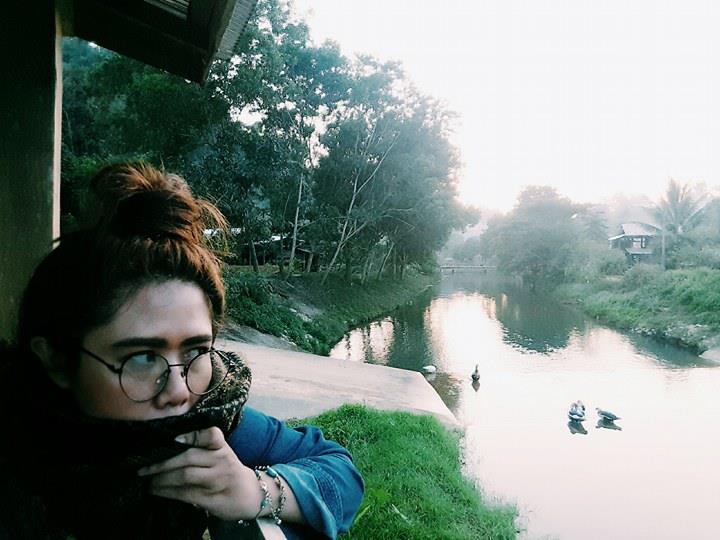
Boe_Stories
Friday, October 4, 2024 3:07 PM

